![]() Maison ESVE Backstage by shumovphoto
Maison ESVE Backstage by shumovphoto
Text:
L y u b o v M e l n i c k o w a
Thank you for taking time for an interview with us! We are happy to welcome you to PURPLE HAZE magazine. Before asking questions about the brand, I would like to learn more about the designer and founder of the brand Maison Esve.
Tell a little about yourself. How did your creative path begin and why did you decide to become a fashion designer?
Good afternoon. My first education had nothing to do with fashion, it was faculty of law. I studied law and danced in the team of the famous pop artist Jeanne Friske, where my conscious interest in fashion and design arose. At that moment I started creating costumes for working on stage and after completing my path in show business (25 years) I went to get an education in the specialty „design“ – at first it was a Textile University named after him.Kosygina, then I continued my studies at BHSAD (on the British course) is a branch of Hertfordshire University.
![]() Maison ESVE Backstage by Olga Shirokova @redangel_vendetta
Maison ESVE Backstage by Olga Shirokova @redangel_vendetta
What does fashion mean in your understanding?
For me, fashion is creativity within the purchasing power of your client. If goods are very creative, but not sold, I call it art. People need to understand and wear fashion.
As a rule, a clothing brand is a large team that takes part in the creation of collections. How many people are in the brand team and what are the
responsibilities of the chief designer?
The idea of my brand was to combine talents and unlock the potential of each of the team members. Hence the first part of the brand name „Maison“ – which means „fashion house“. Our team consists of 7 very creative people, whom I, as the head of this fashion house, inspire to be creative and implement my ideas. I believe in every person who is with me, and I am grateful for their professionalism. I love experiments and mistakes, because I see in them a design path that cannot be drawn or thought out in advance.
![]() Maison ESVE Backstage by @lizamedvedeva
Maison ESVE Backstage by @lizamedvedeva
![]() Maison ESVE Backstage by @lizamedvedeva
Maison ESVE Backstage by @lizamedvedeva
![]() Maison ESVE Backstage by @lizamedvedeva
Maison ESVE Backstage by @lizamedvedeva
How would you describe the brand’s style?
Maison ESVE is focused on creating intelligent collections with a large share of handmade. All designs start with a concept and are thought out to the smallest detail. It is always a style unlike anyone else and a clear recognition thanks to details – jewelry processing, hanging beads, connection of cut, layering, delicate fabrics, loose fit, tactility of selected materials, carabiner fasteners and ribbon ties. We always have a complex technology production of products, therefore, it is very difficult to repeat our design. Zippers and buttons are practically not found in collections. A lot of boudoir and negligee aesthetics. I love transparency. There is also a line of dresses-combinations that can always be purchased under an upper dress or worn by themselves.
Now many brands are for environmental friendliness and recycling. What materials does the Maison Esve brand use? Are you planning to create collections from recycled materials?
We are thinking about environmental friendliness, but we do not use recycled materials yet. We adhere to the principle of “reasonable consumption“ and „reasonable design“. What it means: we use fabrics from previous collections, changing the design and processing methods so as not to buy a lot of new fabrics with large leftovers from previous collections.
Also, knowing the width of the fabric and the footage, there is always a design miscalculation first, which product can be invented so that there are minimal attacks.
We use small pieces of fabric to make bags. Thus, we try to minimize the “garbage” after the creative process.
![]() Maison ESVE Backstage by shumovphoto
Maison ESVE Backstage by shumovphoto
On June 21, the Forte collection was shown as part of the Moscow Fashion Week. Tell us more about this collection. What inspired you to create it?
The new FORTE collection is a synthesis of the aesthetics of the ancient Maya civilization and recognizable features of the brand that have become the hallmark of Maison ESVE.
The standards of beauty among the tribal inhabitants were as extreme as possible. It is believed that Maya is a beauty that requires maximum sacrifice.
Therefore, the name of the collection ‘FORTE’, first of all, means – ‘in full force‘. The collection is very rich, but within the aesthetics of the brand.
And the girl in the new collection fascinates with the desire to know her inner world, creating an image of a bright and luxurious conqueror of a new civilization.
It was the mathematical foundations of the knowledge of the world of the inhabitants of the Yucatan Peninsula that inspired the creation of designs. Most of the products are built in a mock-up way with precise calculations of proportions, the number of layers, the level of the percentage of assembly, the geometry of the connection of the drawing.
![]() Maison ESVE Backstage by @lizamedvedeva
Maison ESVE Backstage by @lizamedvedeva
![]() Maison ESVE Backstage by @lizamedvedeva
Maison ESVE Backstage by @lizamedvedeva
![]() Maison ESVE Backstage by @lizamedvedeva
Maison ESVE Backstage by @lizamedvedeva
A minimalistic cut resembling simple pieces of cloth with slits for the hands and head, as well as a traditional loincloth in the form of a palm-wide strip of fabric, which was wrapped around the body several times or placed in thick assemblies, are presented in the collection in many products and are made of thin delicate fabrics characteristic of the brand.
Long capes, ankle-length skirts and combination dresses, starting above the chest and leaving the shoulders open, abundantly decorated with fringe, embroidered with small lace patterns or beads. The sequins and hanging beads presented in the collection resemble discs made of shells and coins that tribal women attached to the edges of their clothes so that they tinkled melodiously when walking.
The layering in the brand’s collection corresponds to the status of the image.
Among the Maya, only noble people could afford to add a long ‘shirt’ and a second loincloth, similar to a full skirt, over the garment.
By color, the collection in the show is presented on the contrast of combinations denoting three periods of the existence of the Maya civilization.
There are a total of 33 outputs of 11 bows for each period.
Who is the Maison Esve brand for? Can you describe its target audience?
First of all, the heroine of ESVE is a self-confident intellectual. She knows how to present herself, she doesn’t hesitate in front of the camera, she knows how to impress. Her steps are soft and her breathing is light, she make a wish by blowing an eyelash off the tip of her finger, she intrigues and provokes a little and always likes to be the center of attention. She will always have a reason to show the brand’s products.
She is always very sophisticated, and revealing clothes emphasize not sexuality, but the fragility of her sensual nature.
Maison Esve is a well-known brand in Russia. Would you like the brand to exist on the world market in the future?
Of course, we strive for this. Let it in small steps, but with great dignity and pride for all that we do.
![]() Maison ESVE Backstage by shumovphoto
Maison ESVE Backstage by shumovphoto
How would you describe today’s fashion and what feelings does evoke in you?
Fashion is as contradictory as ever. There are always inspiring moments and upsetting ones. I’m glad to be a part of this madness)
Brand website maisonesve-shop.com

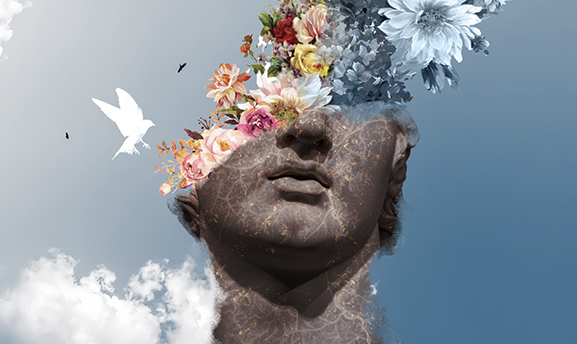
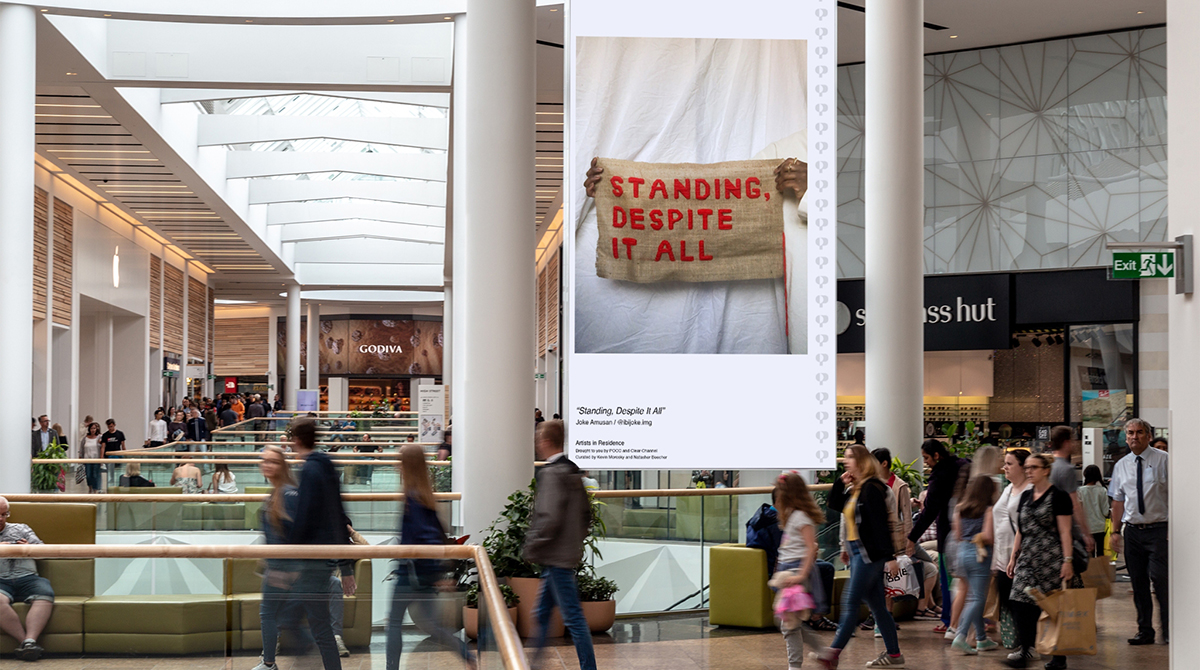
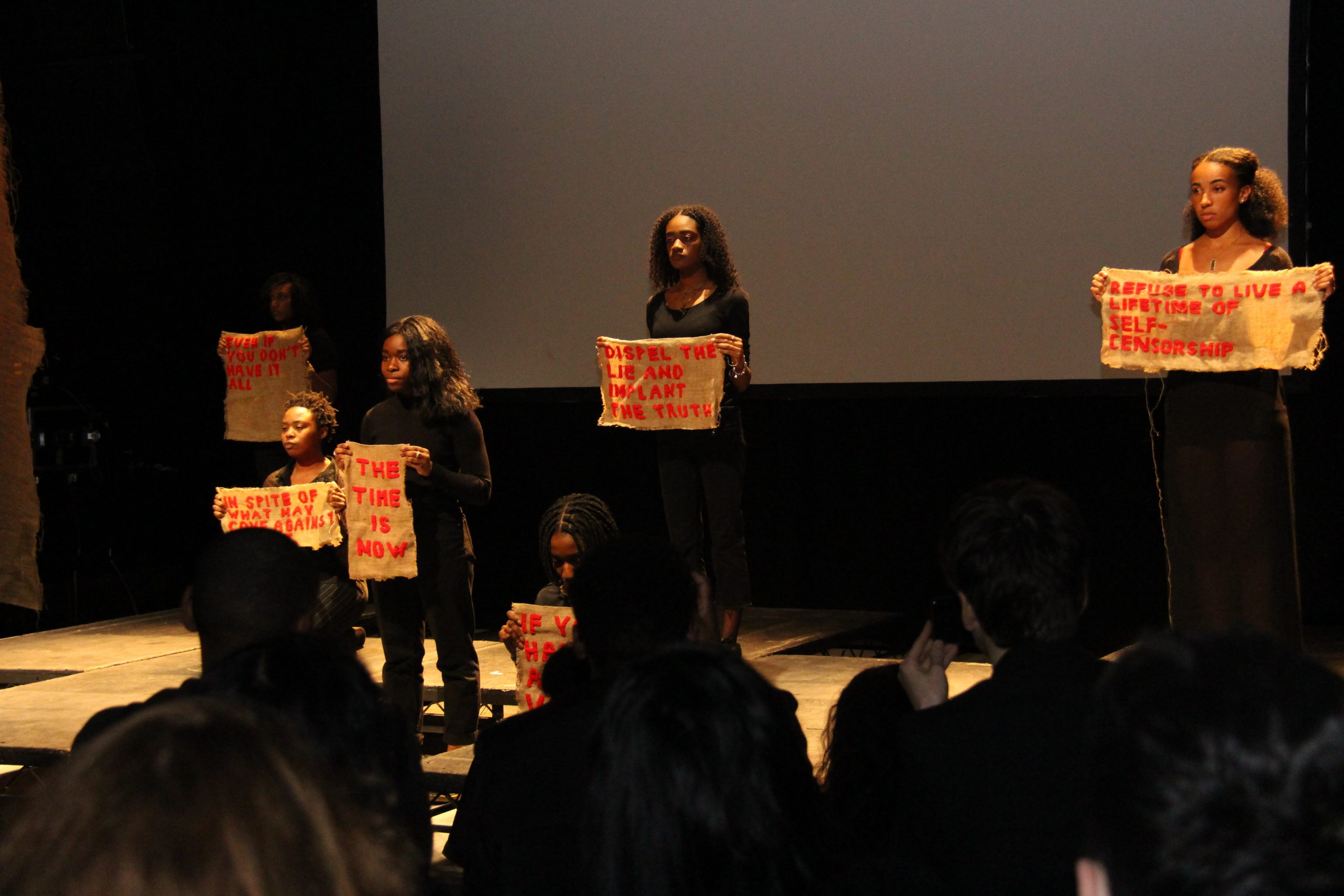

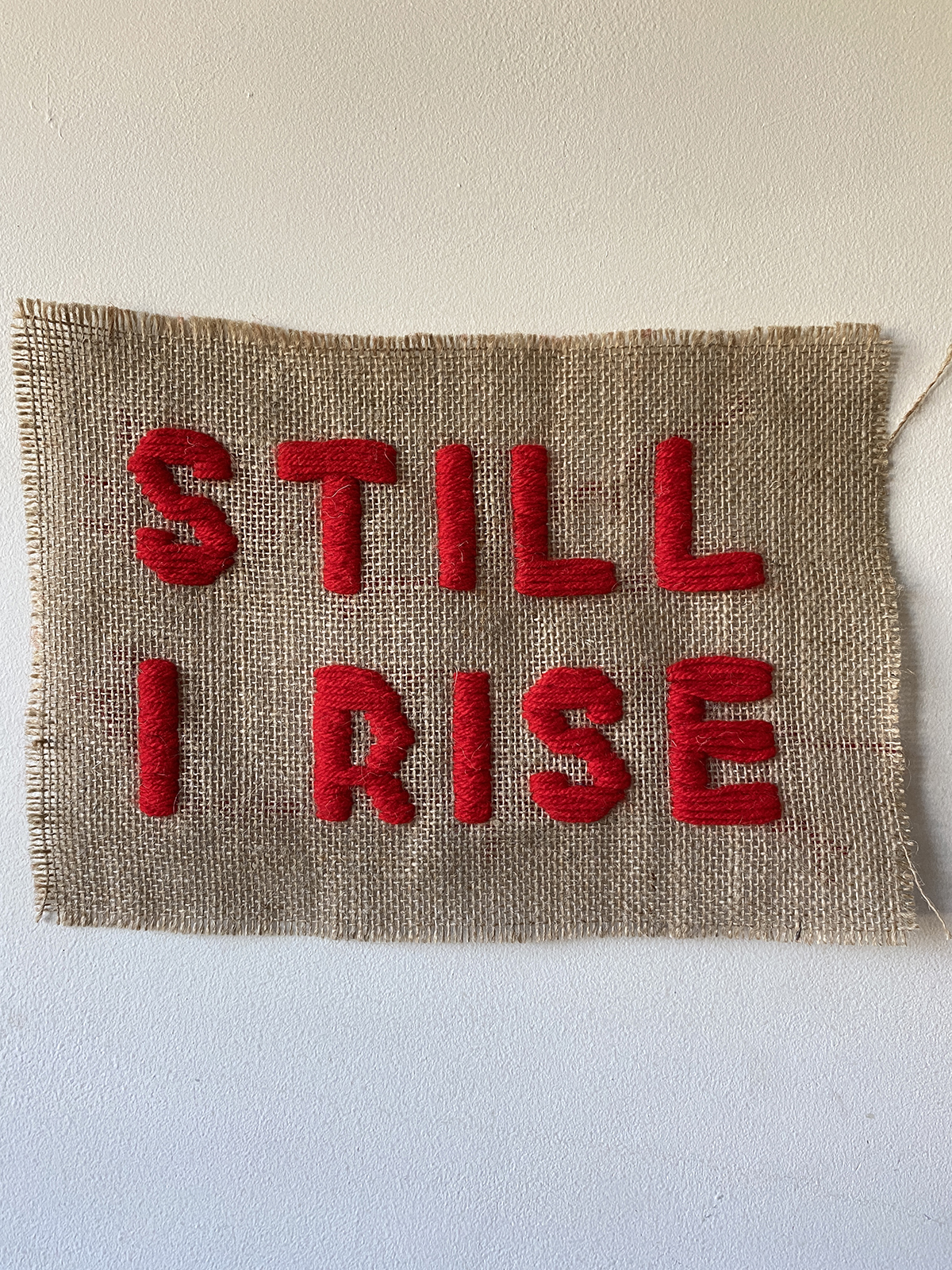
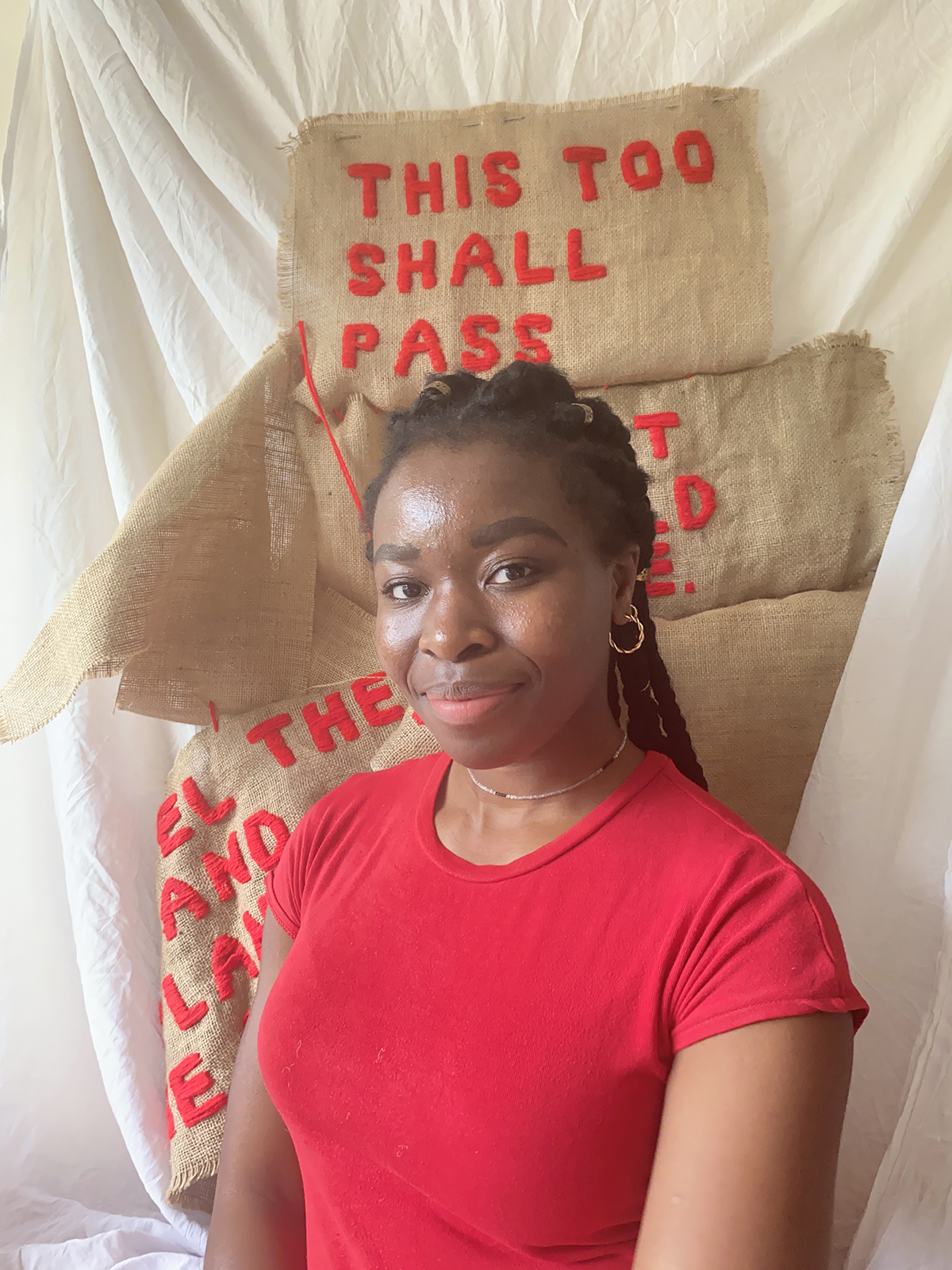
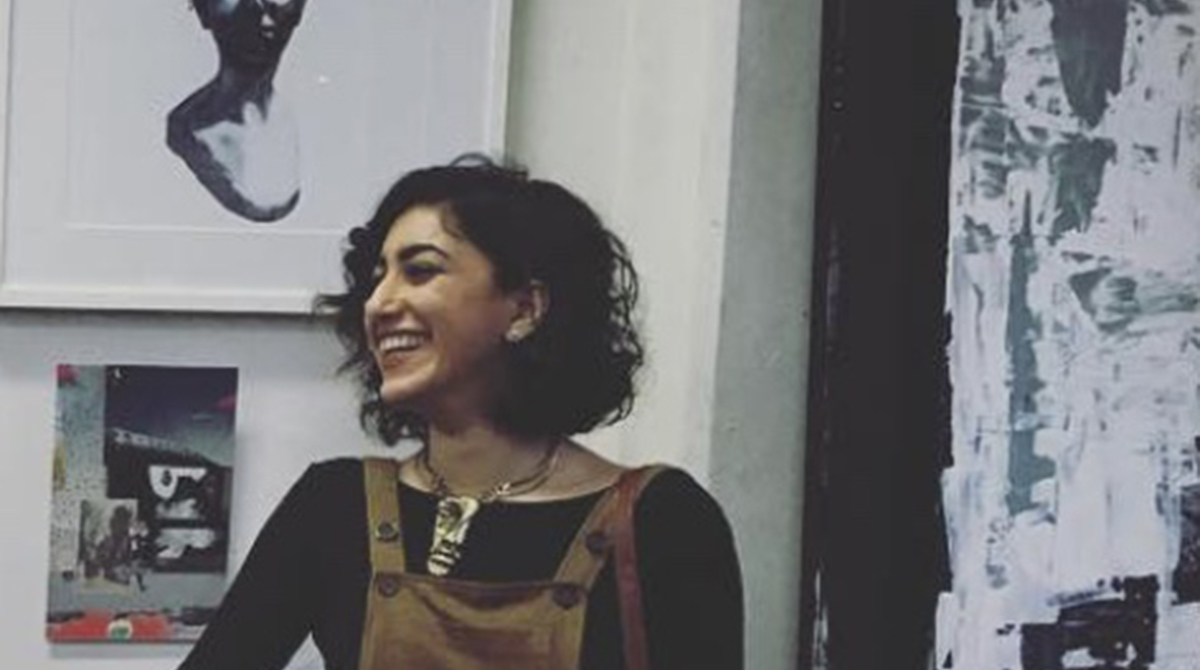
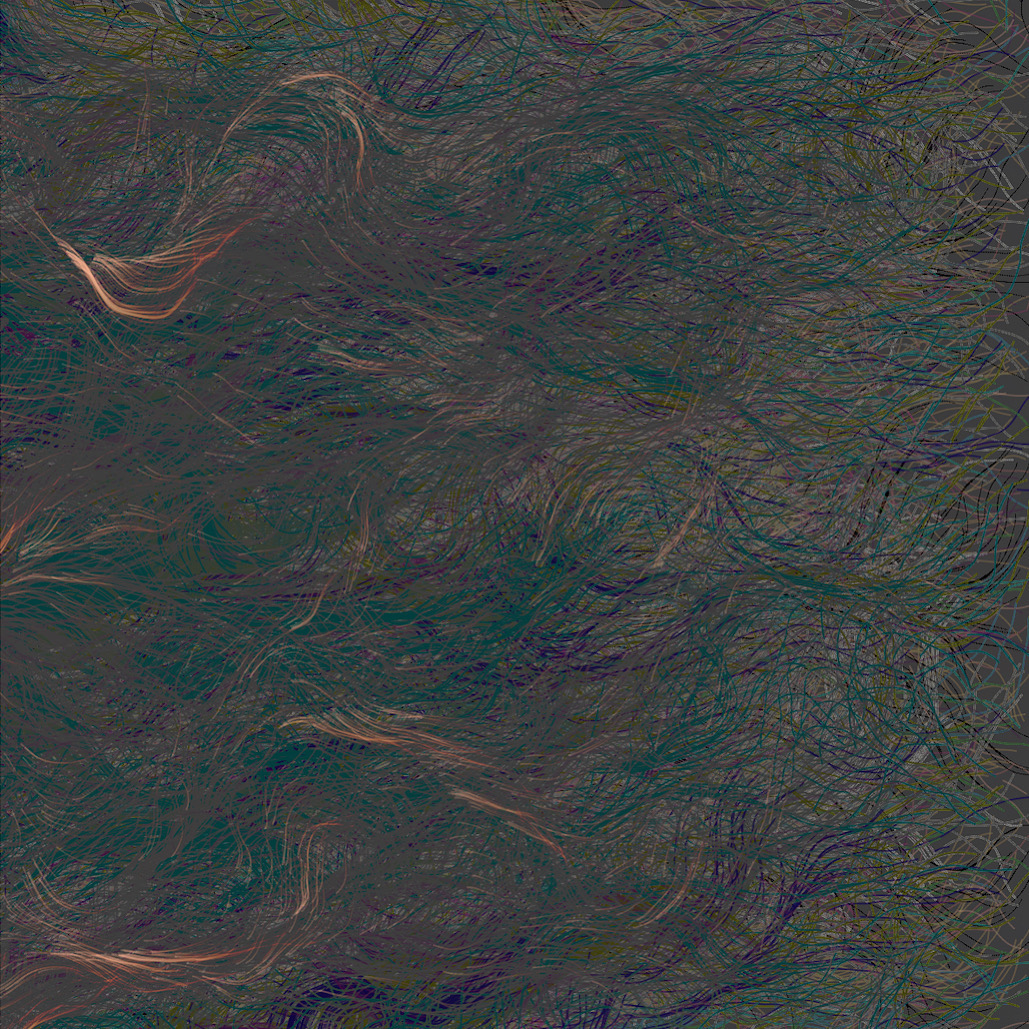
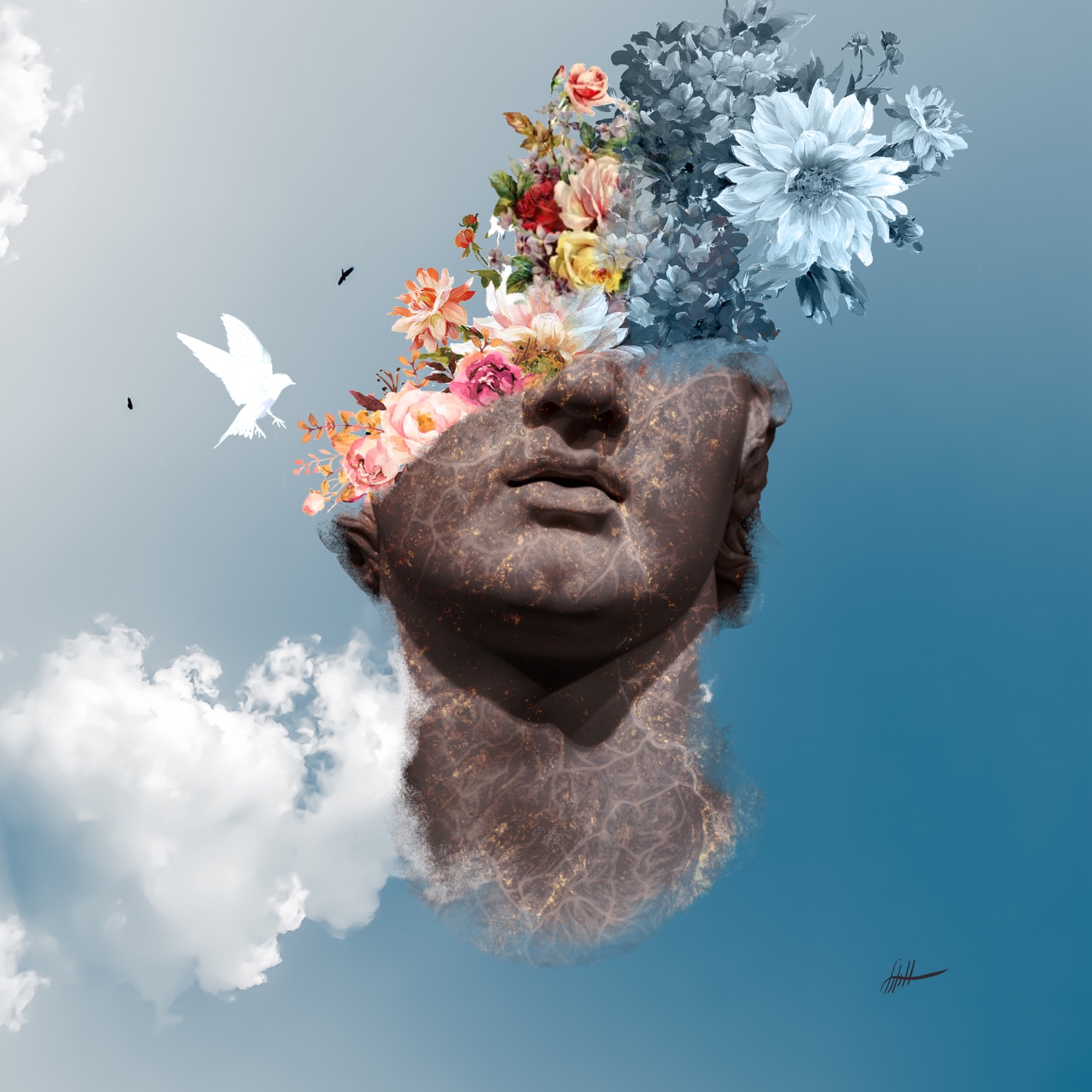
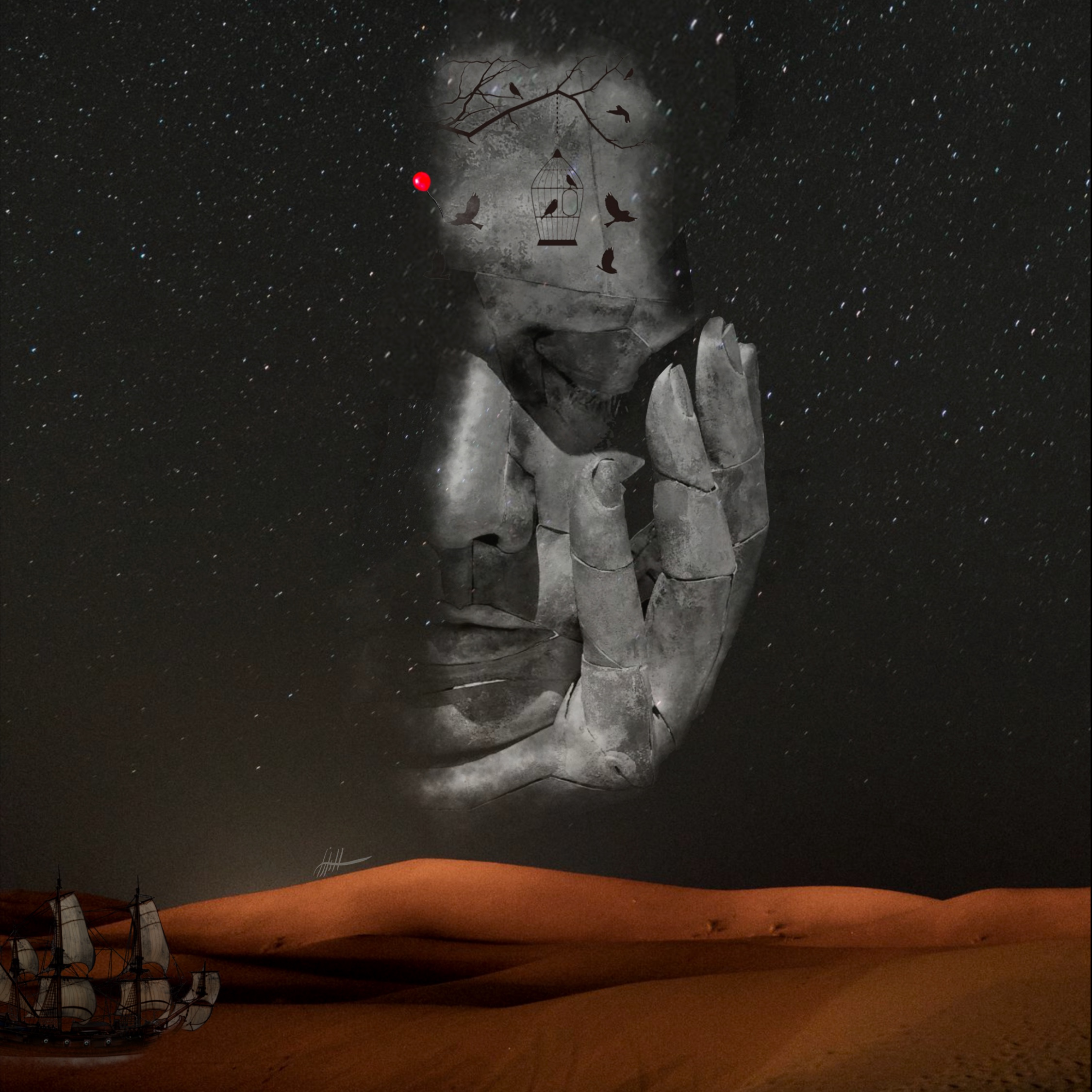
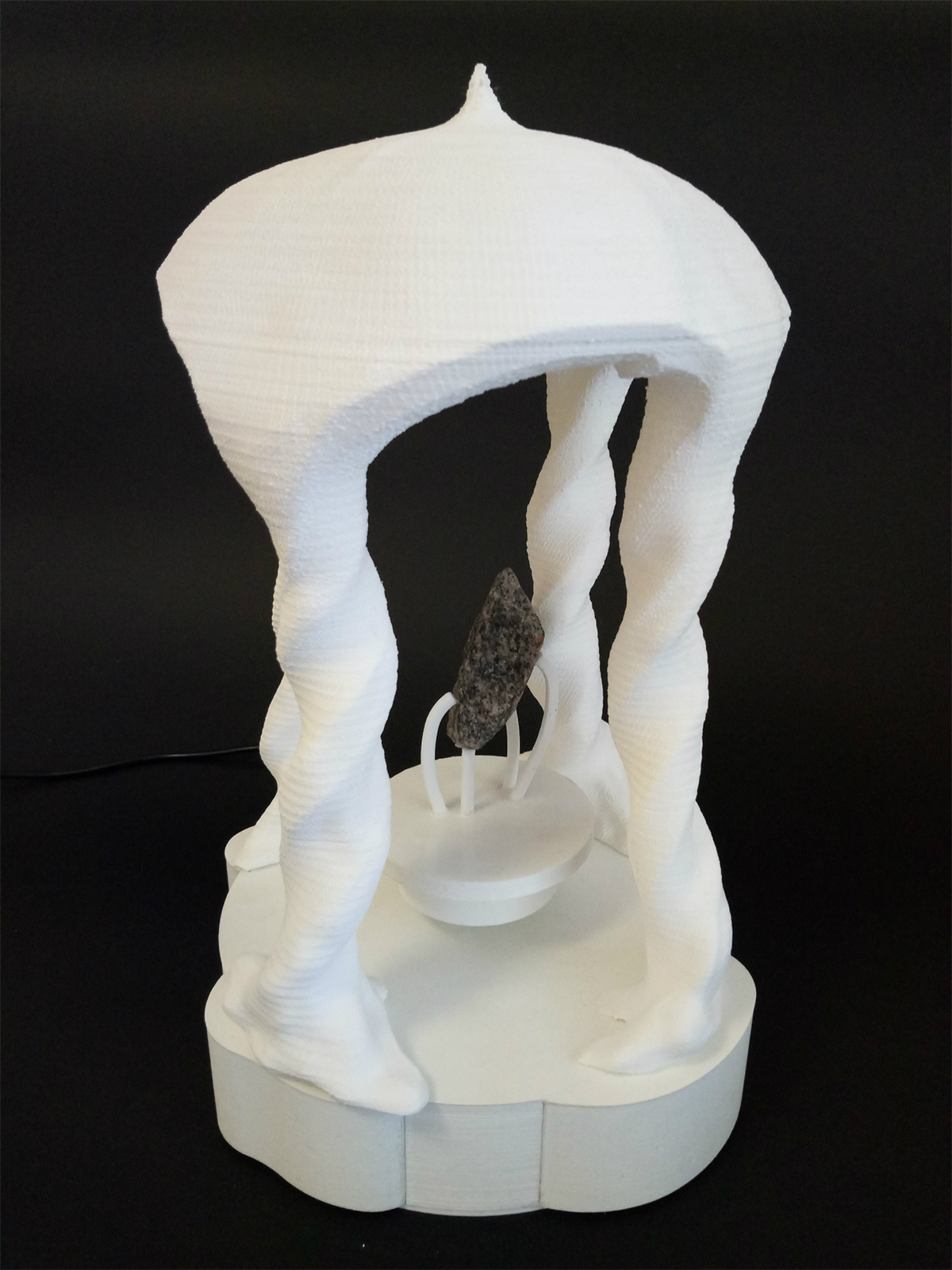
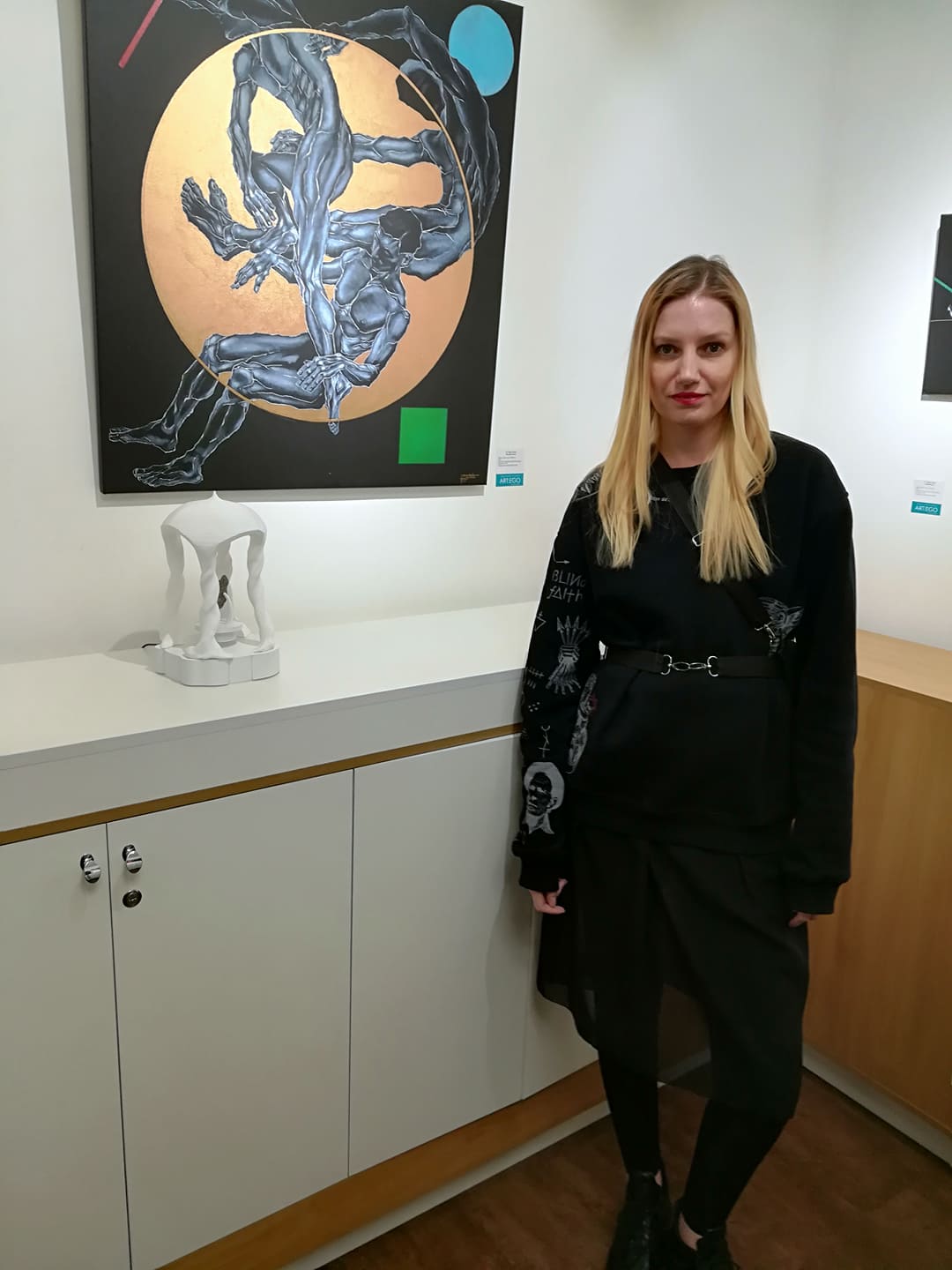
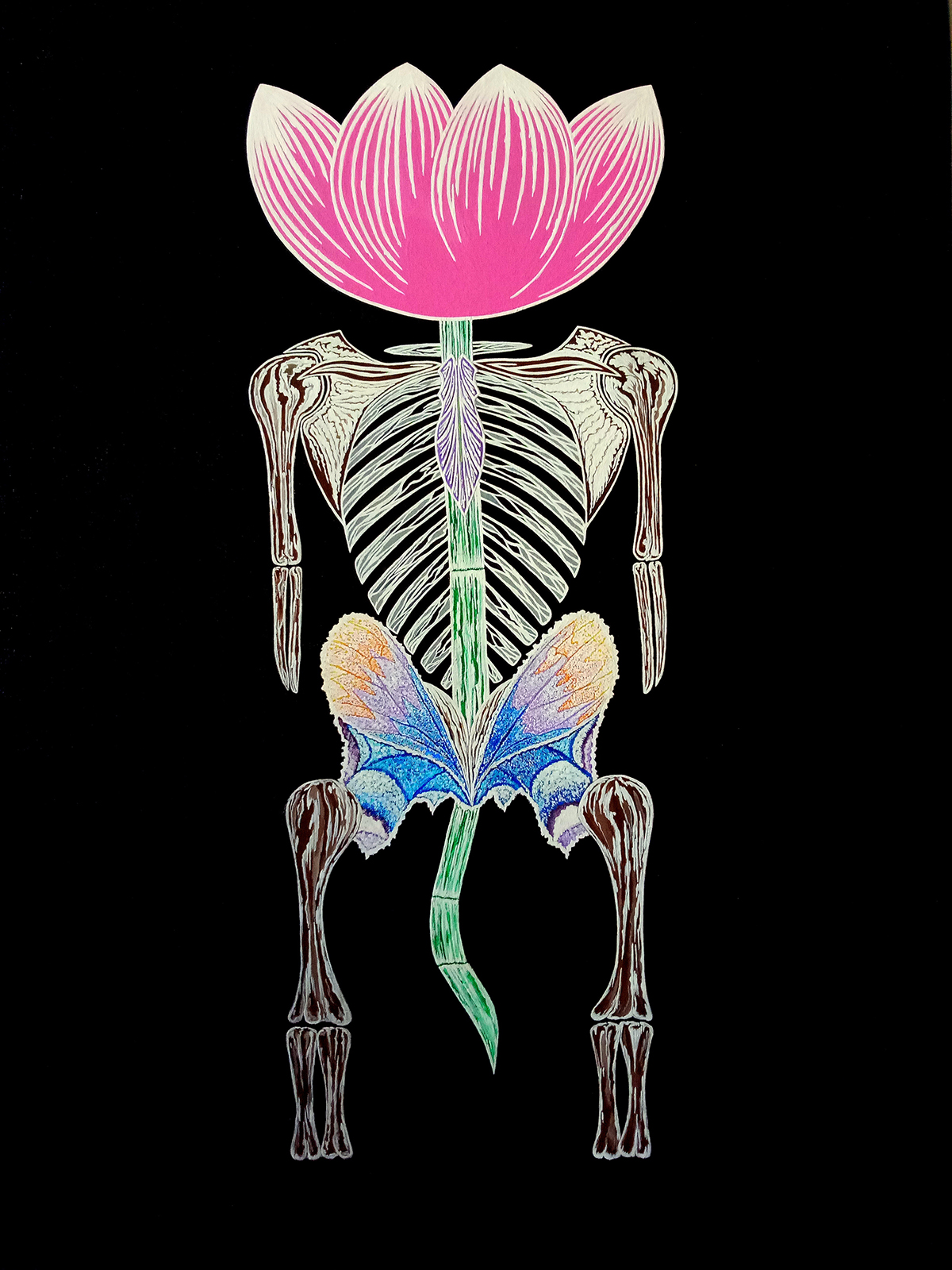
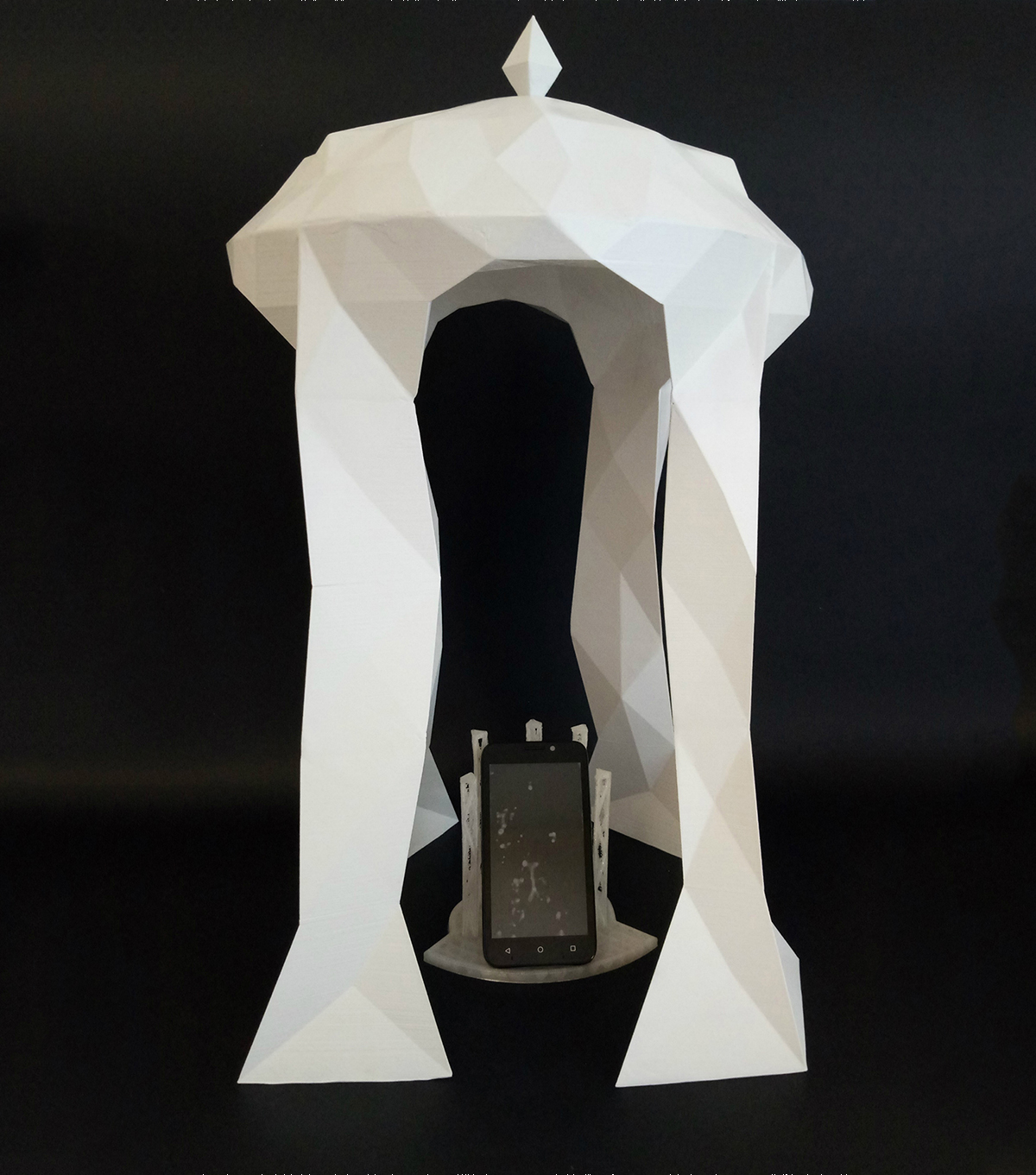
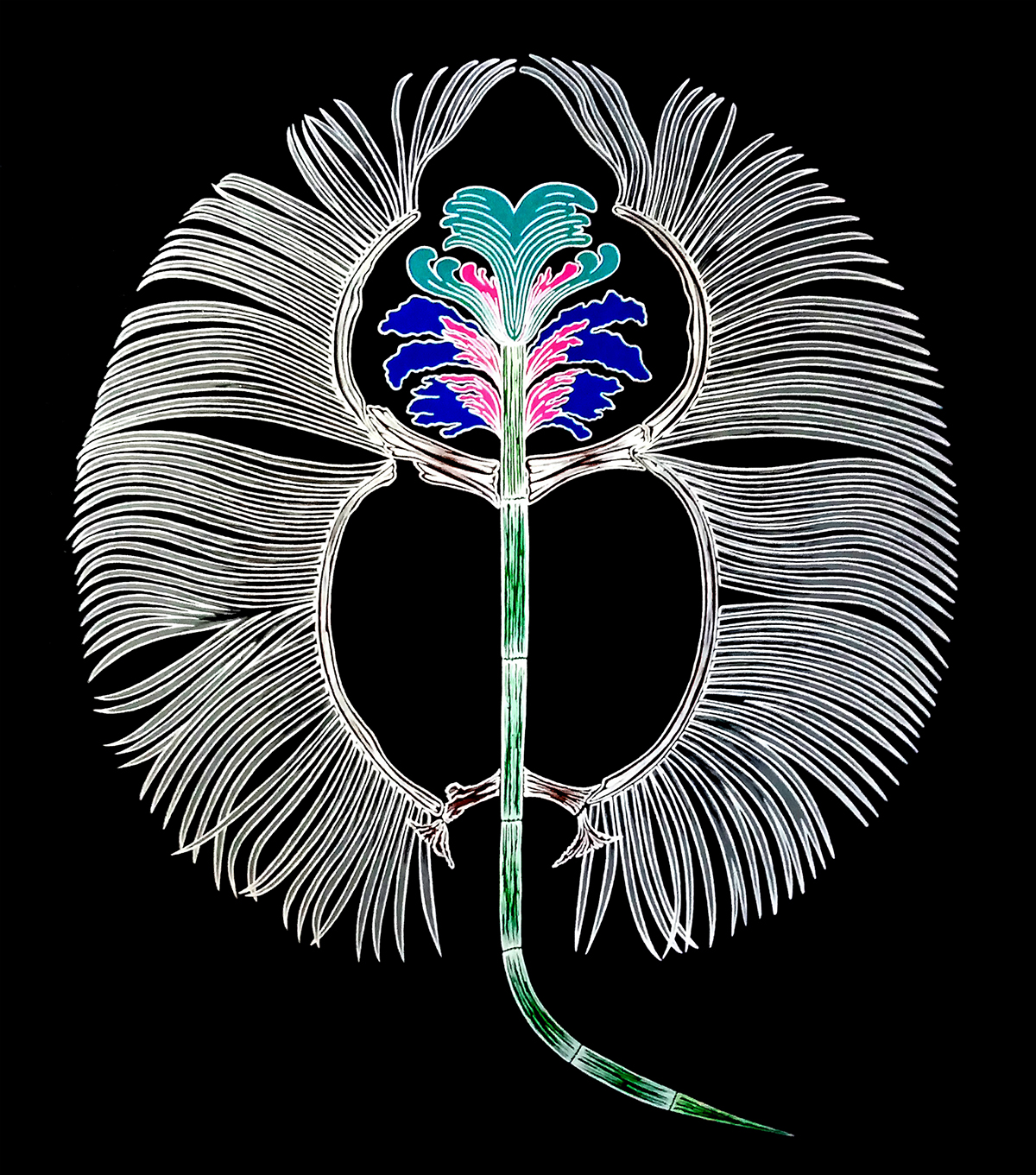
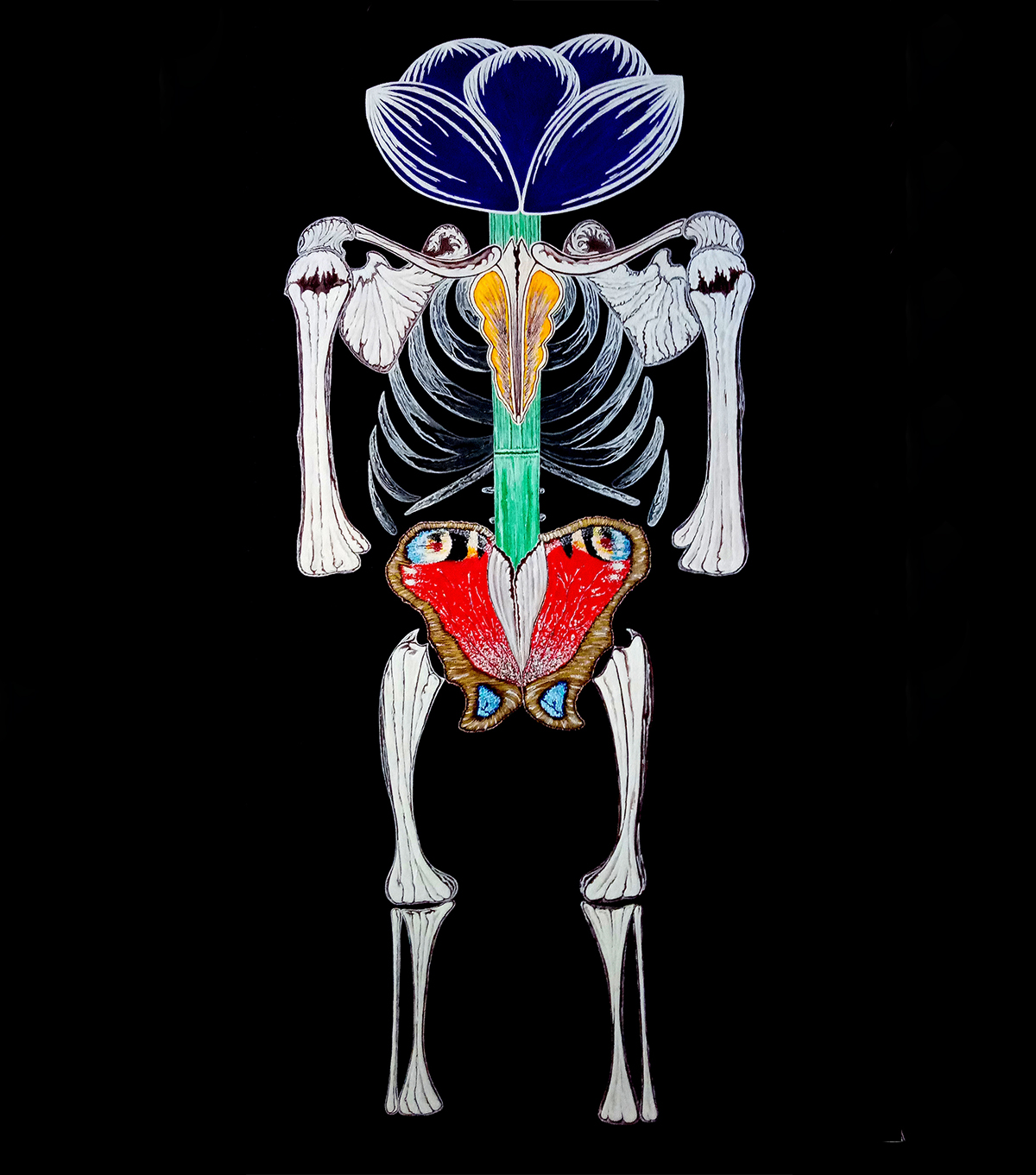
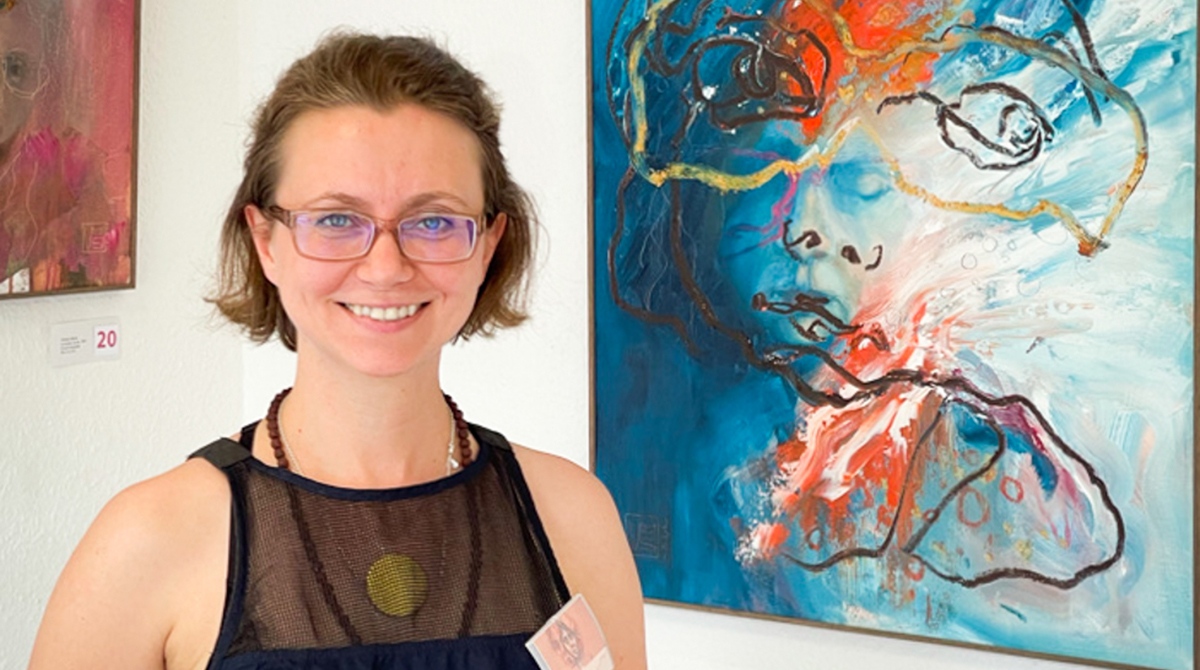
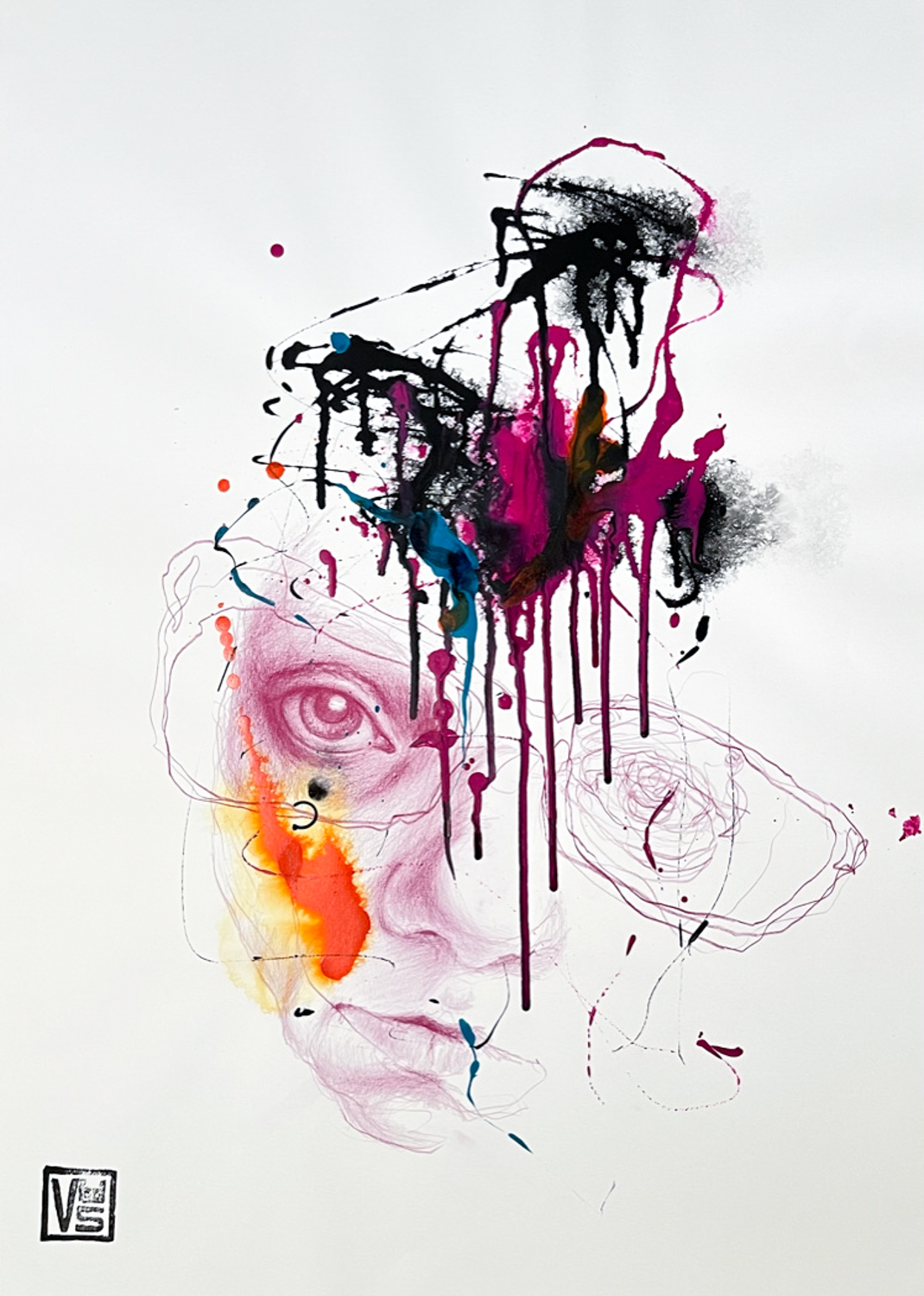
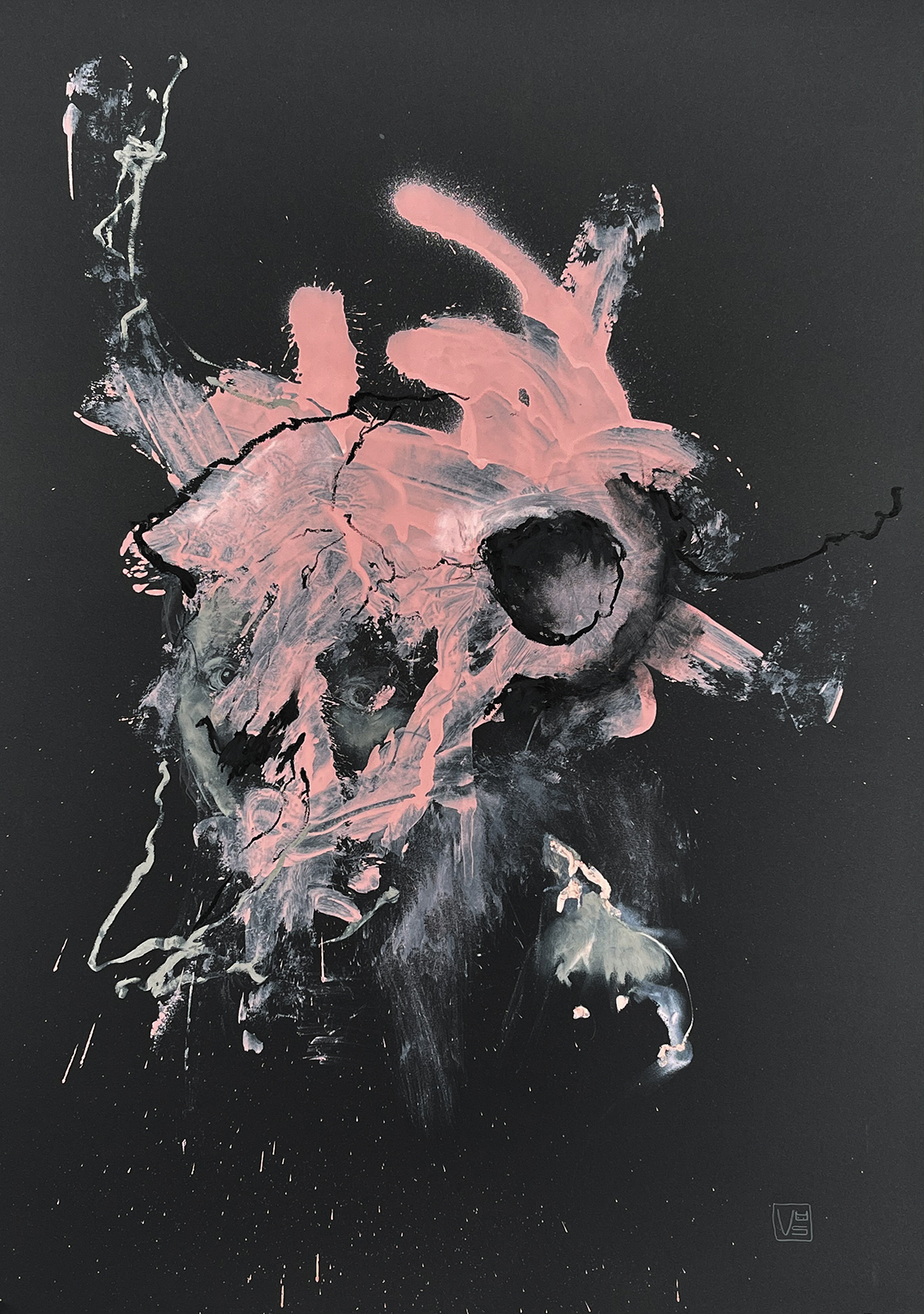
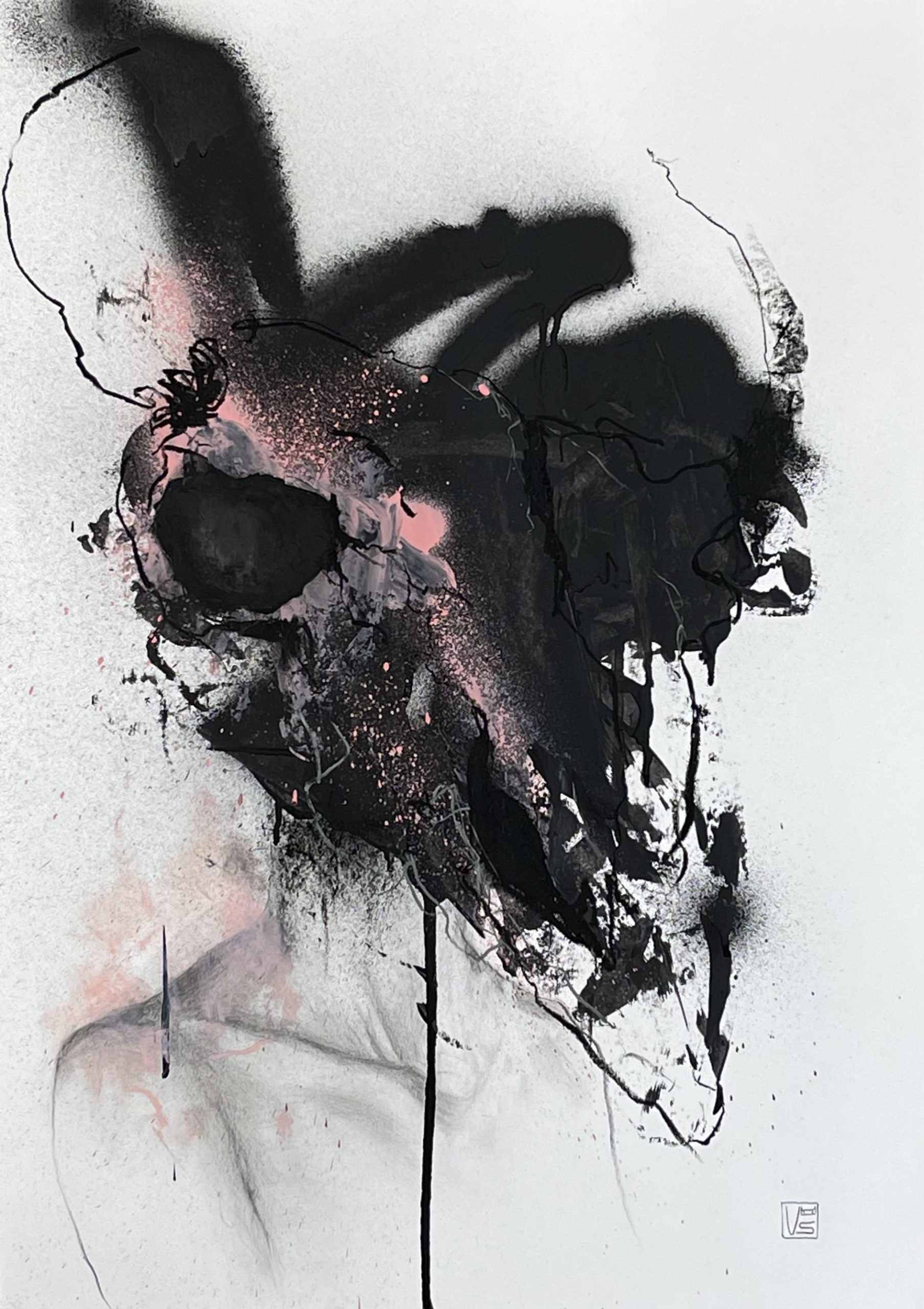
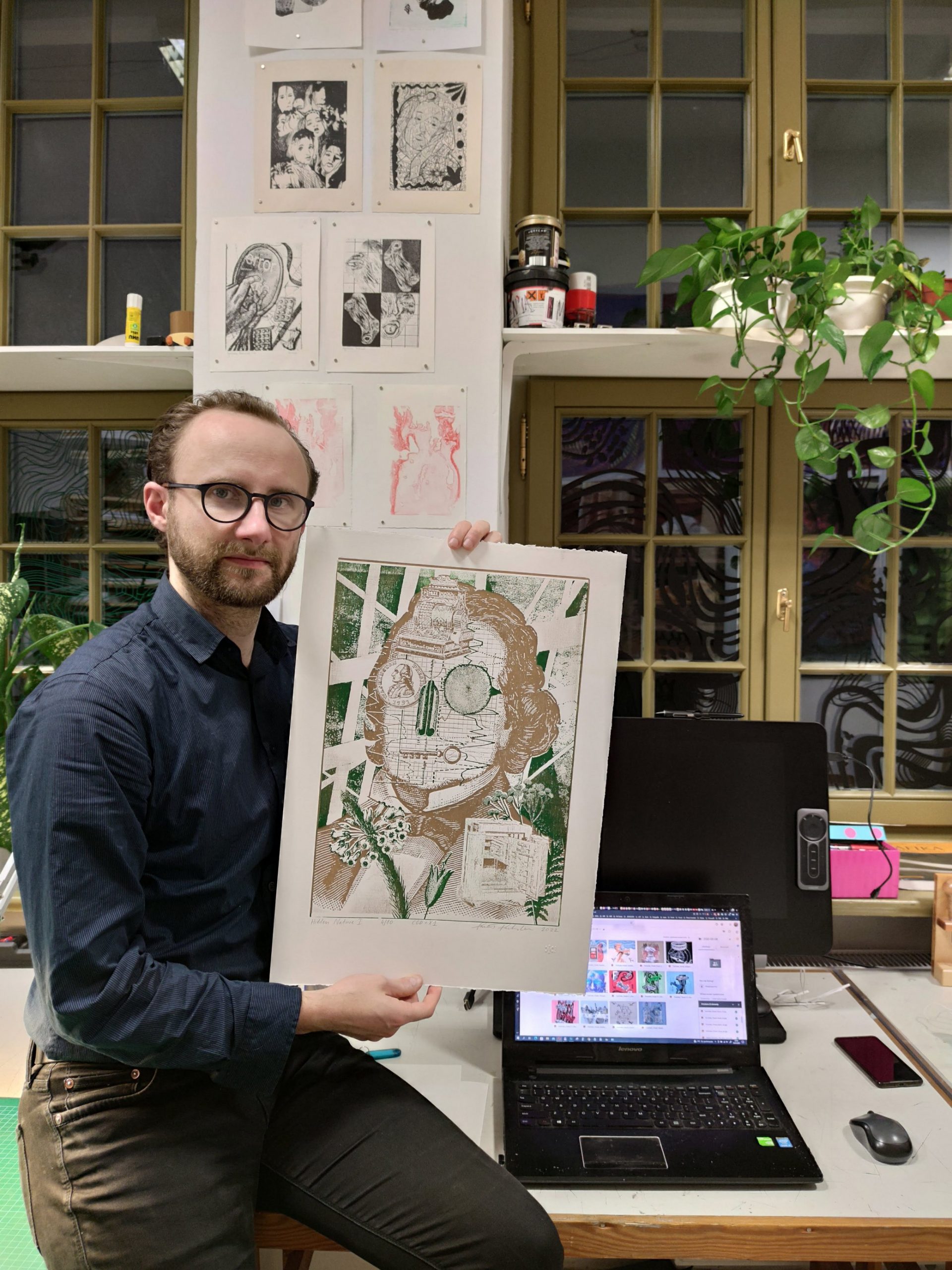
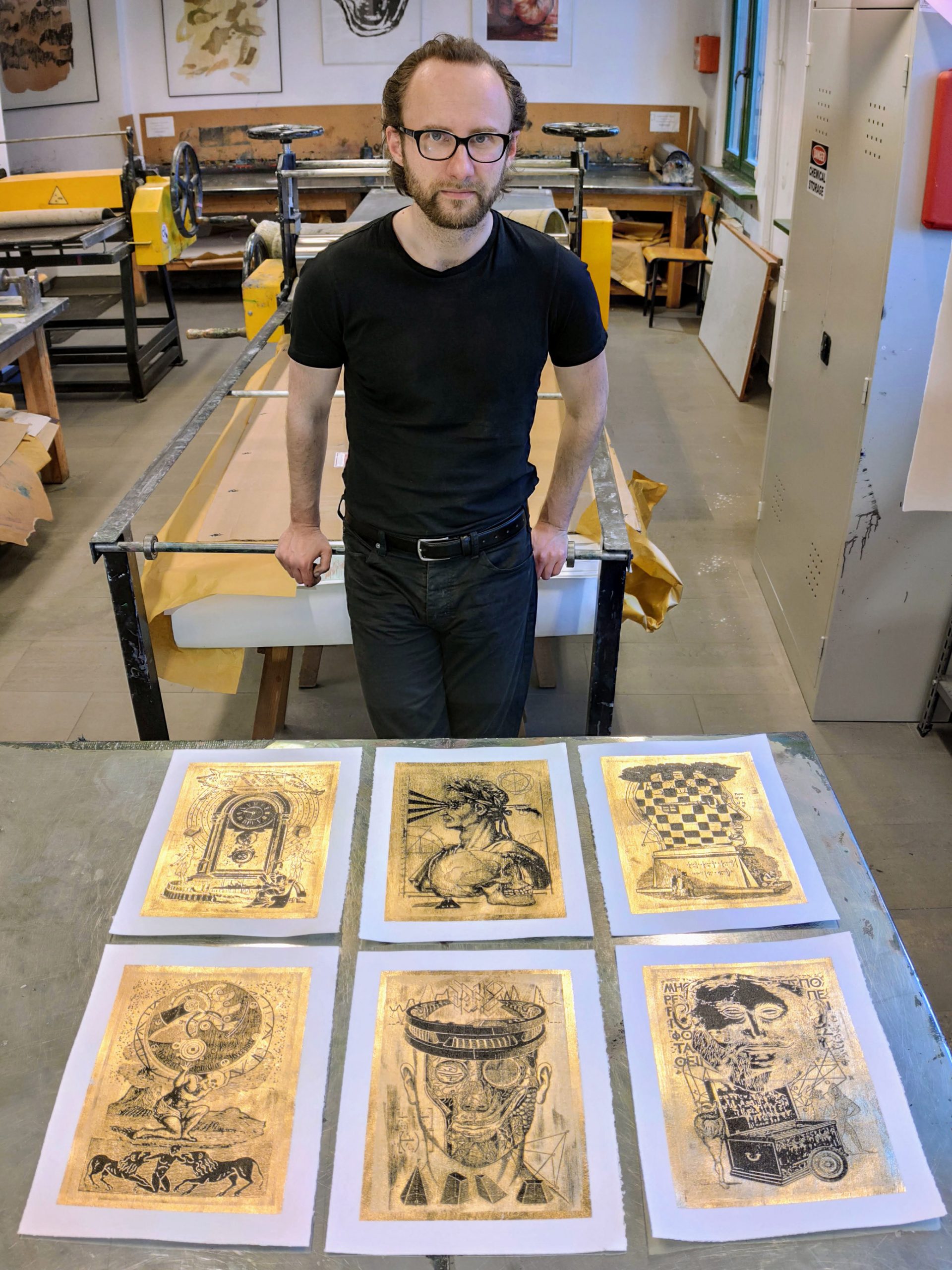
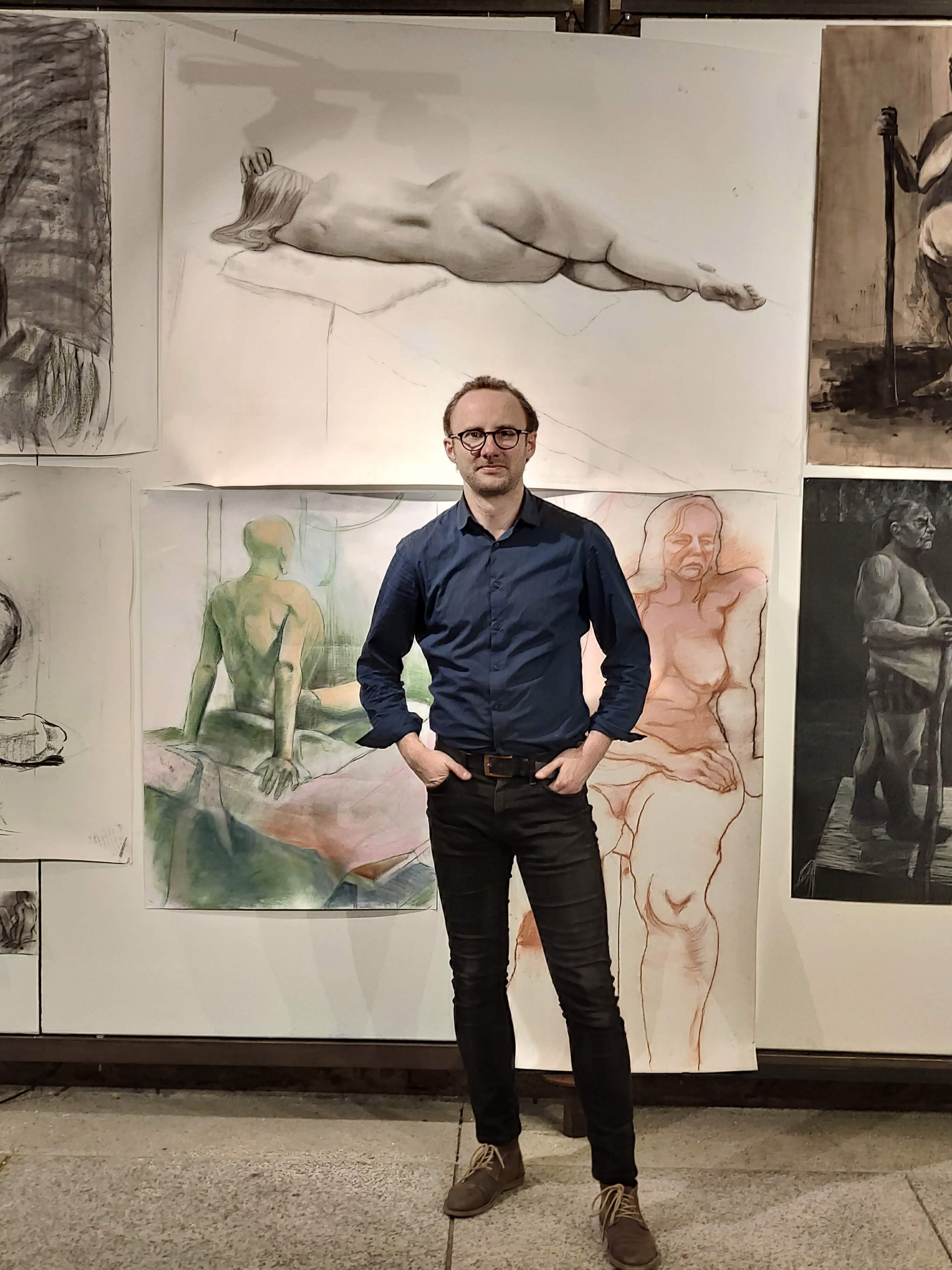
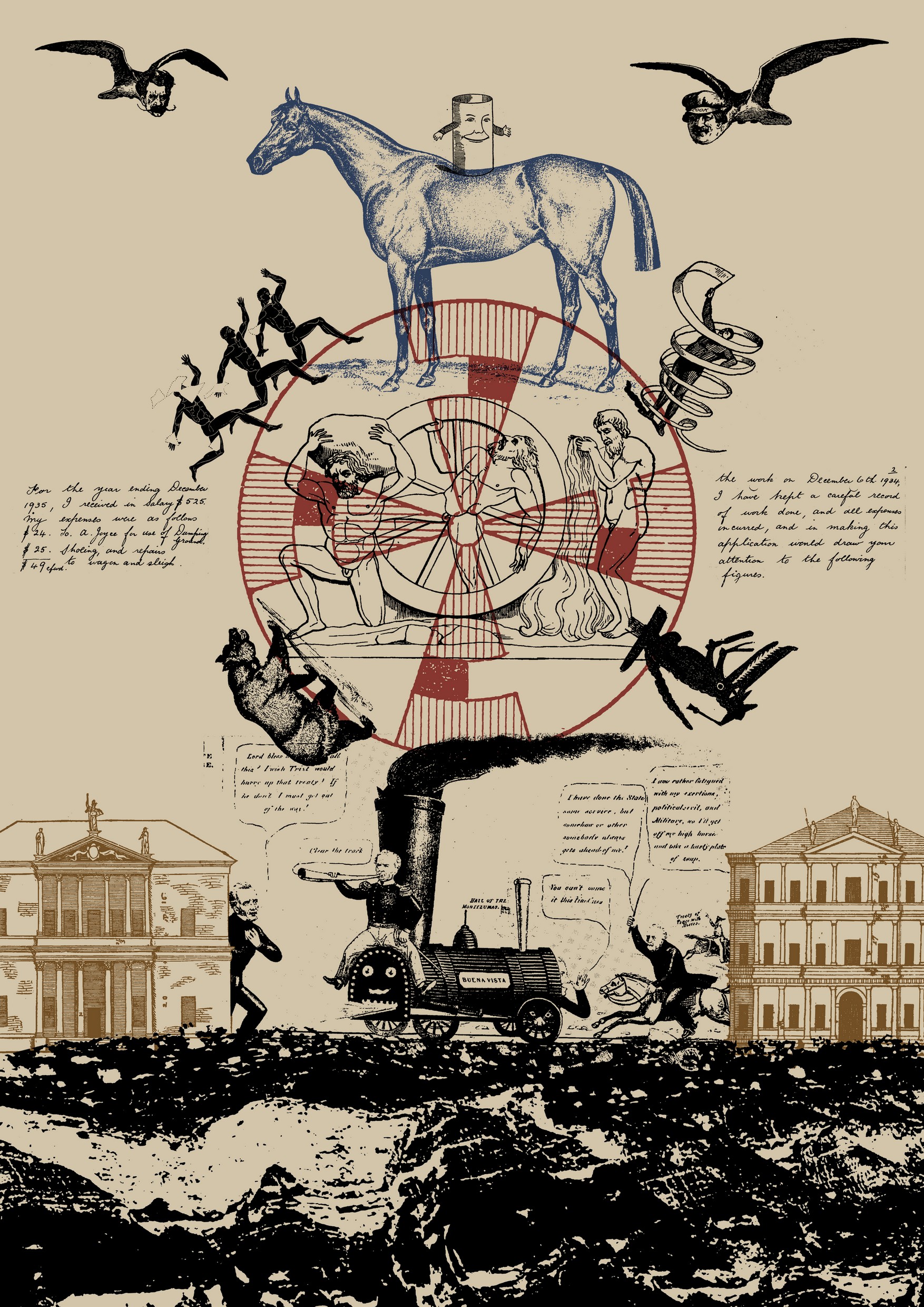
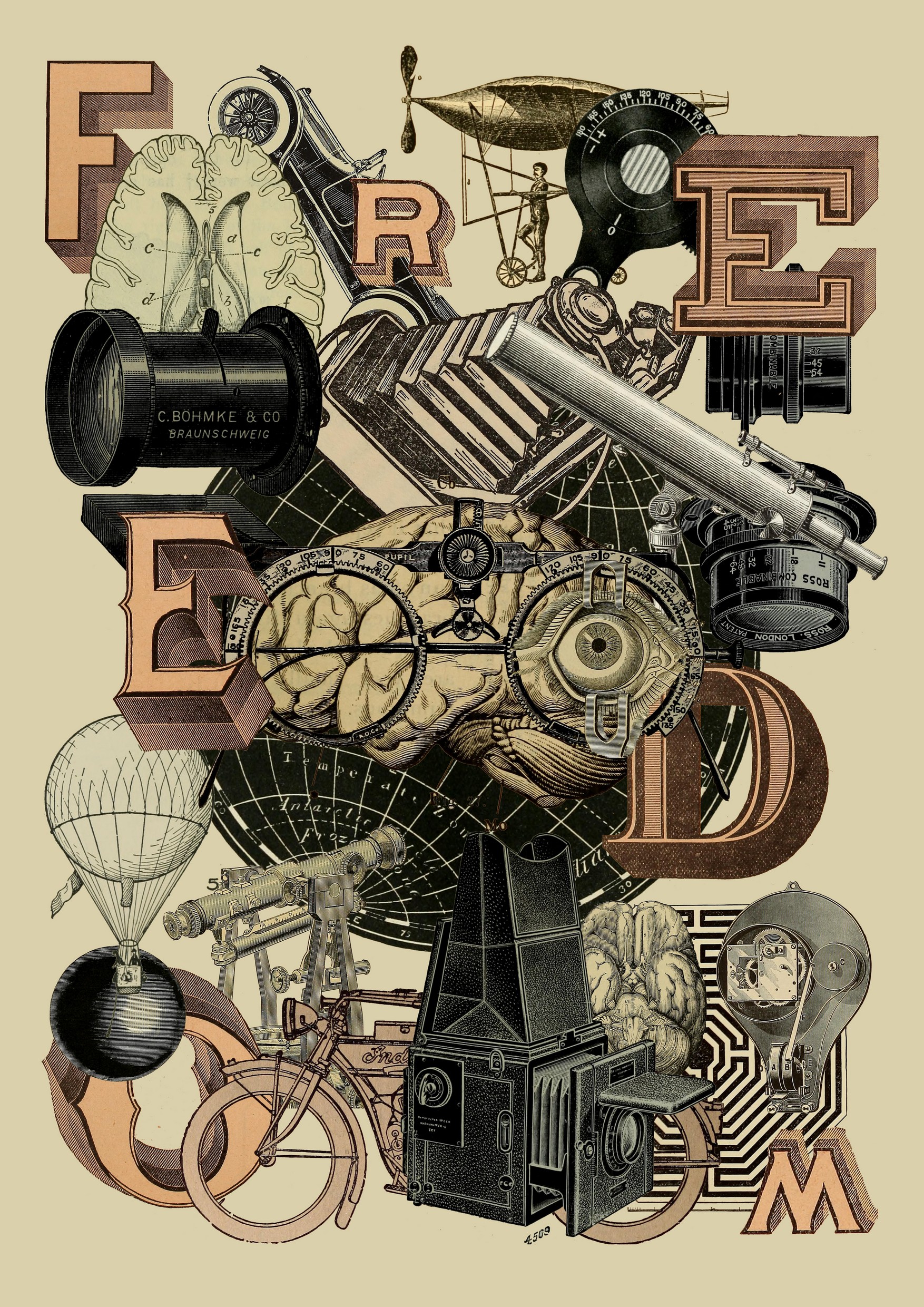
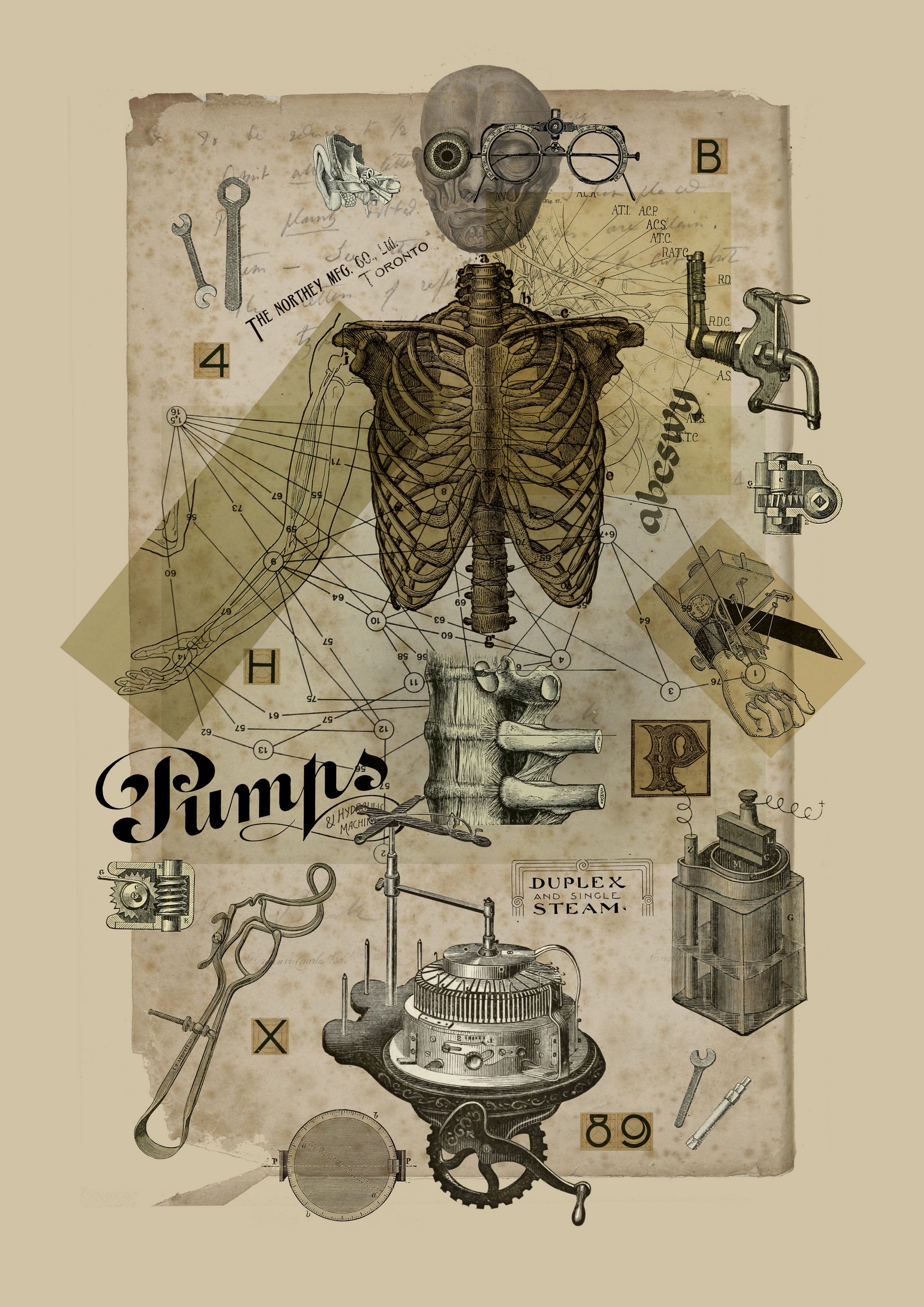



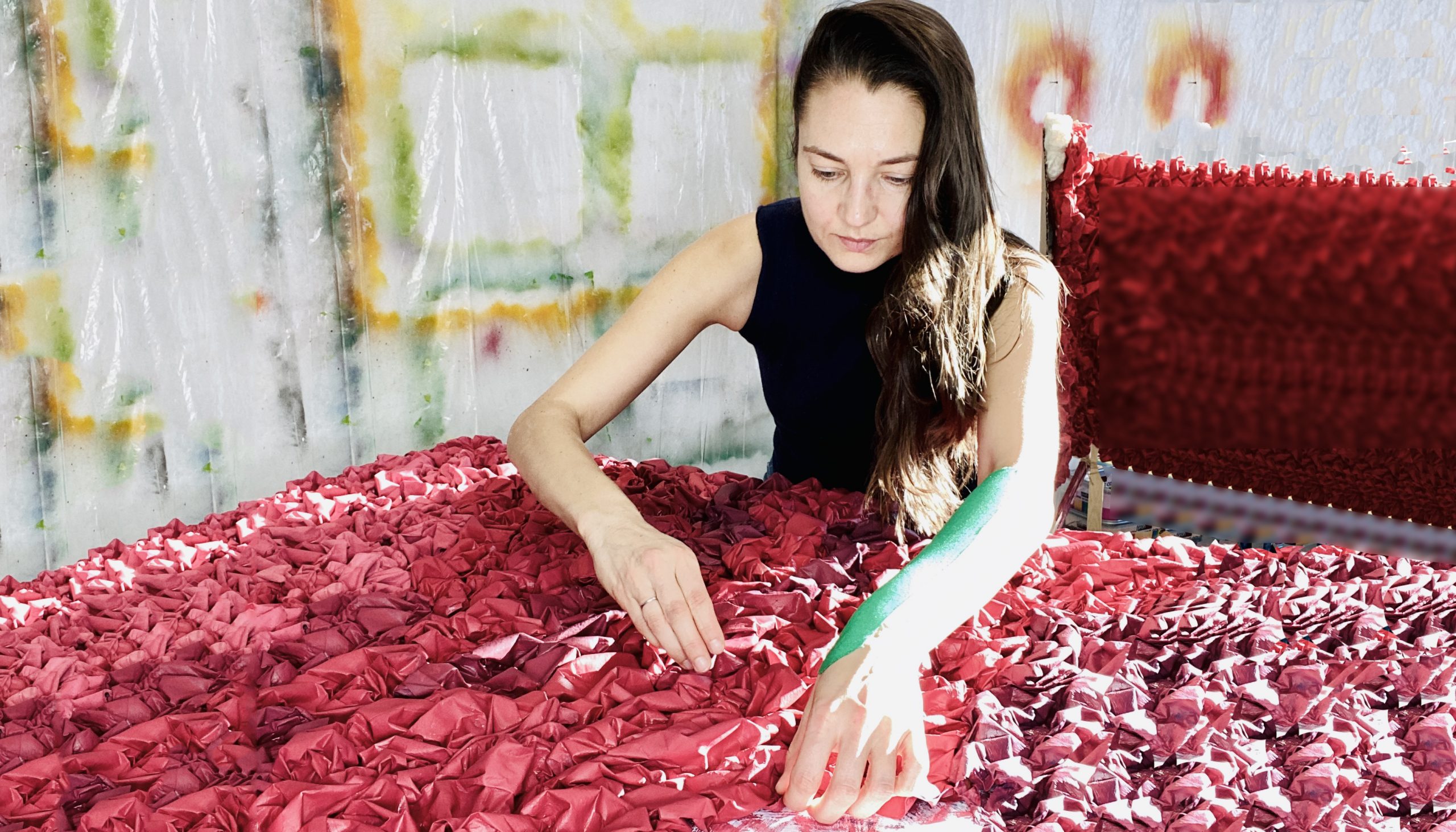
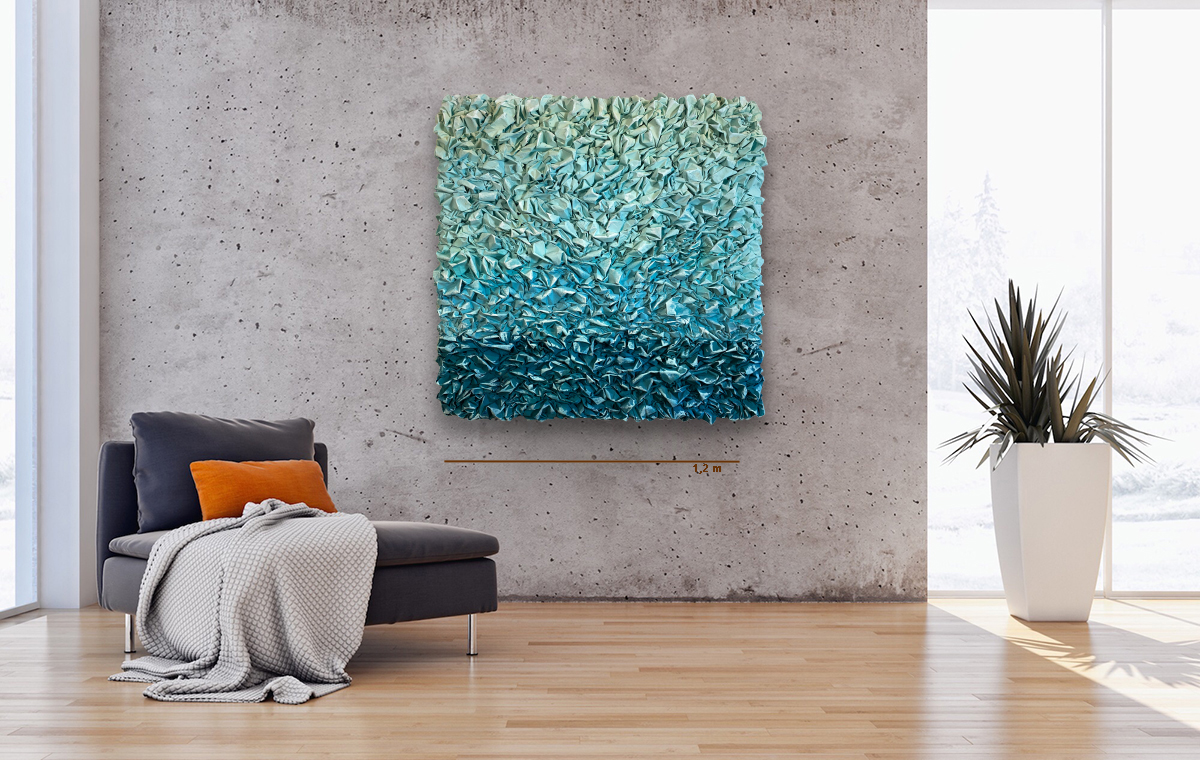
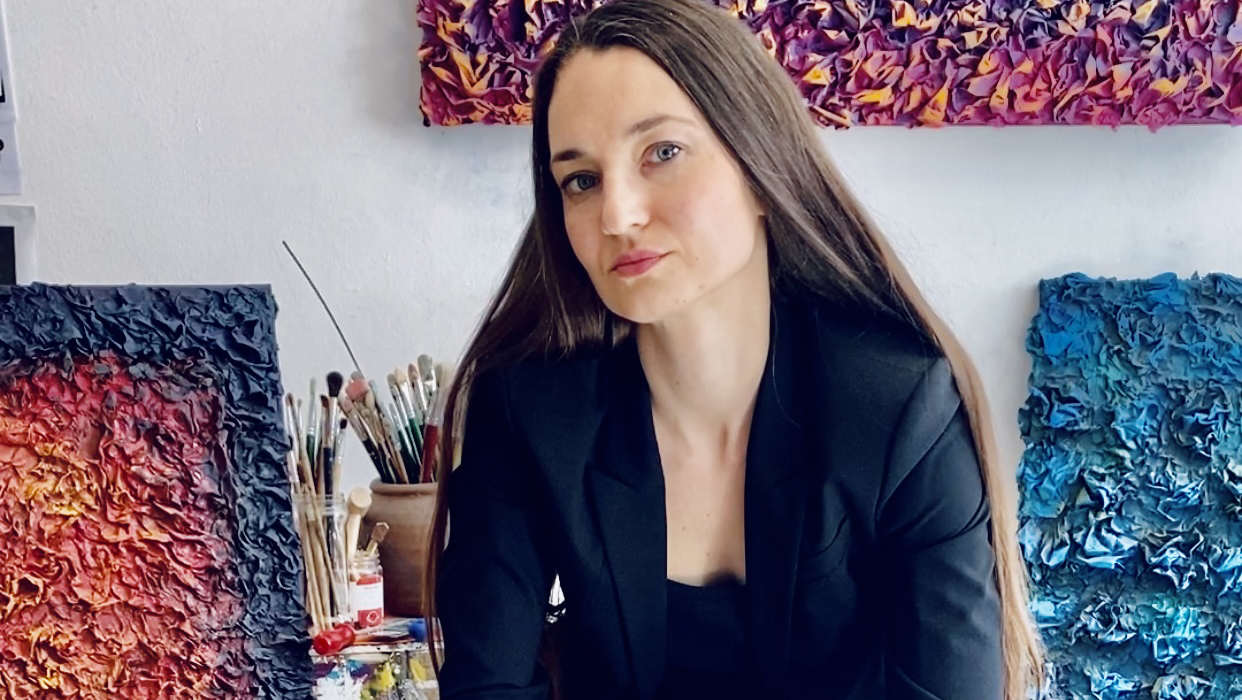
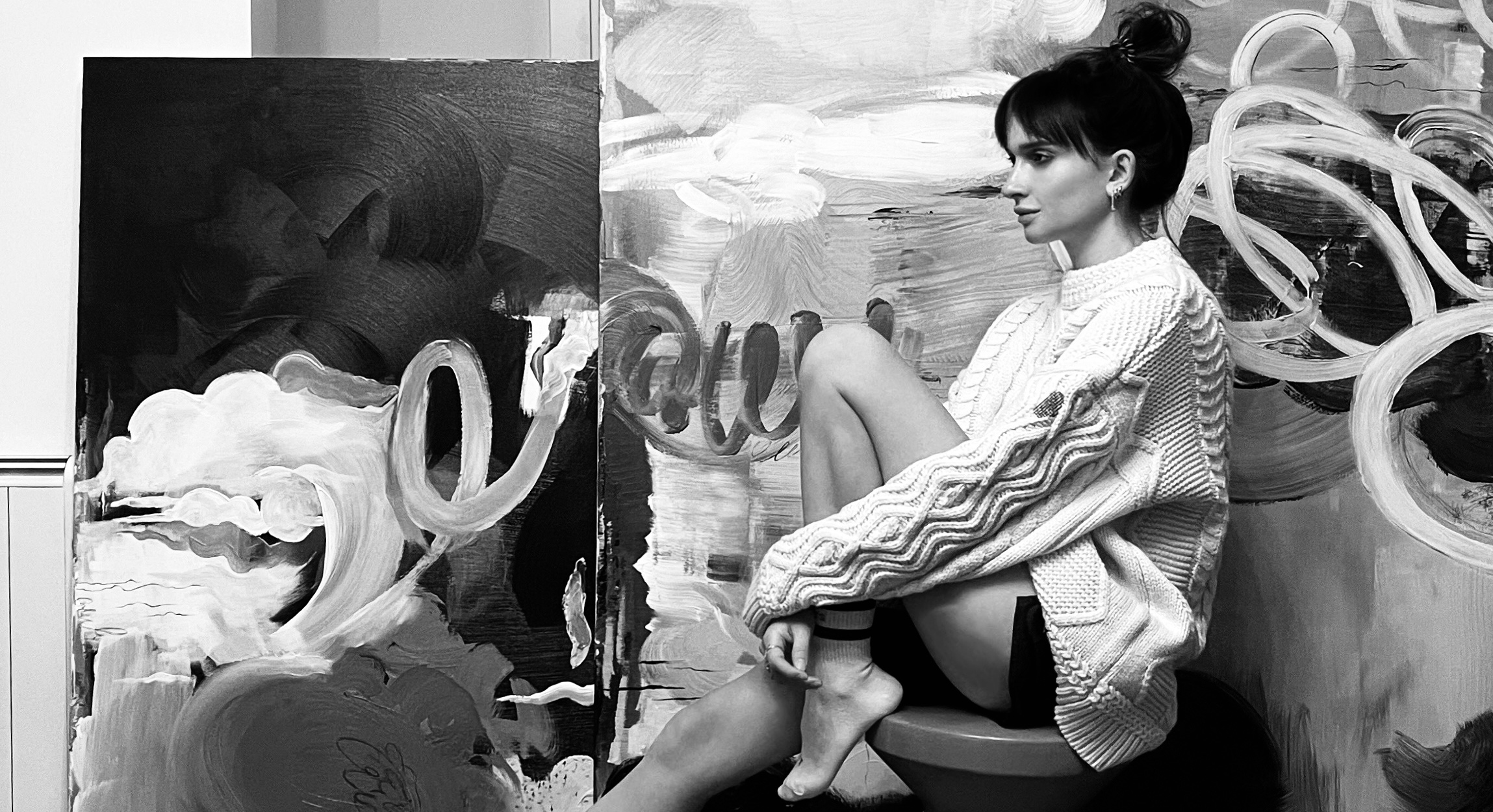
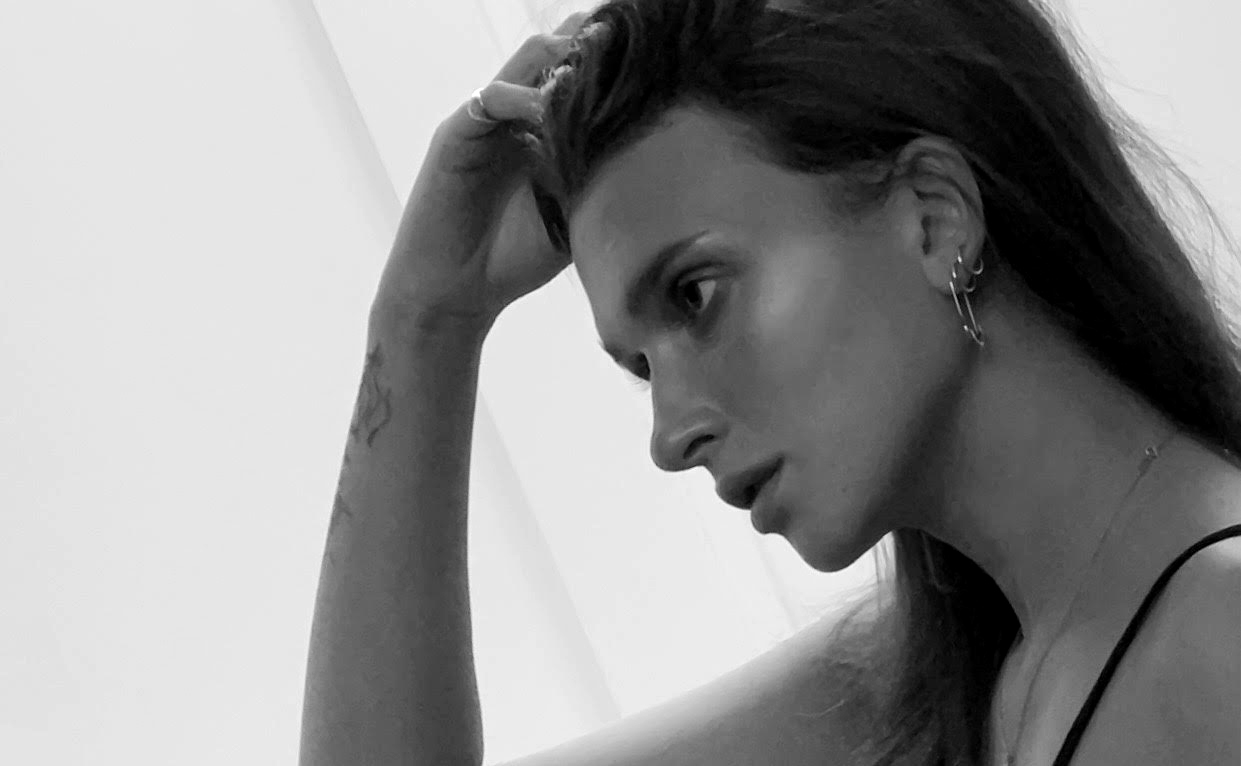
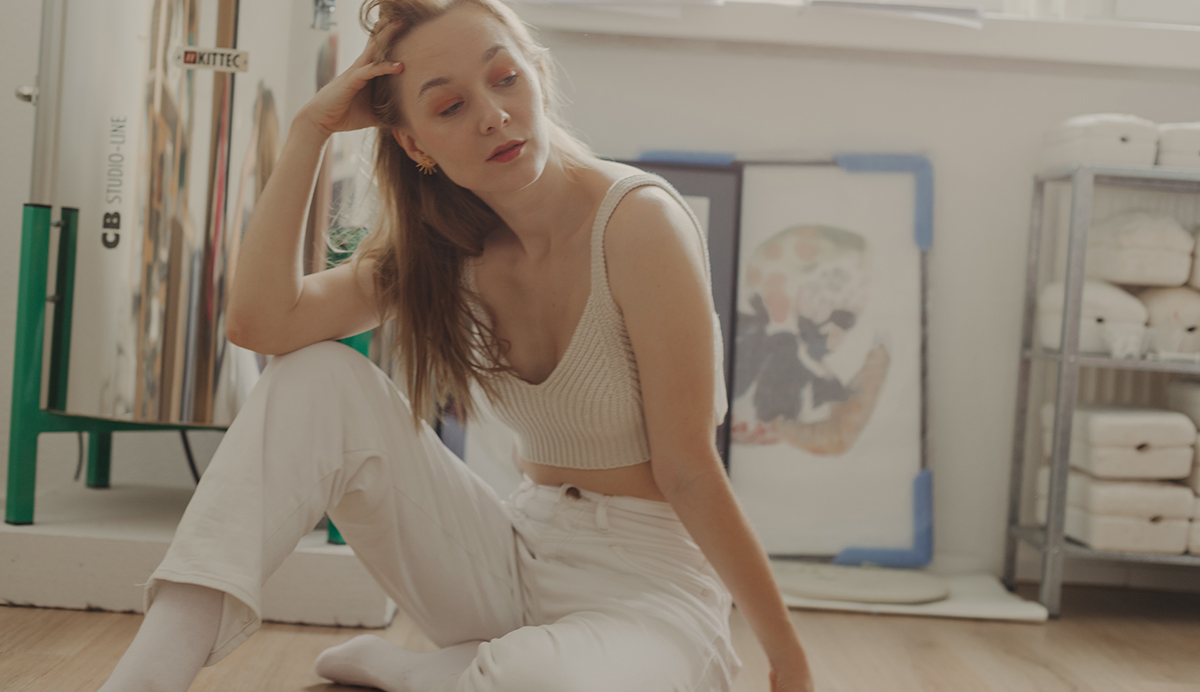
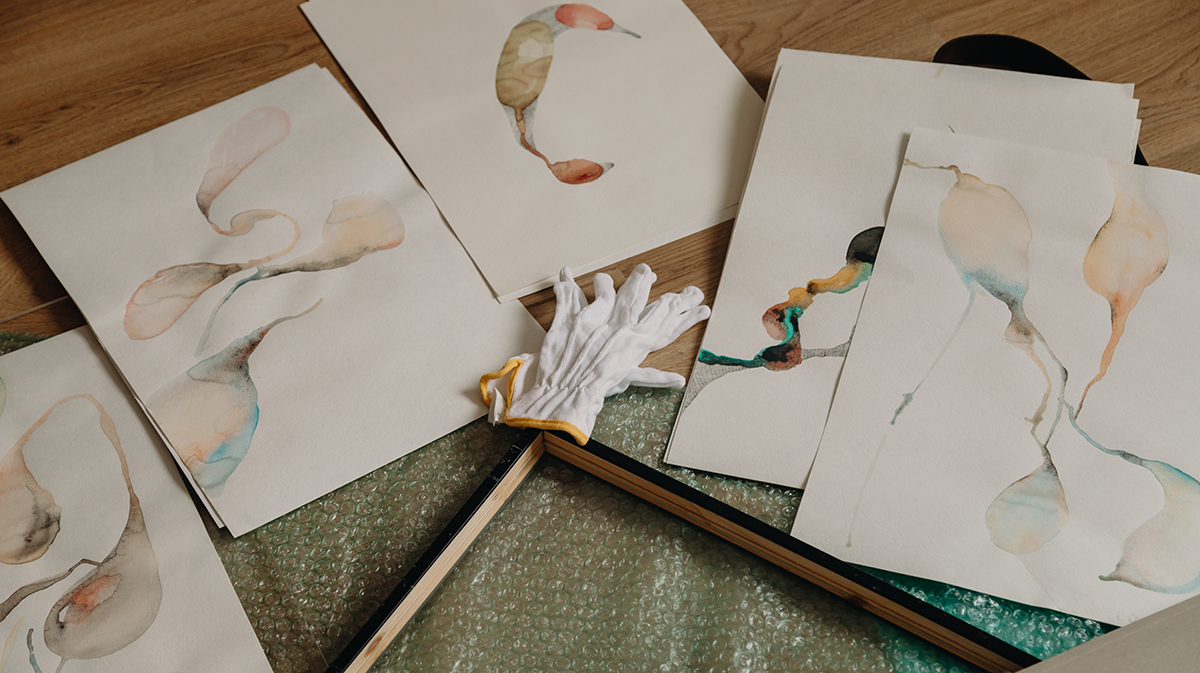
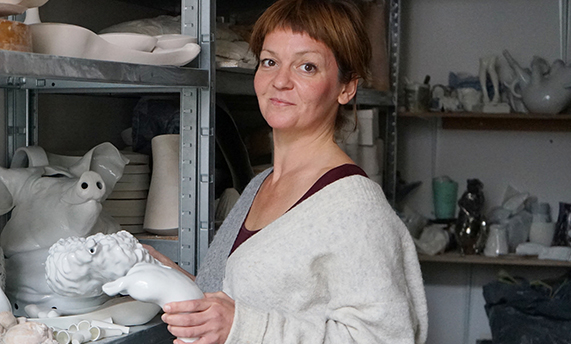
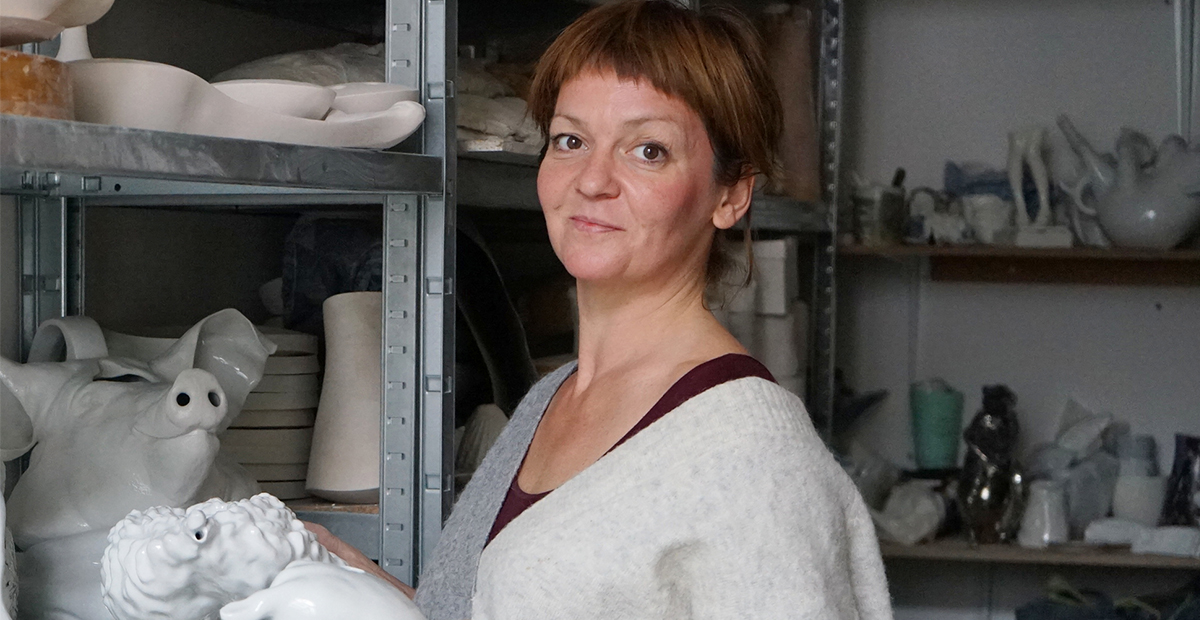
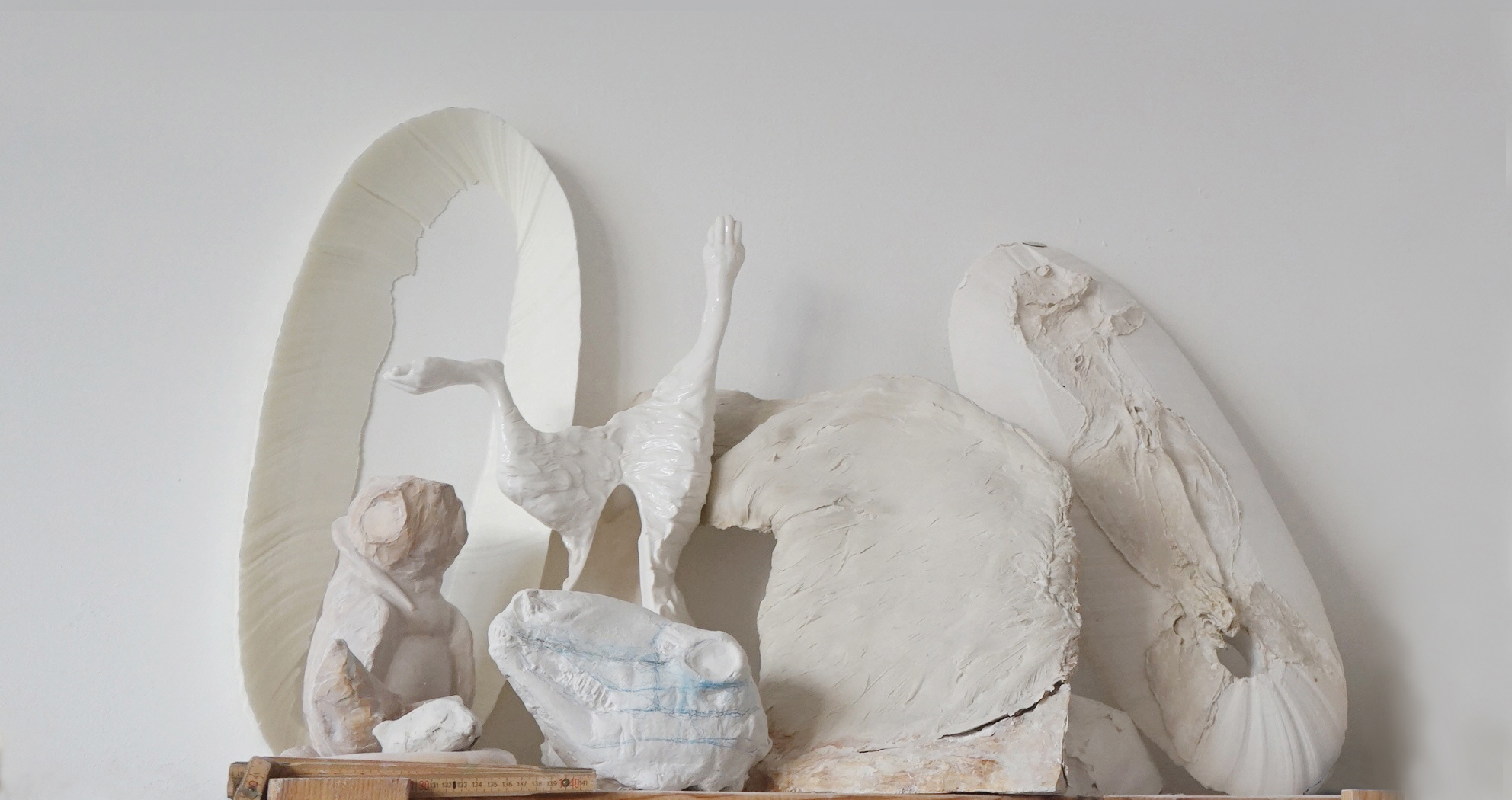
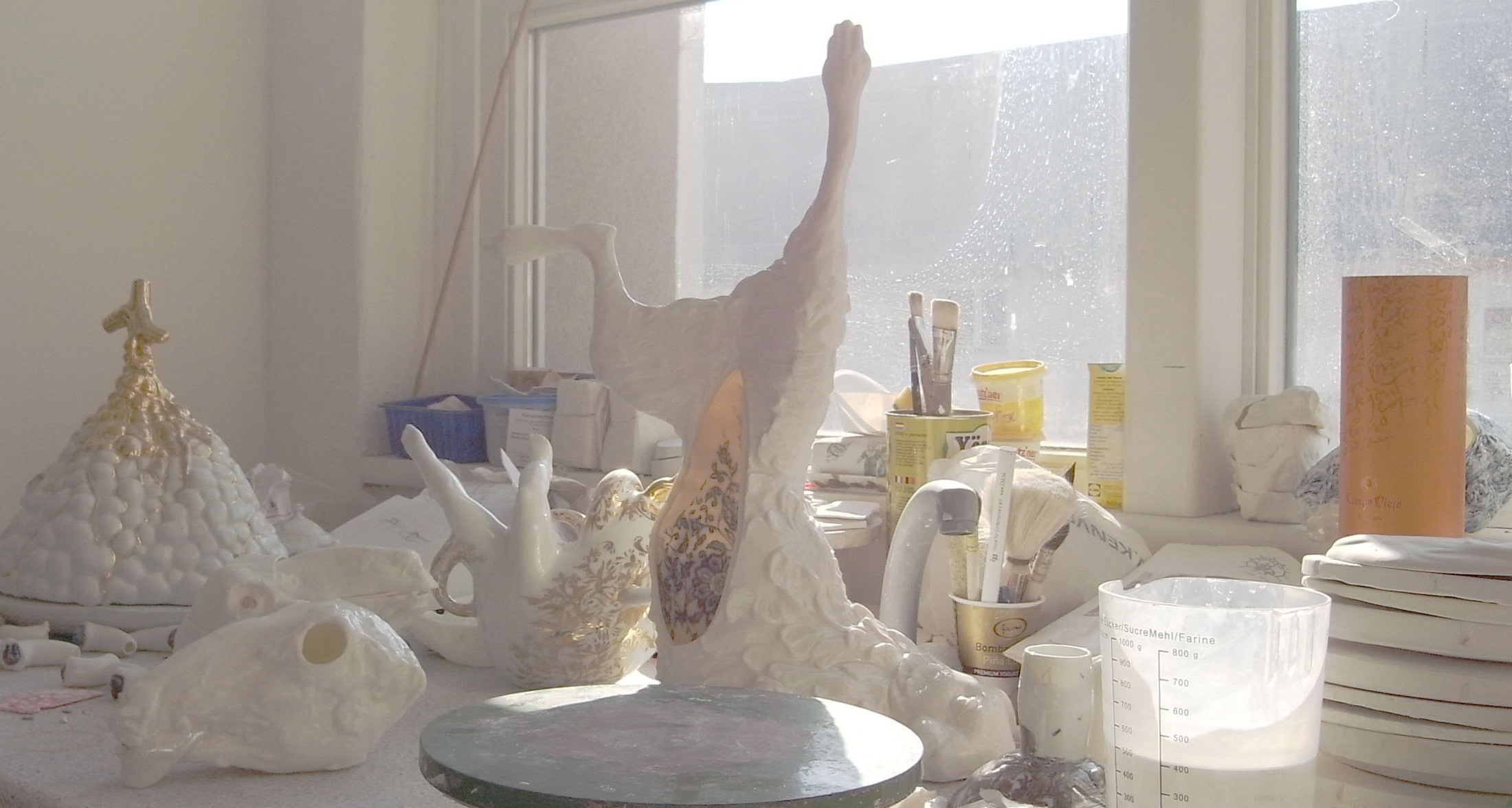
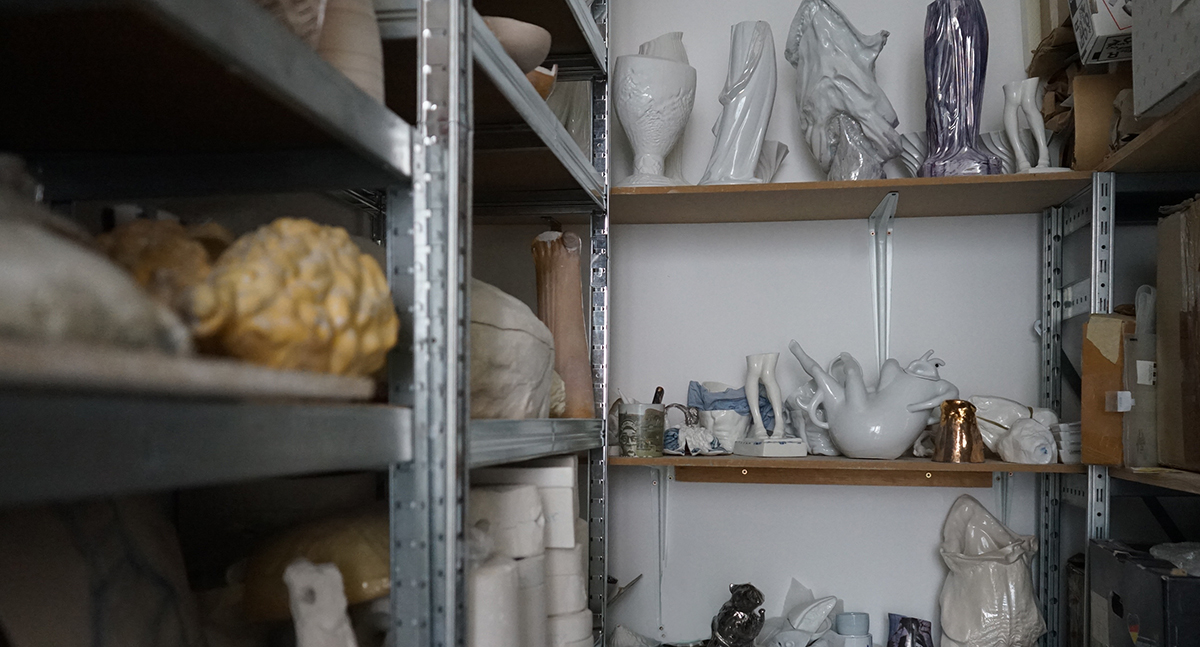
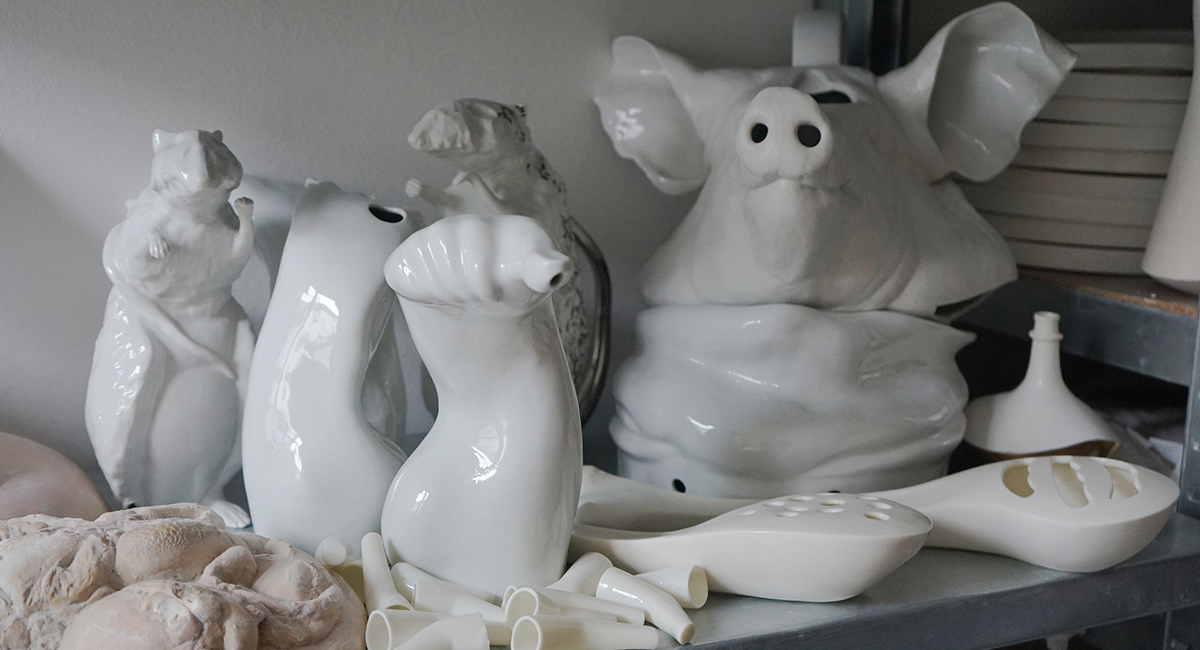

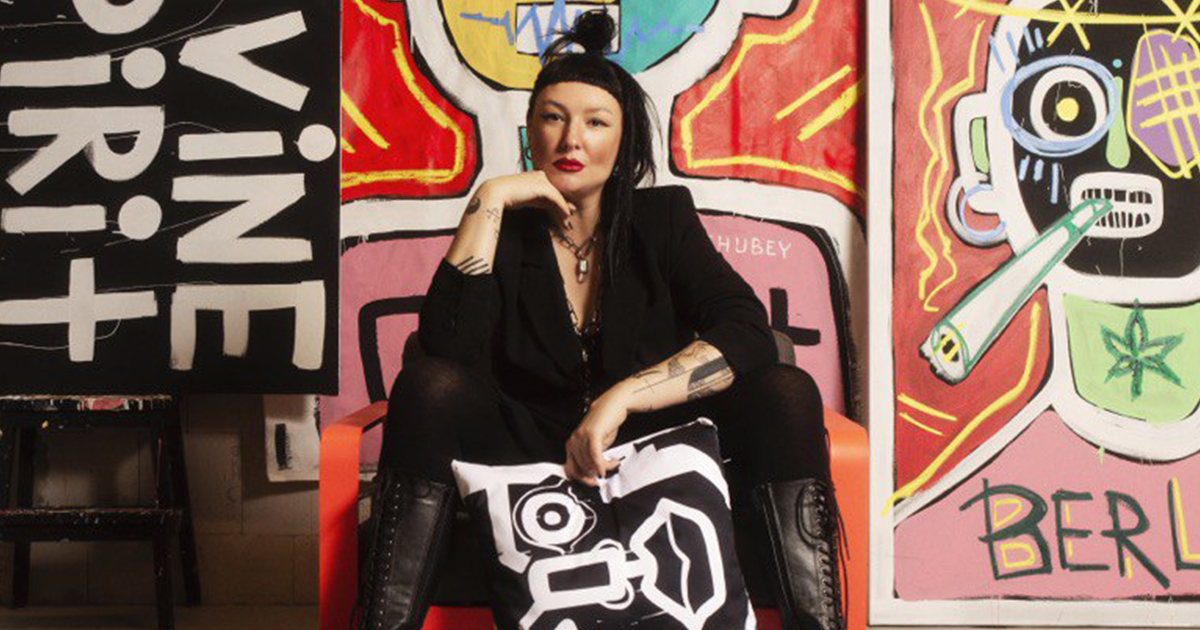
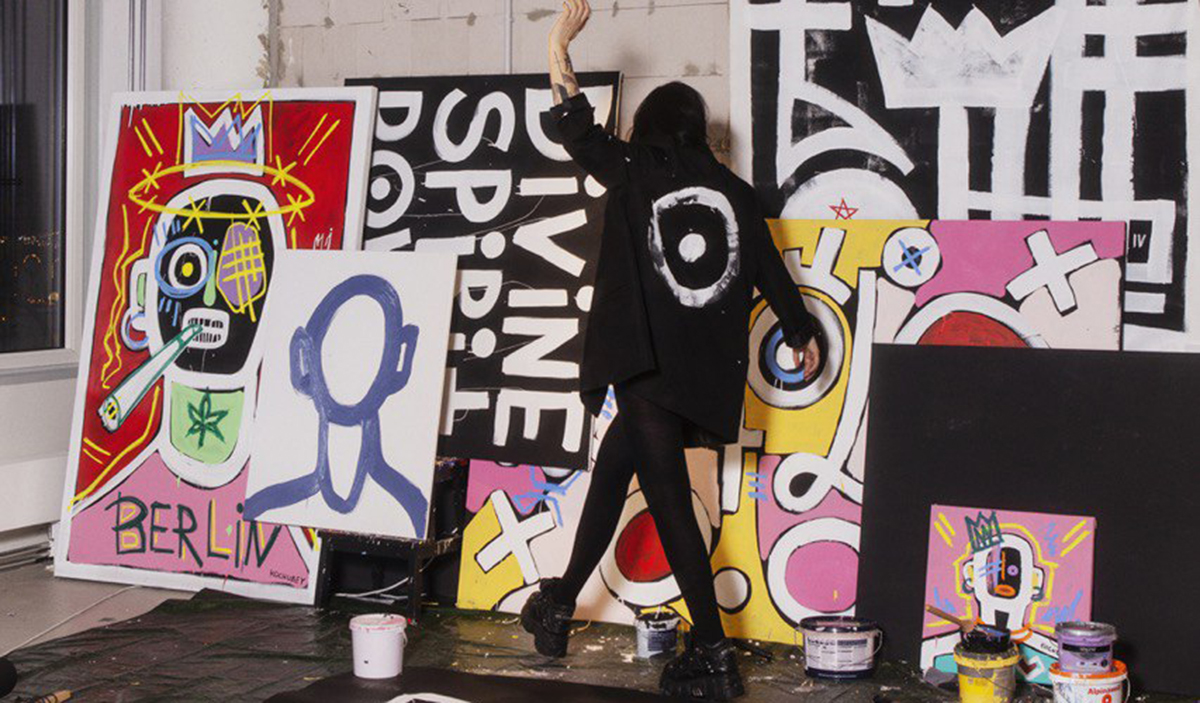
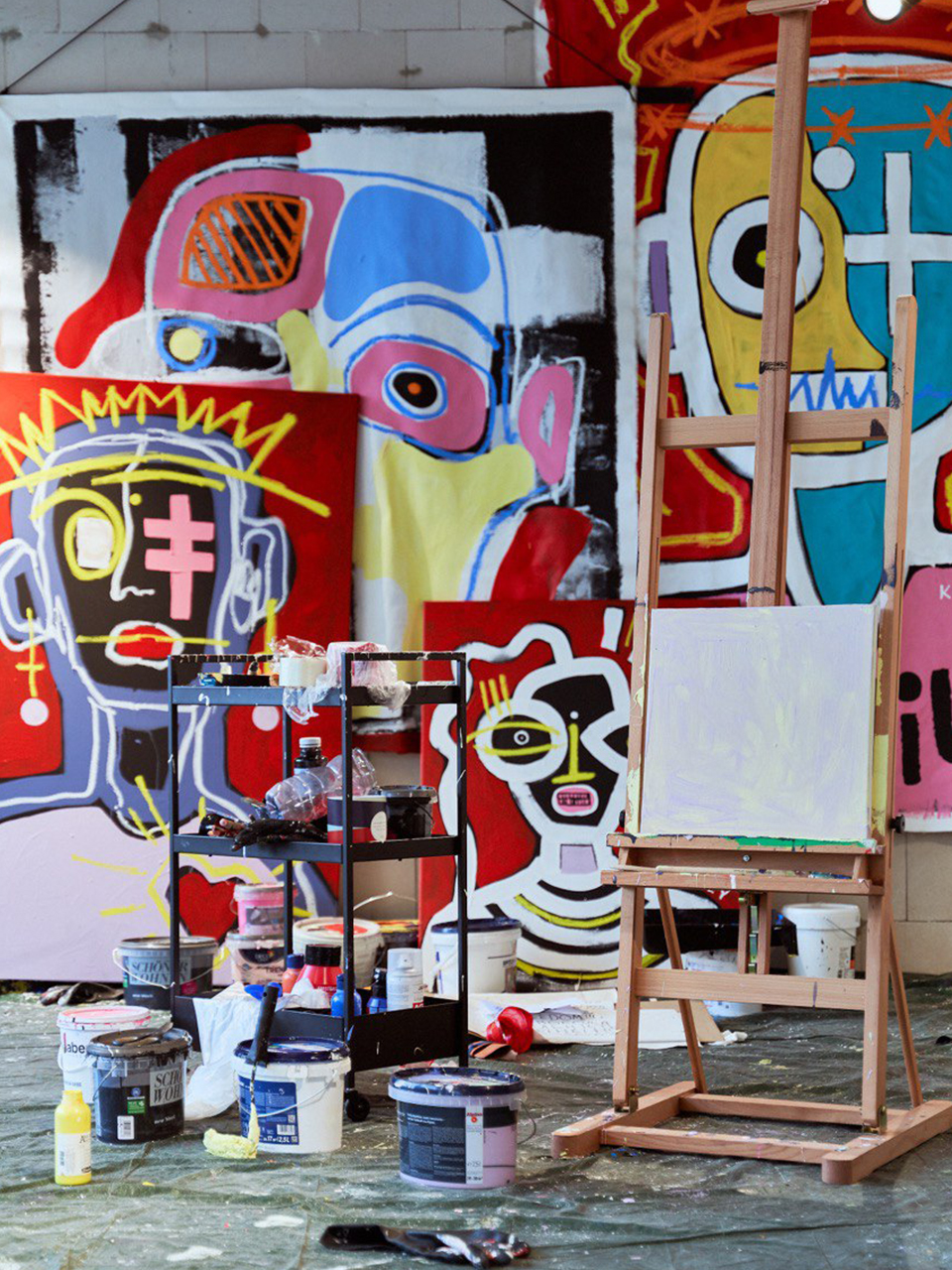
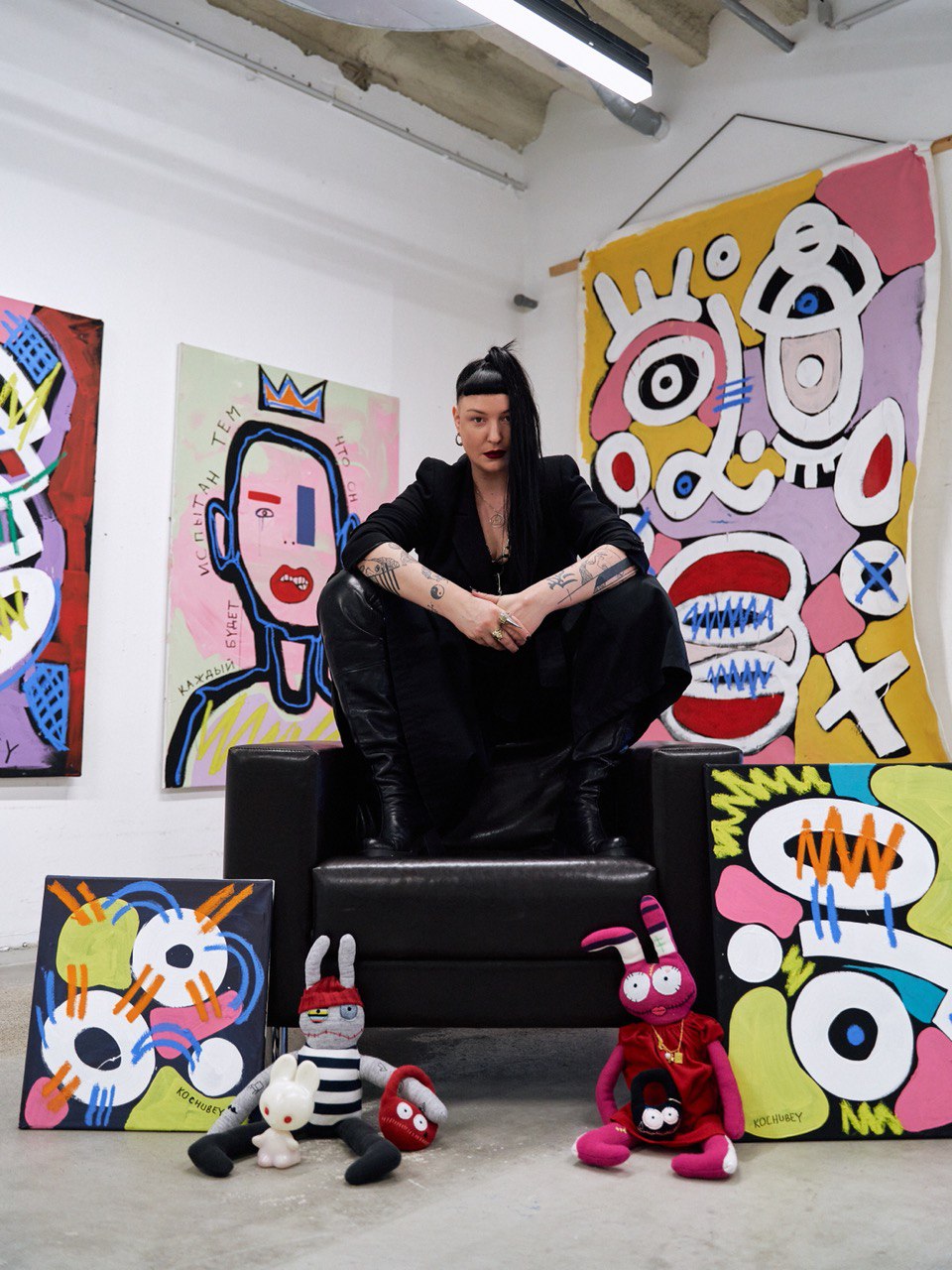
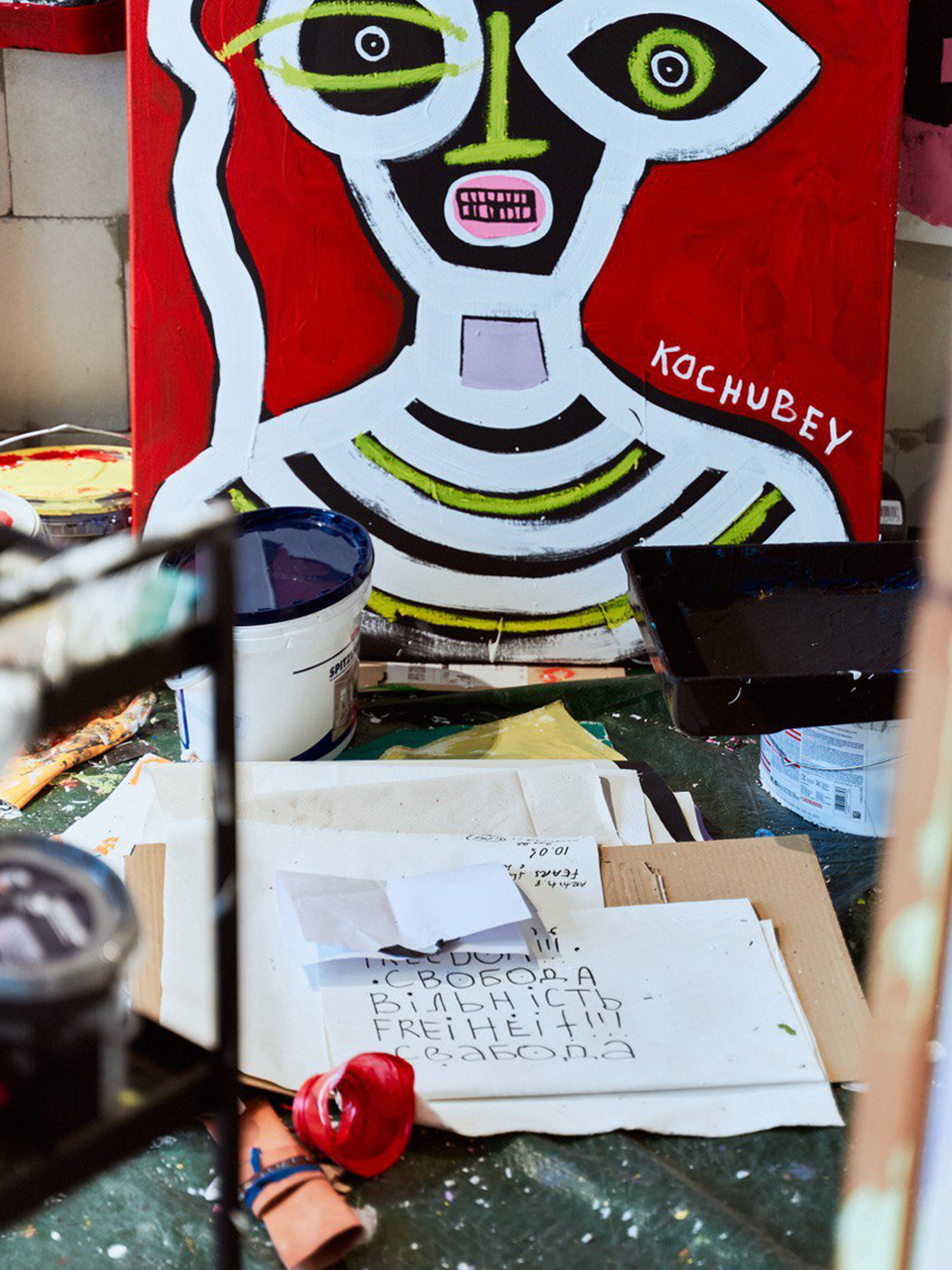
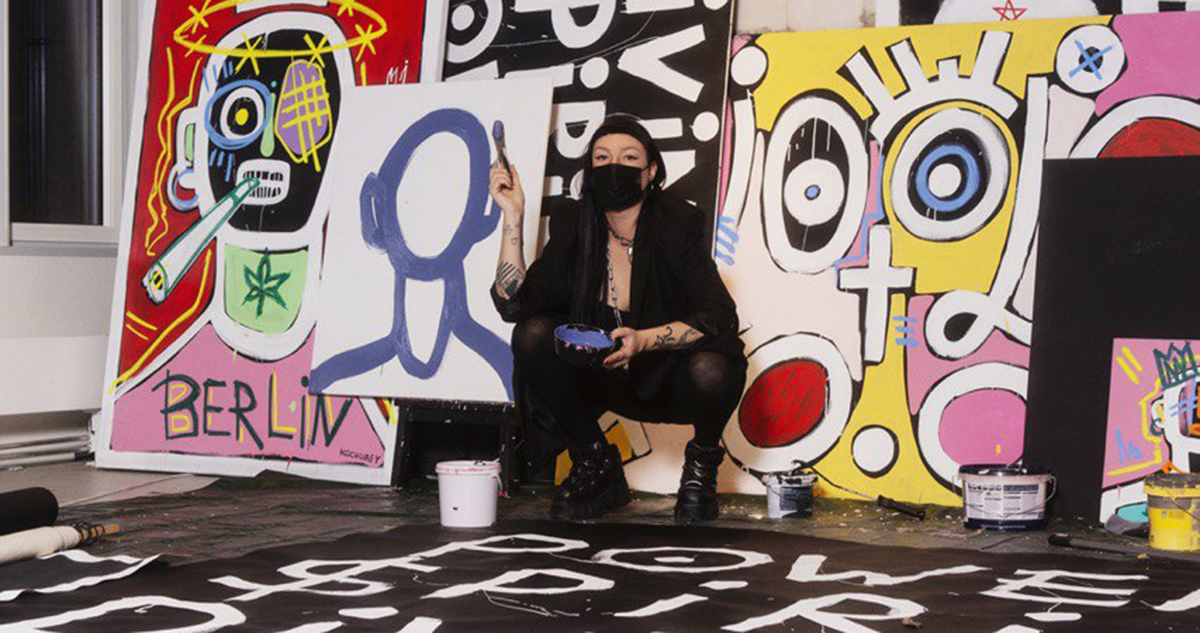
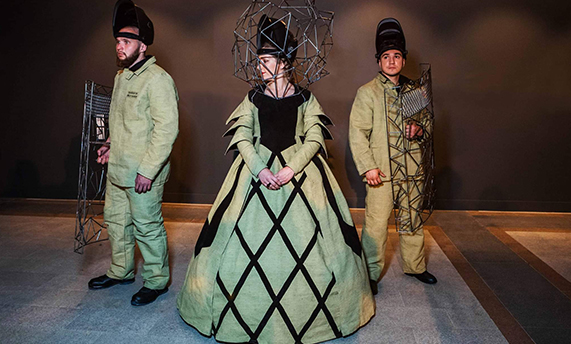
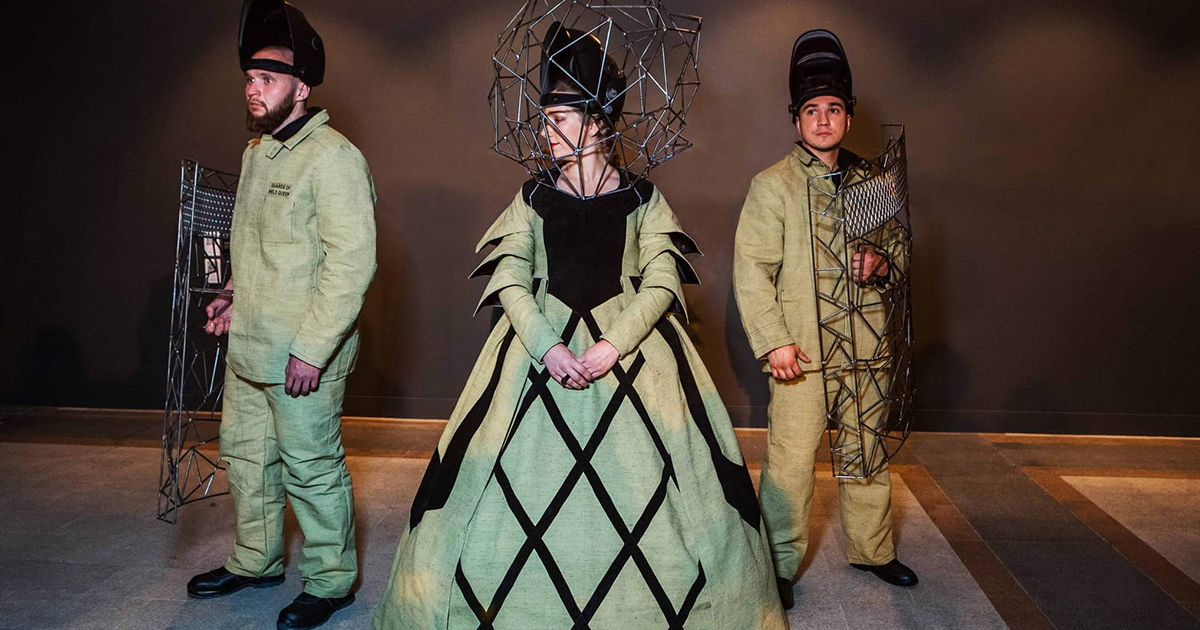
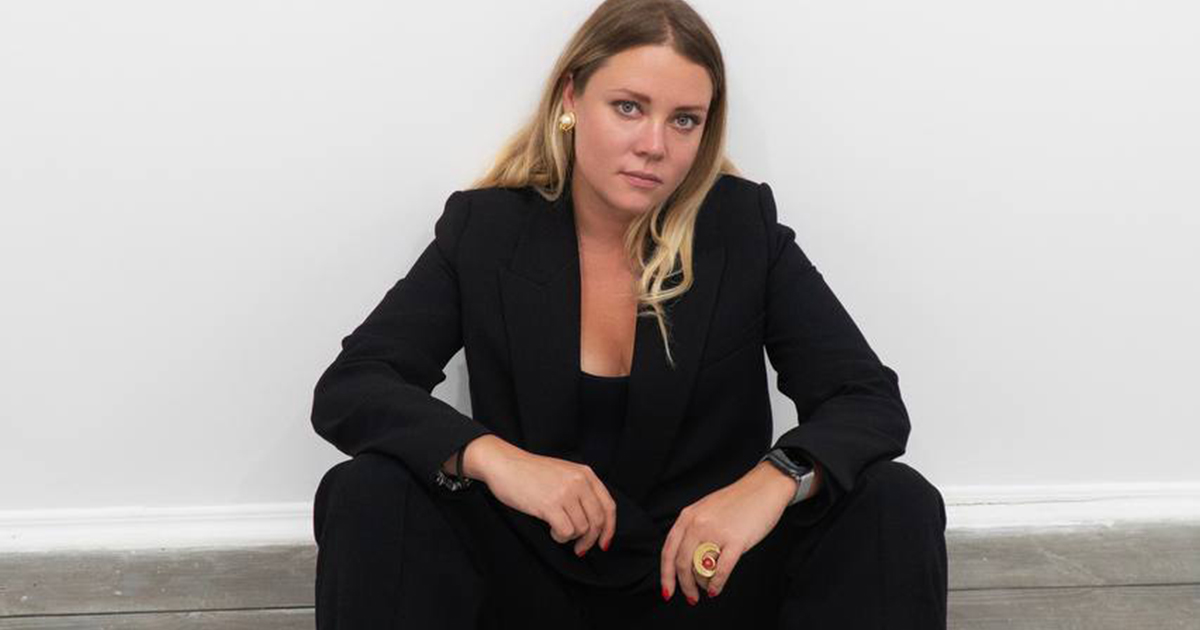
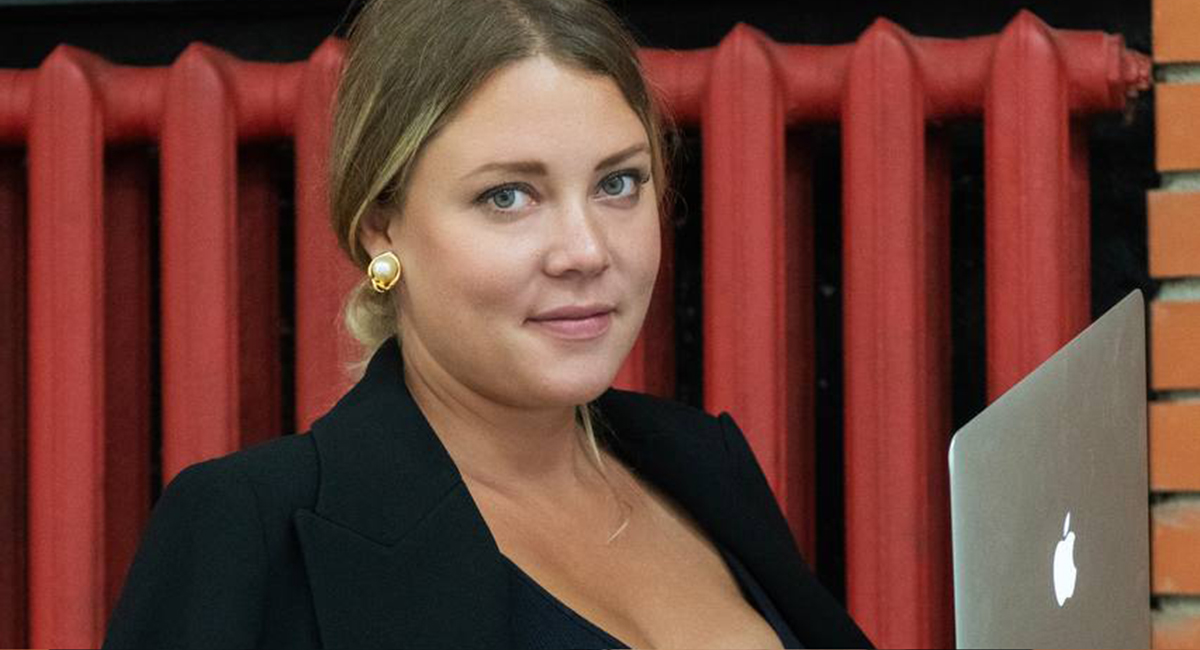
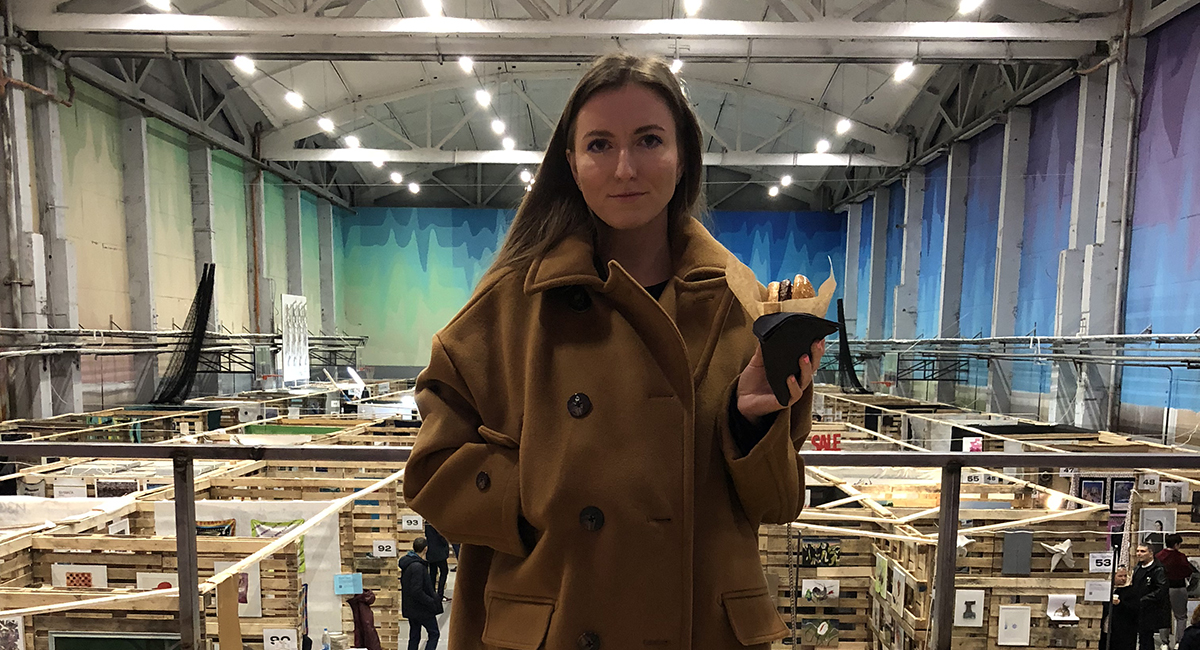
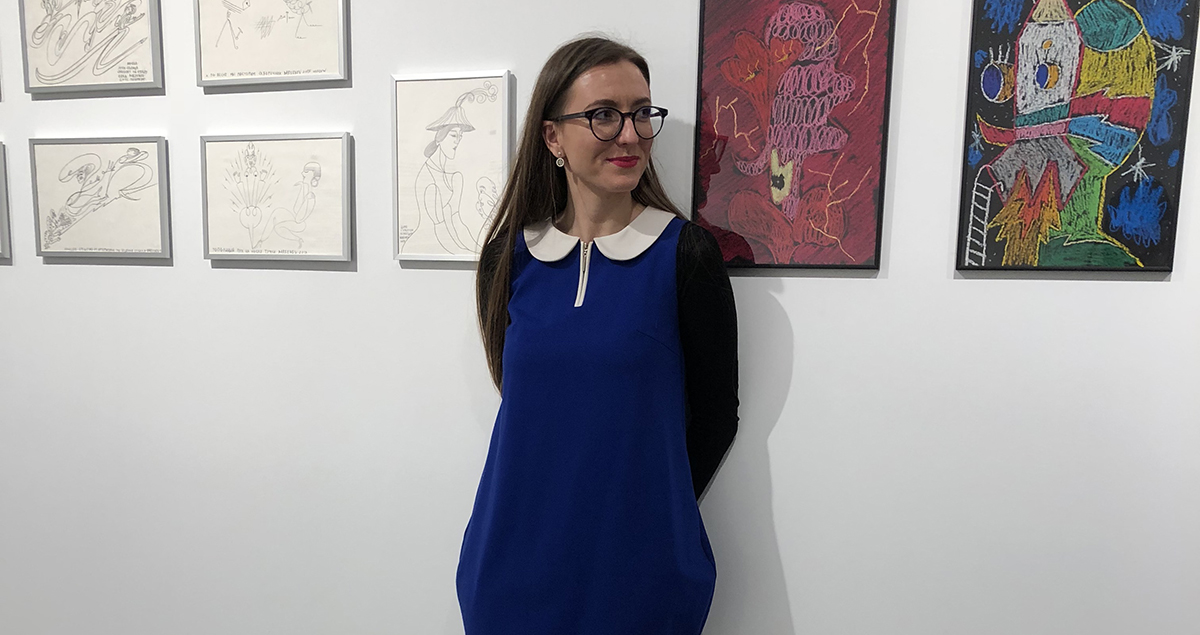
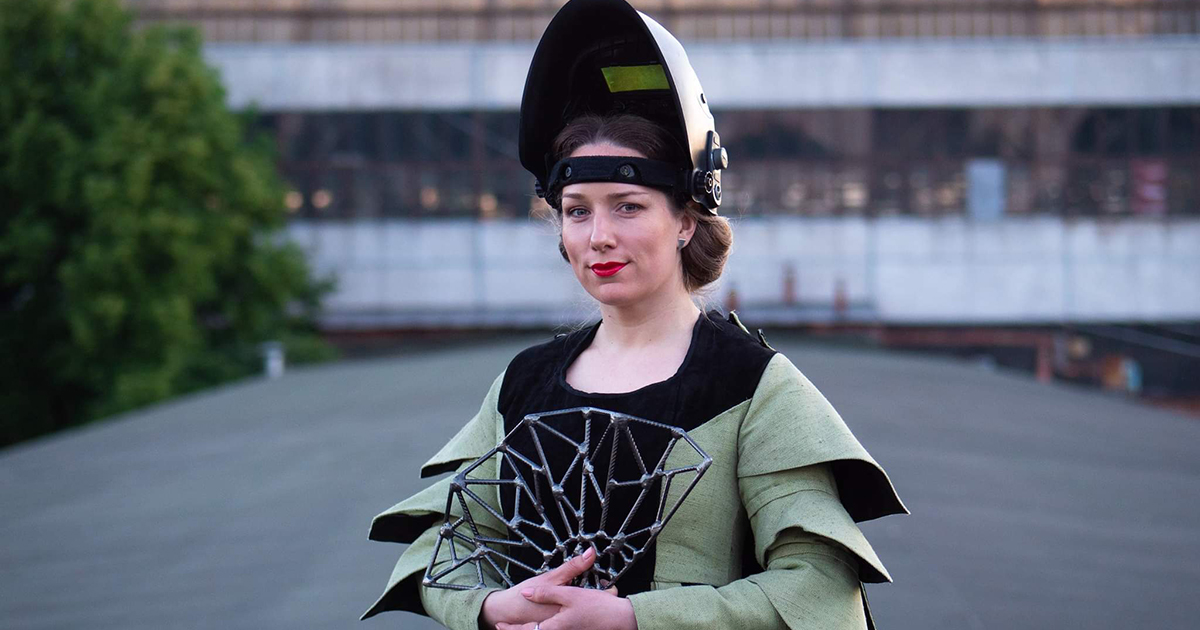
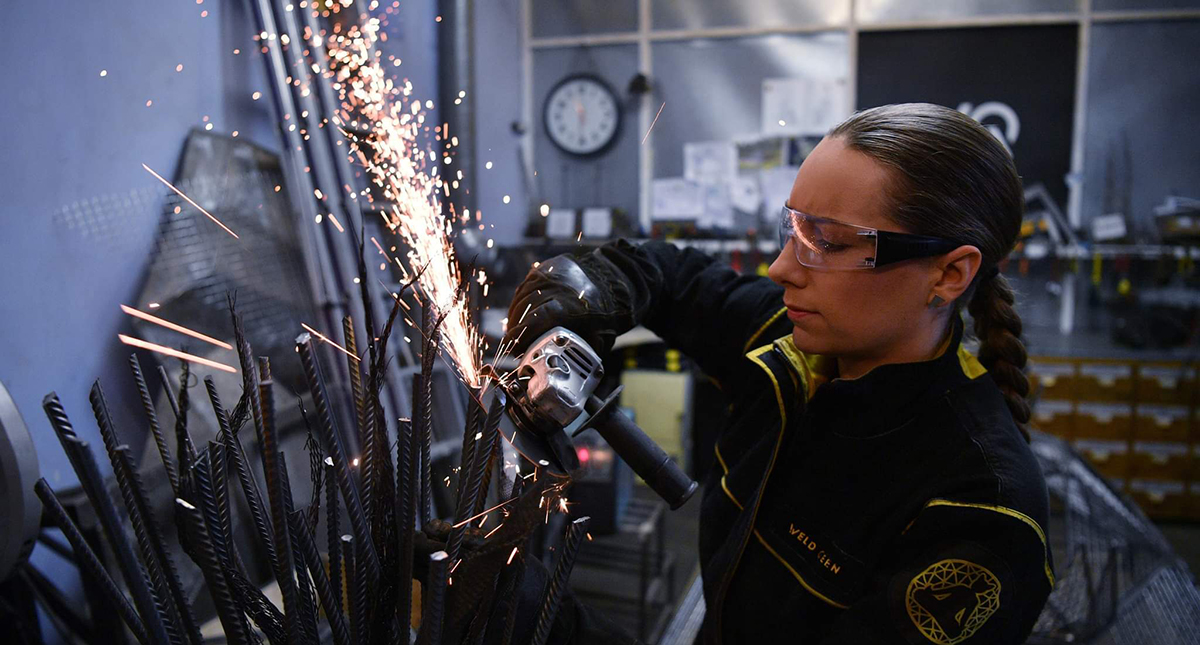
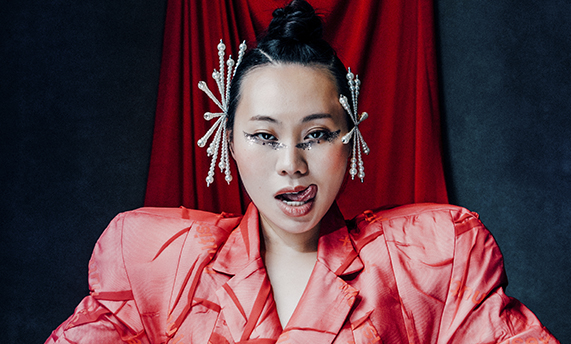
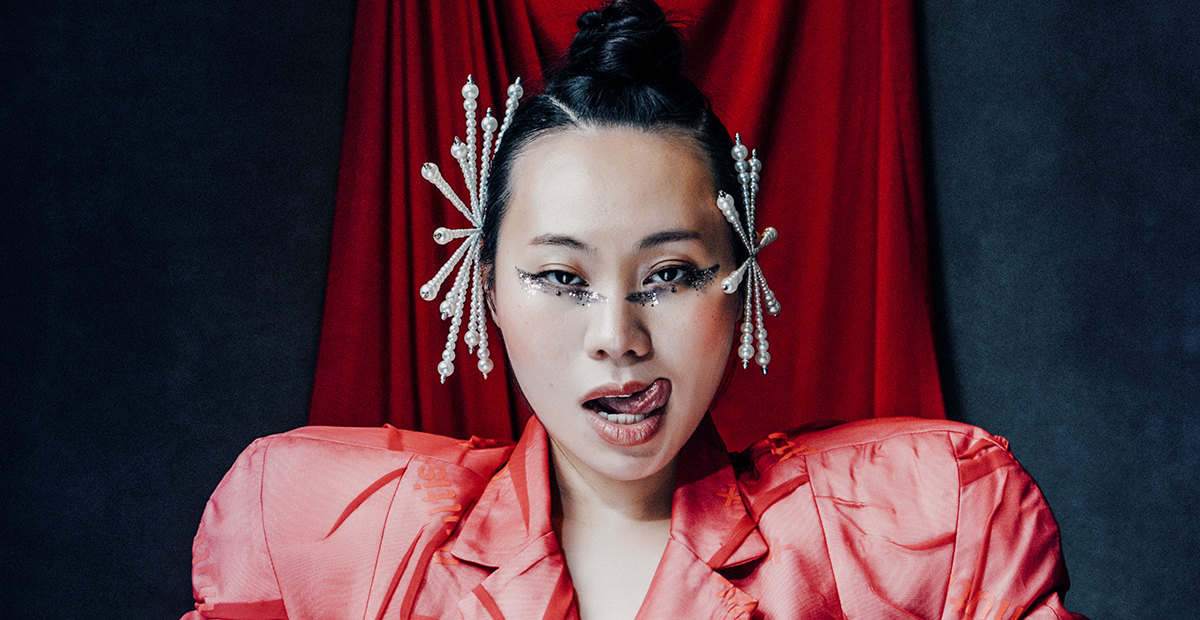
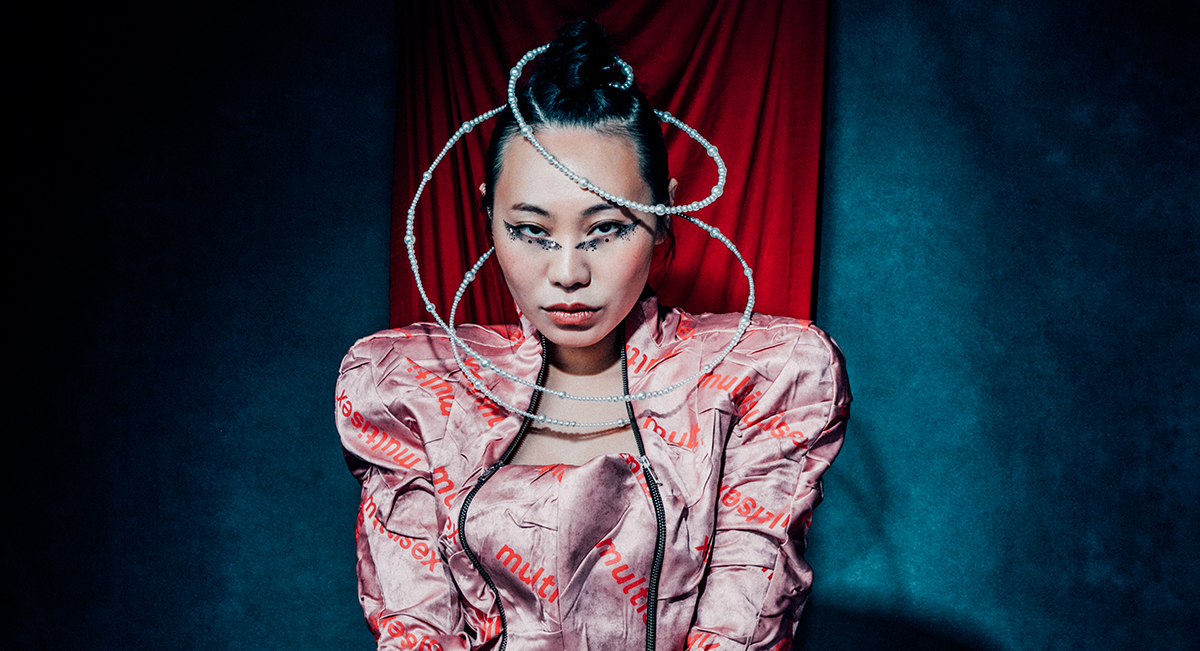
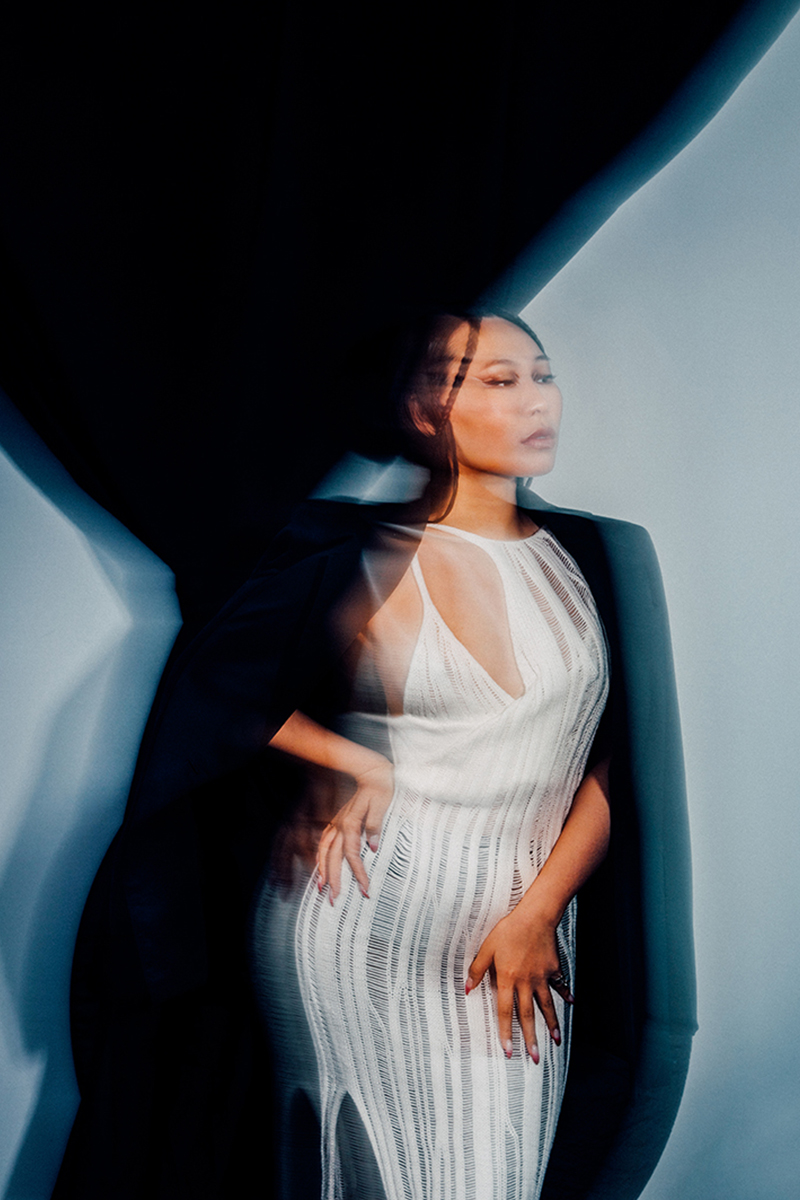
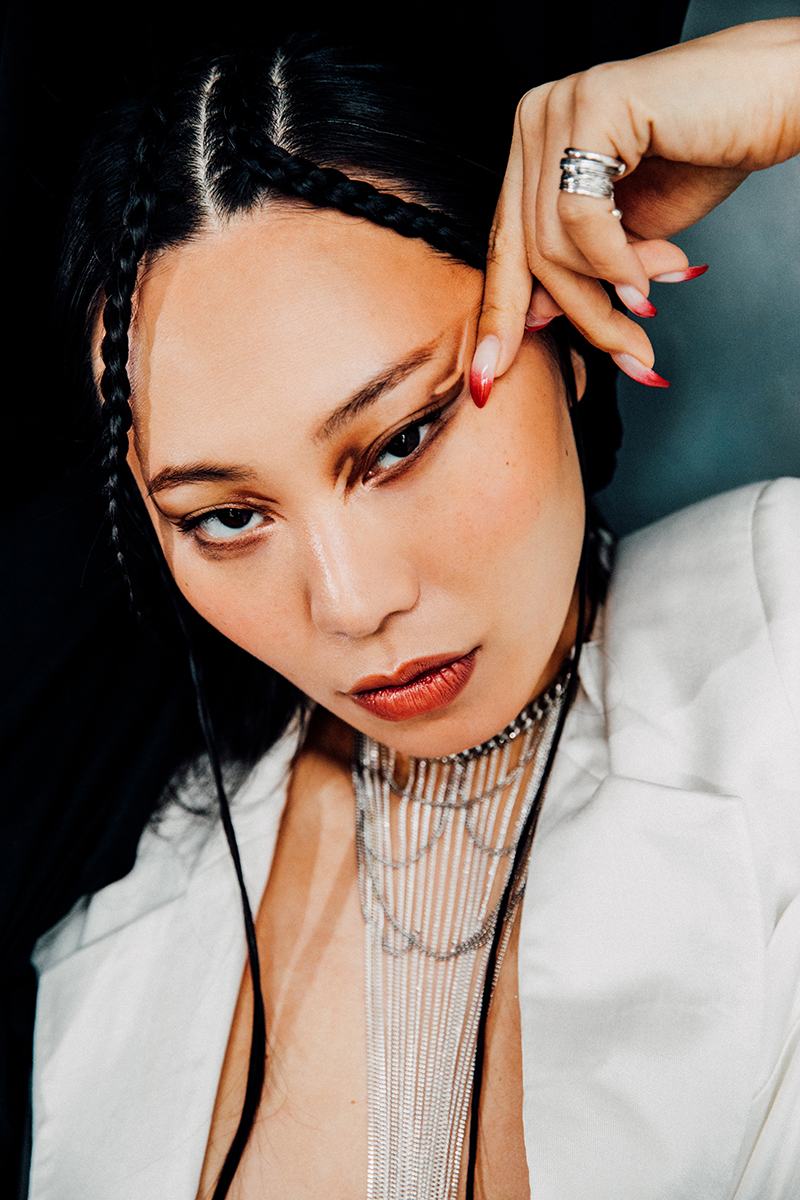
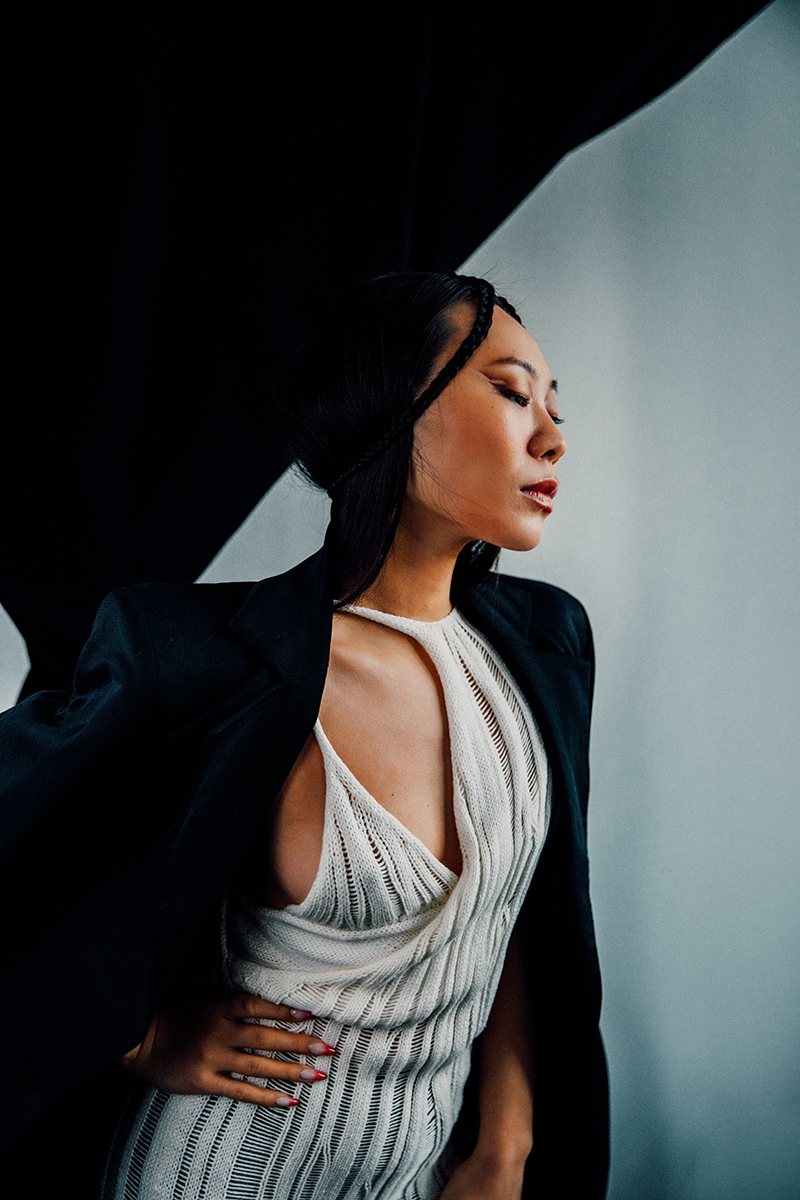
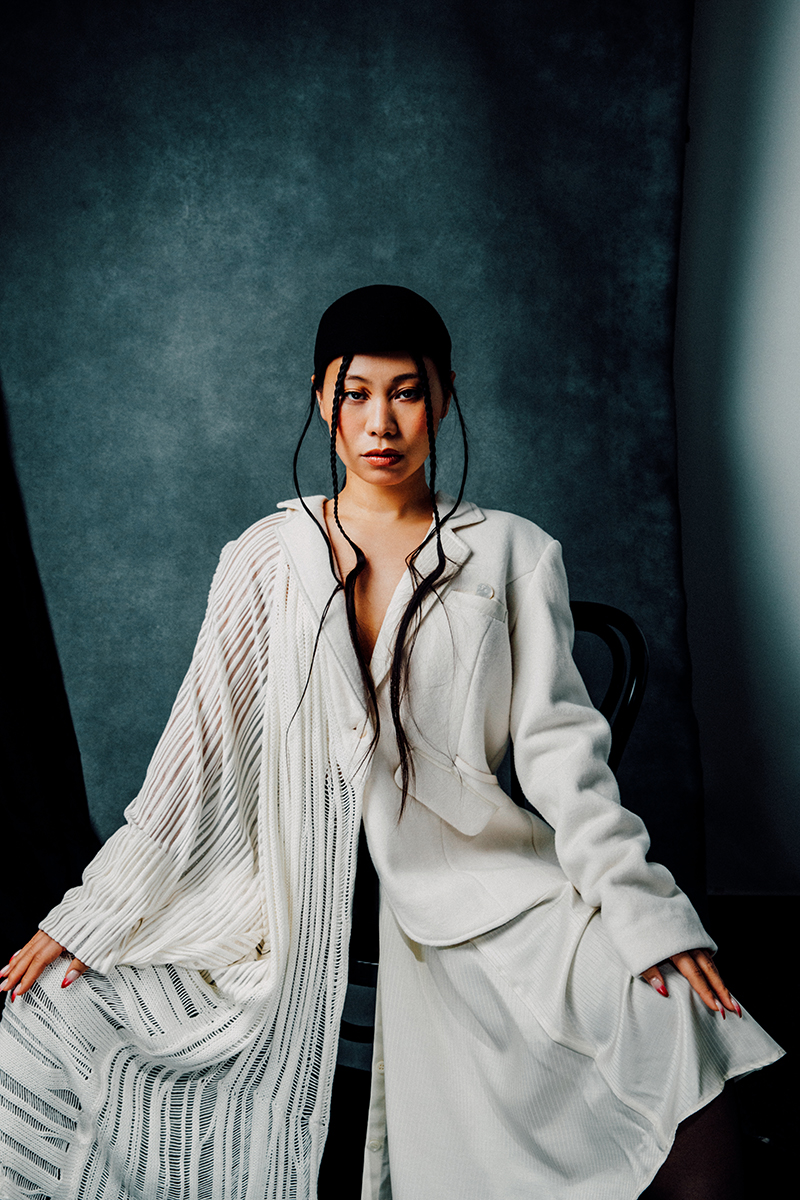
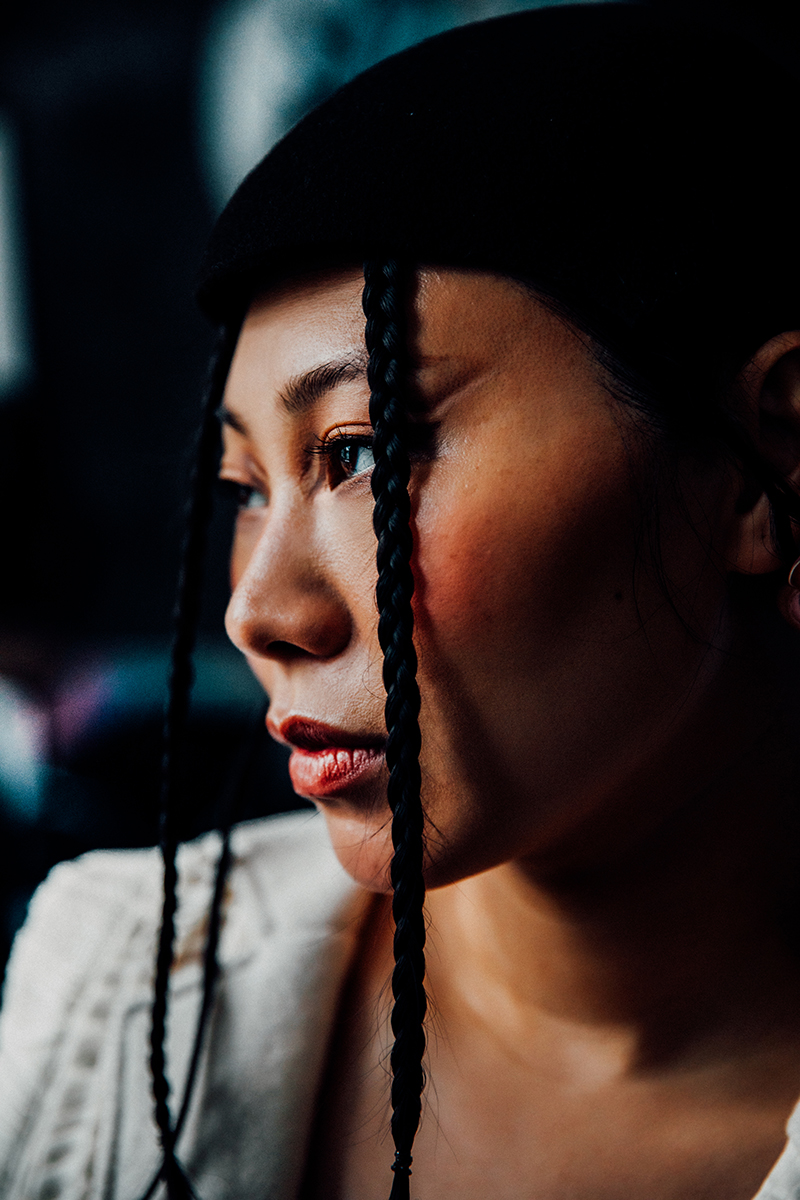
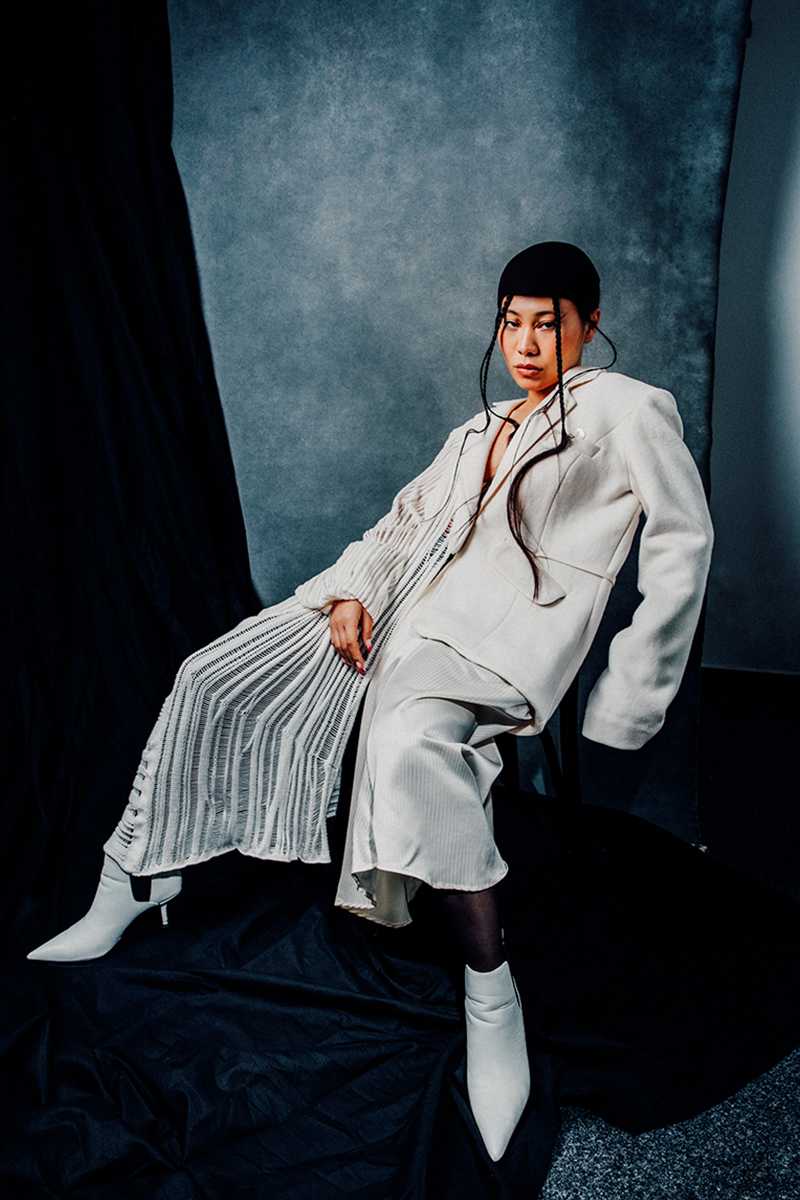
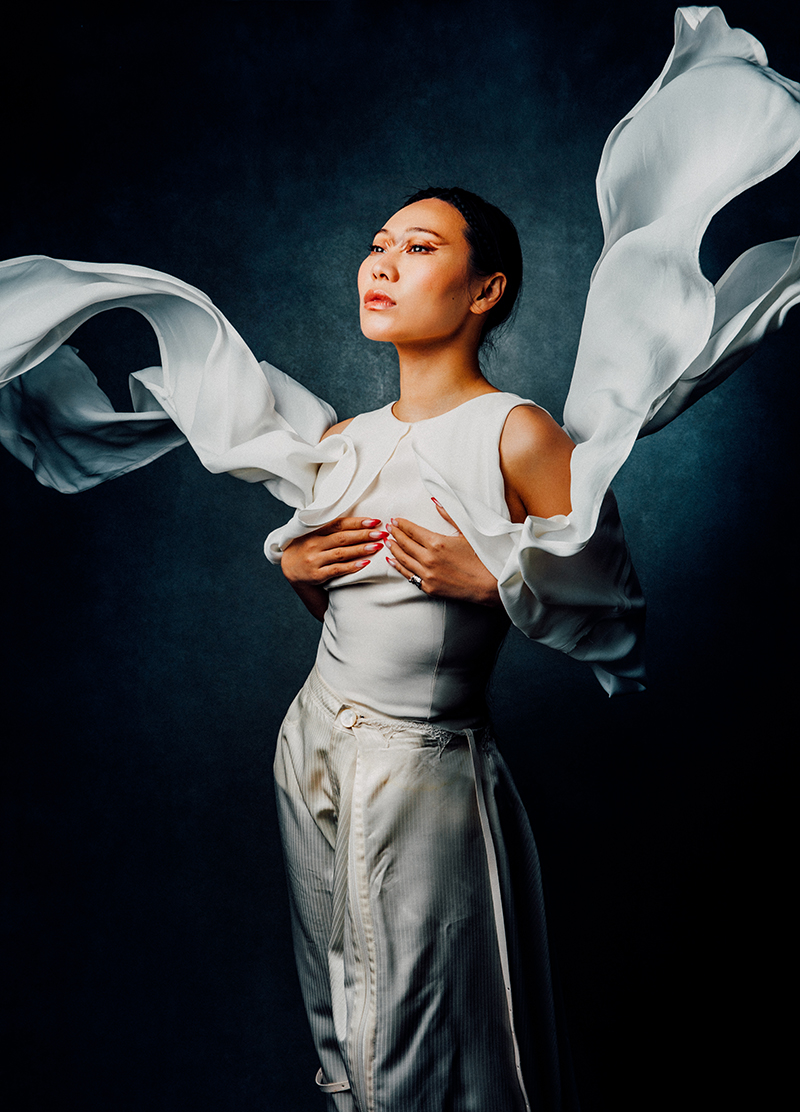
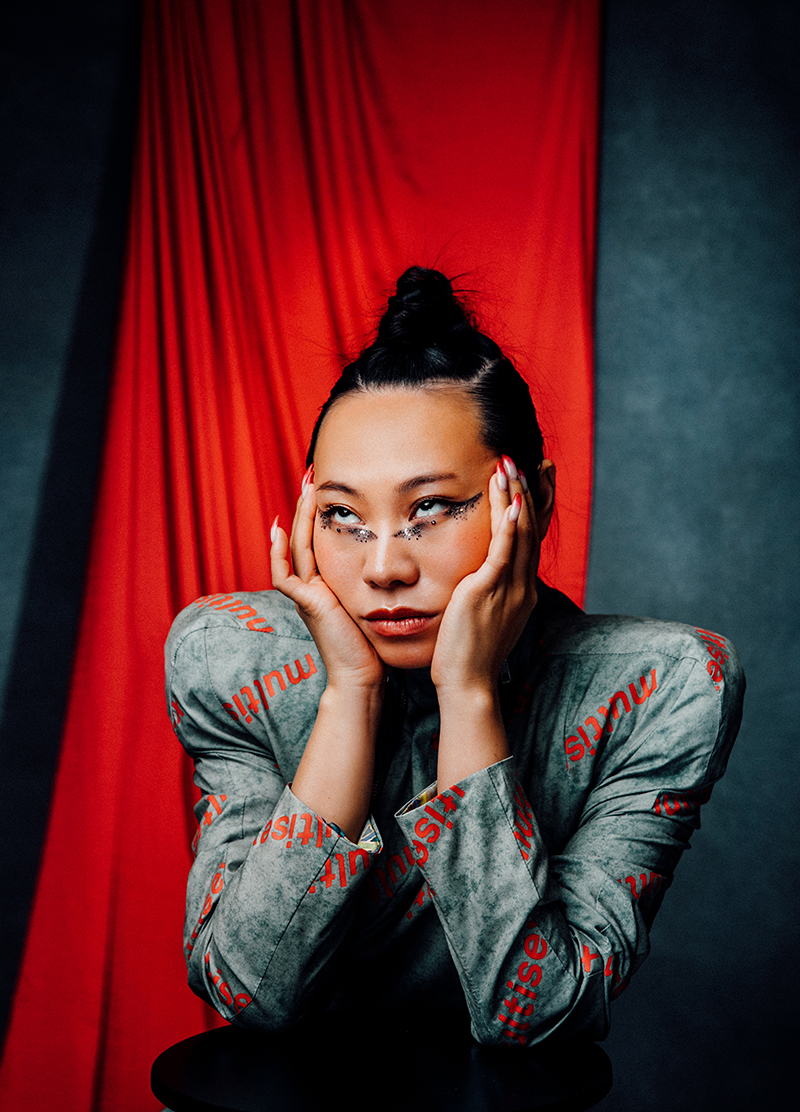
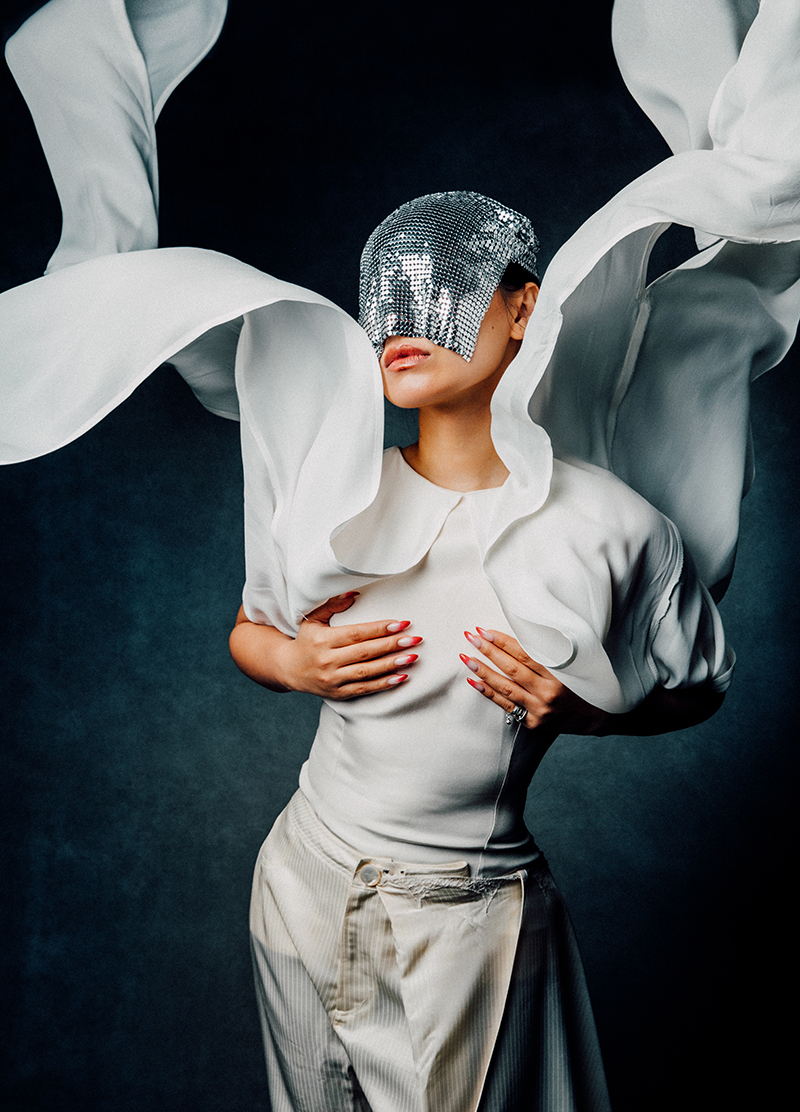
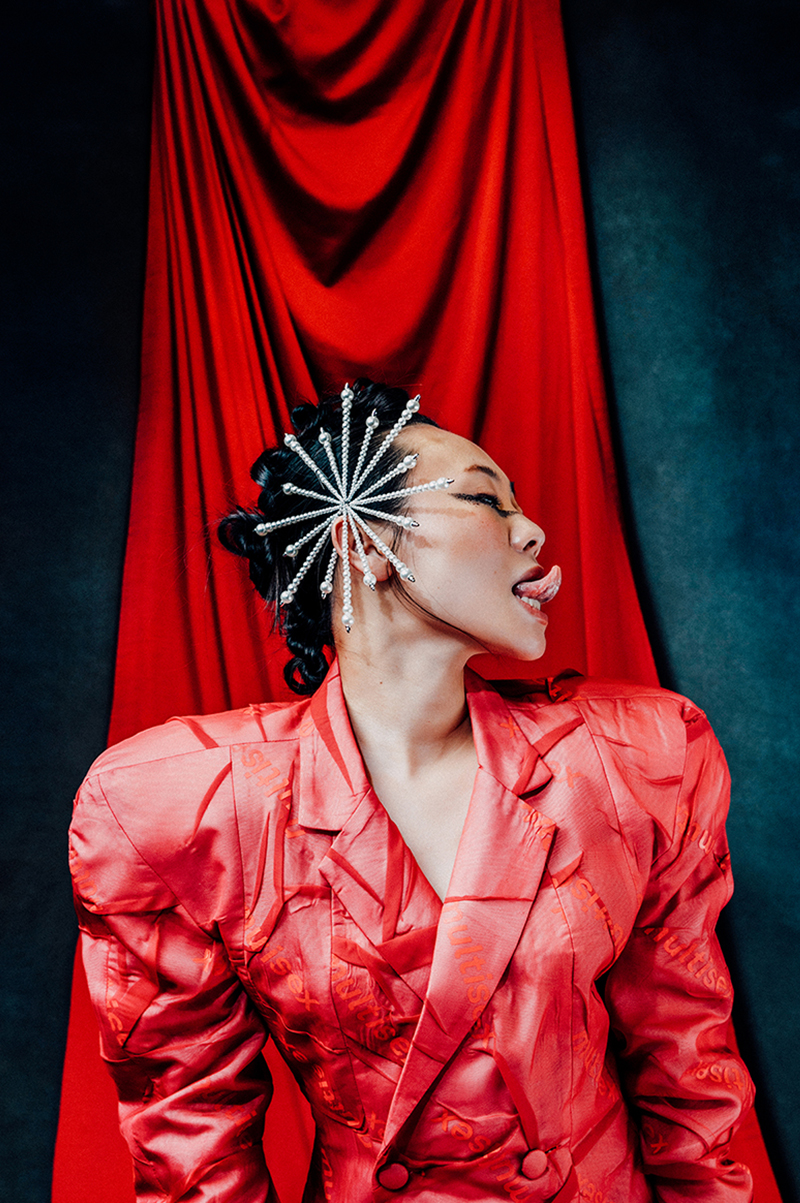
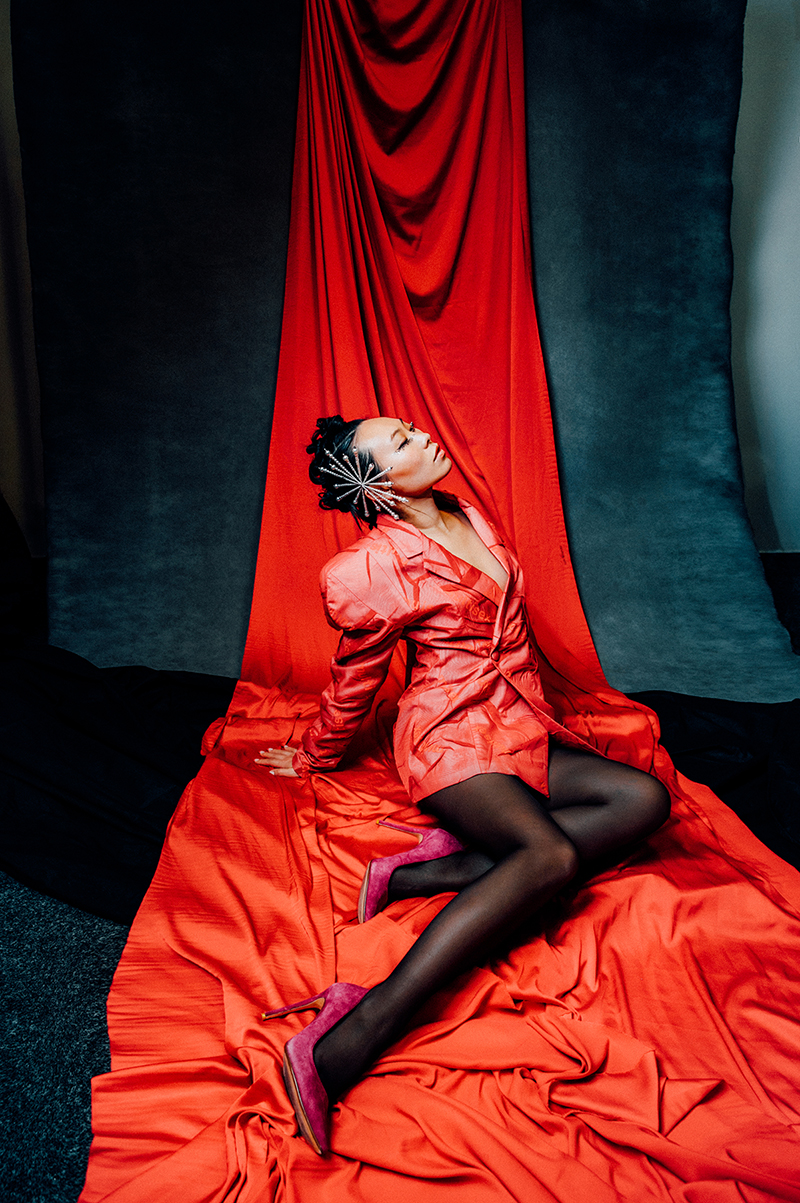
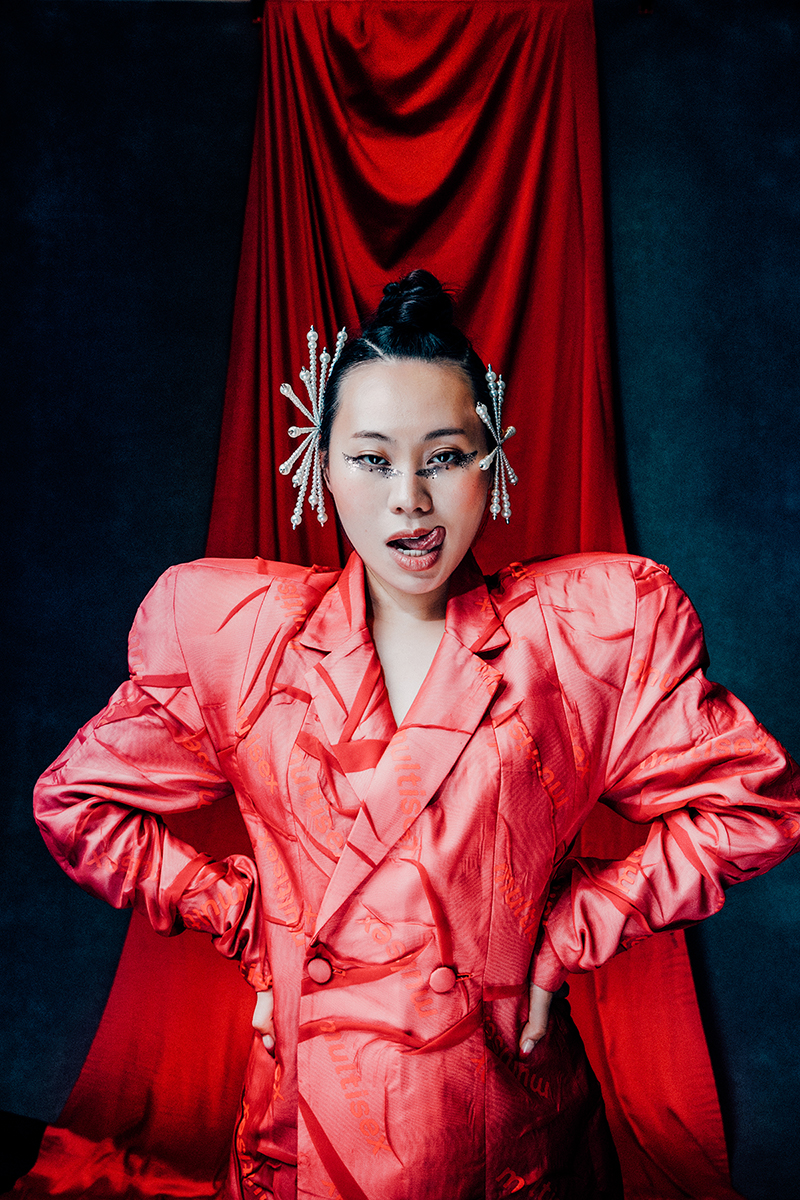
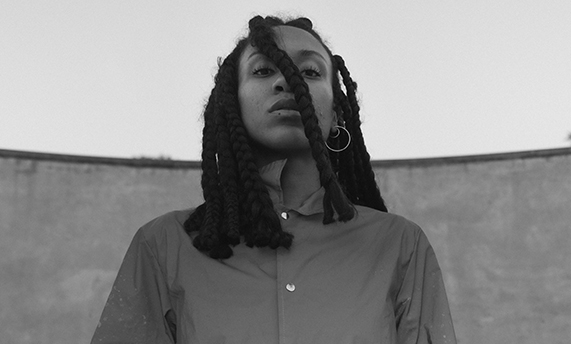


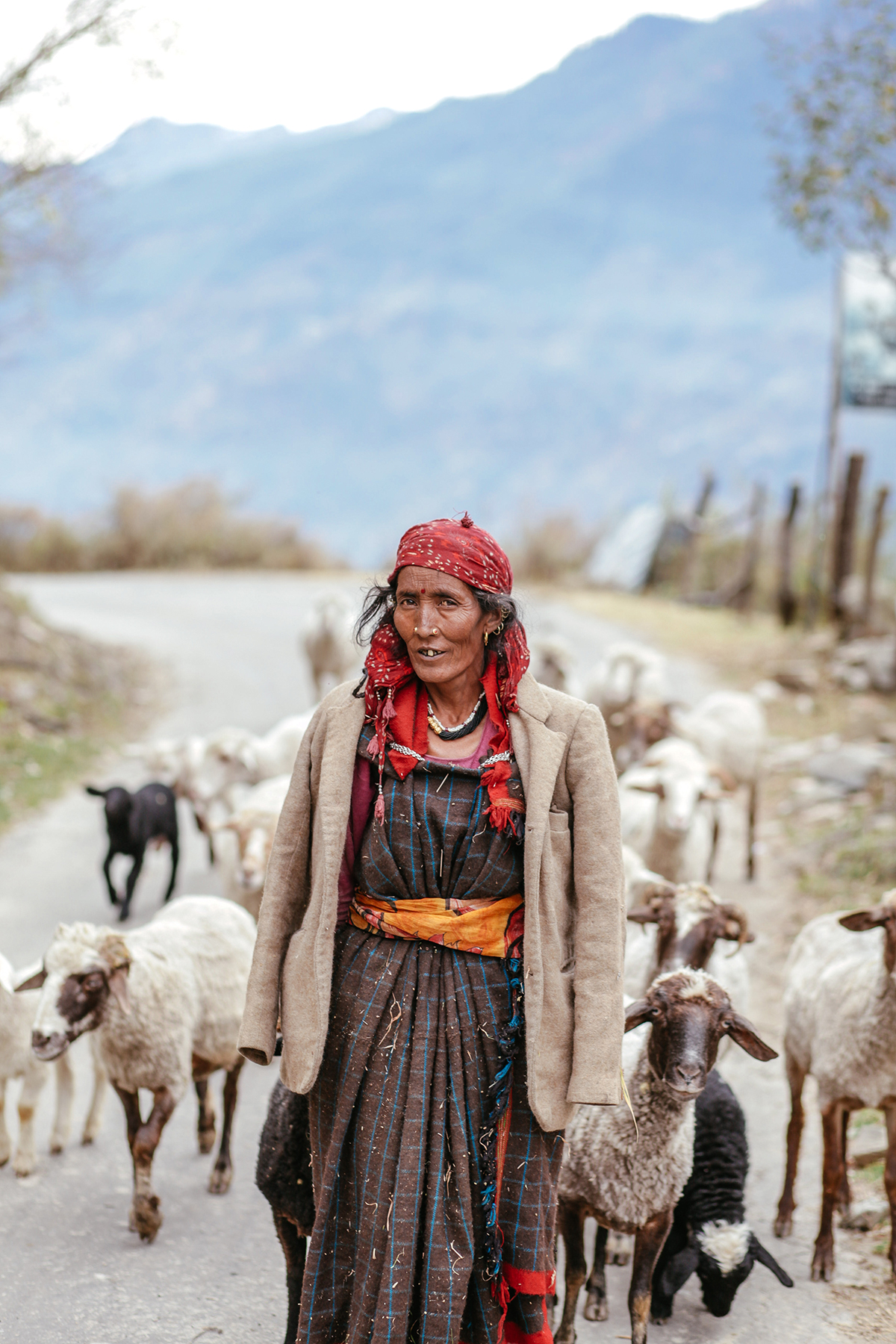
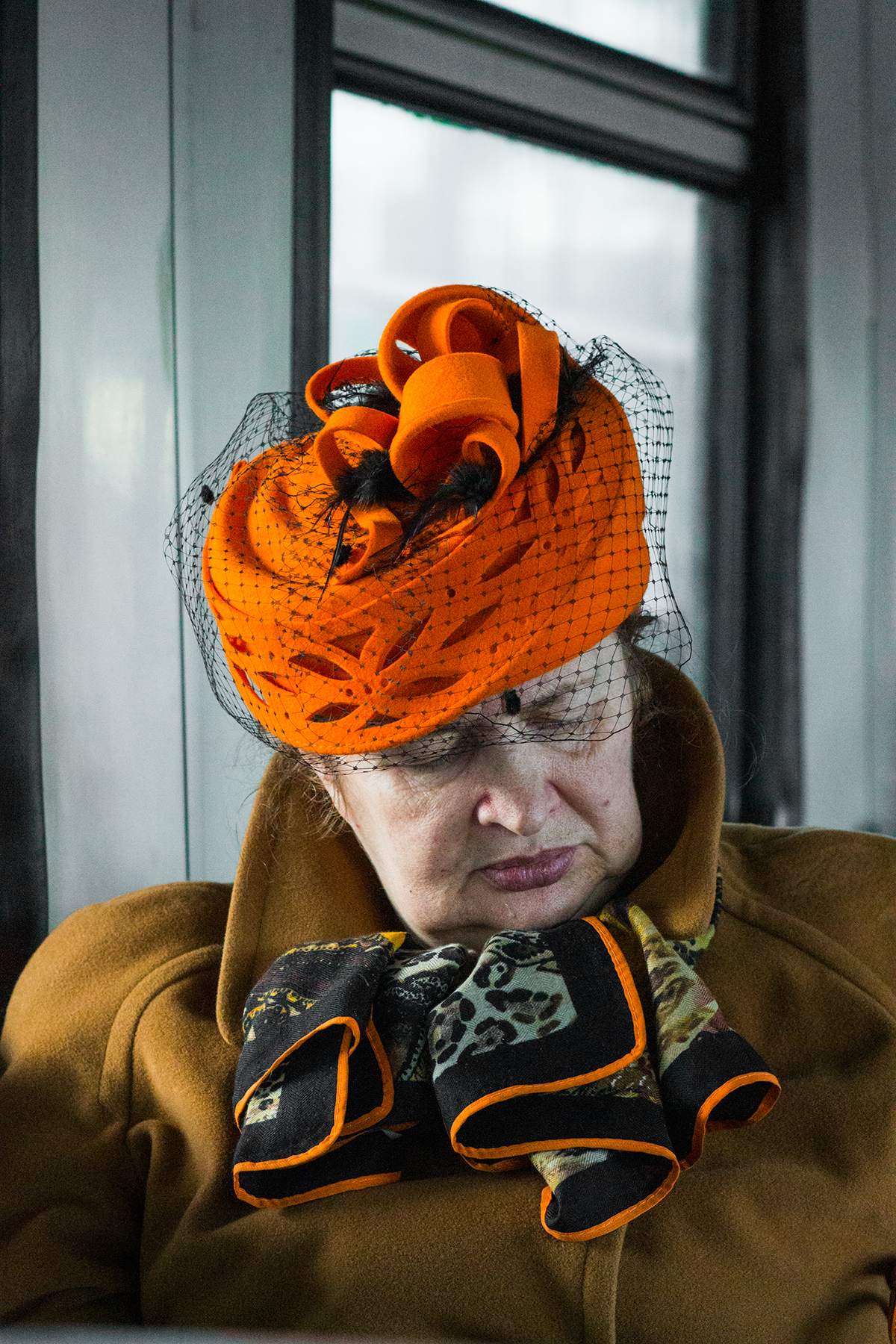

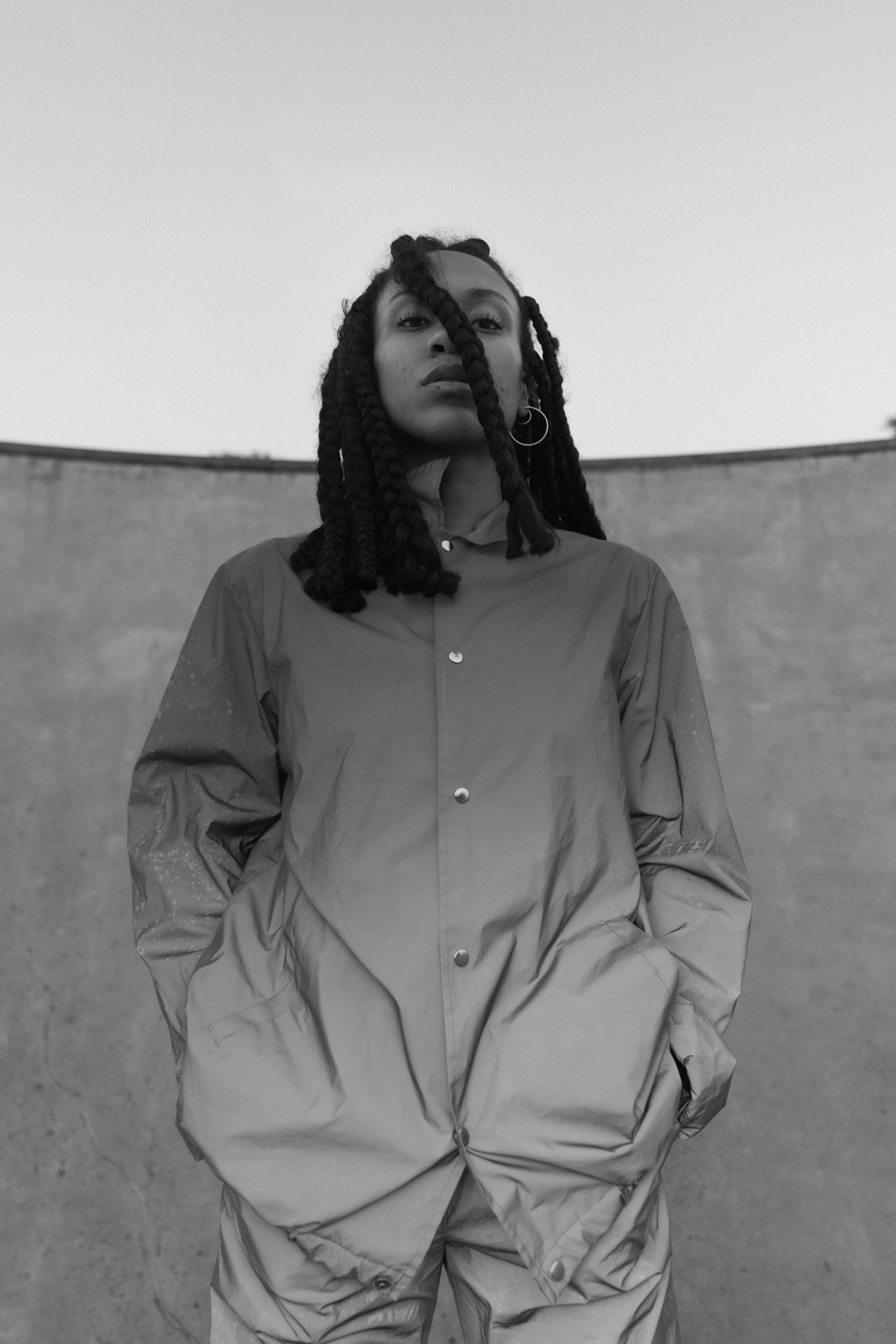


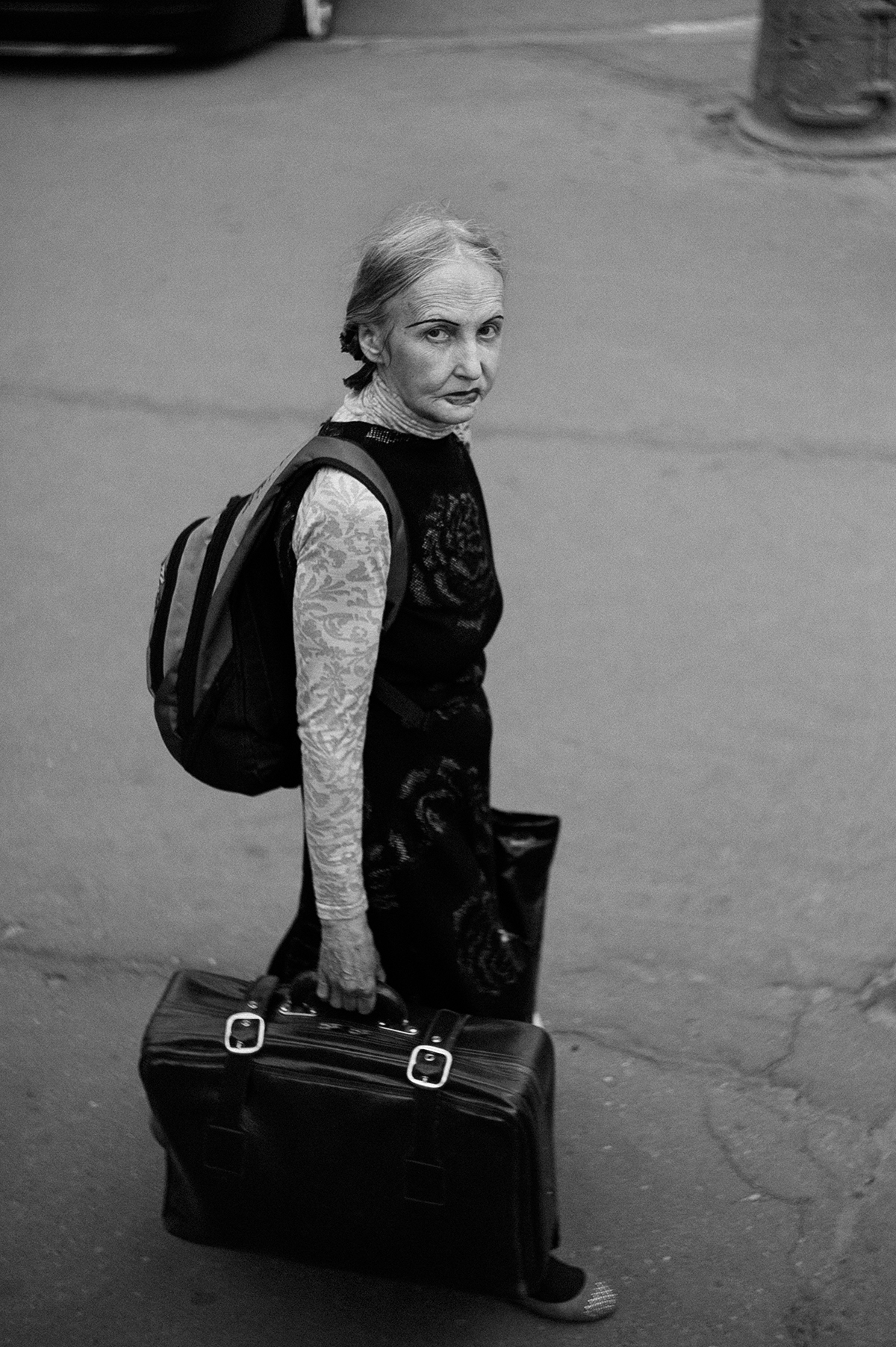

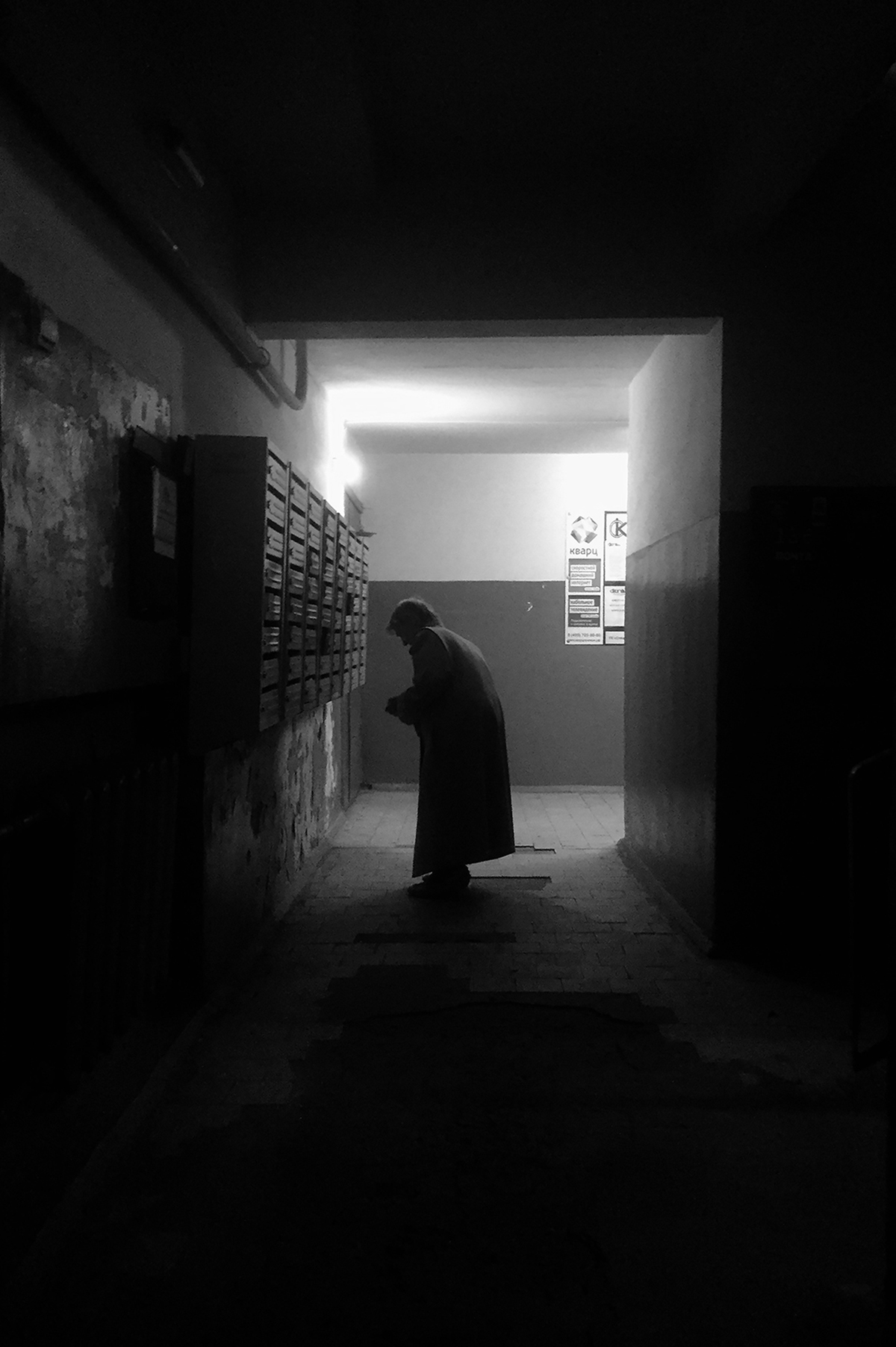
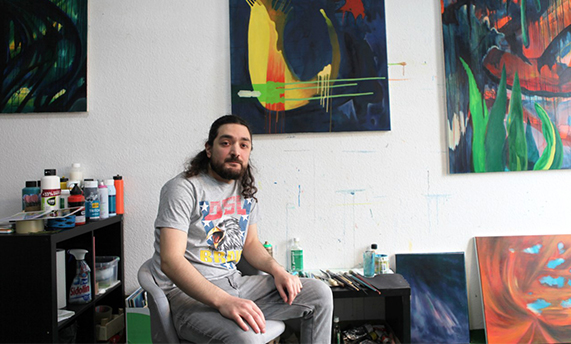
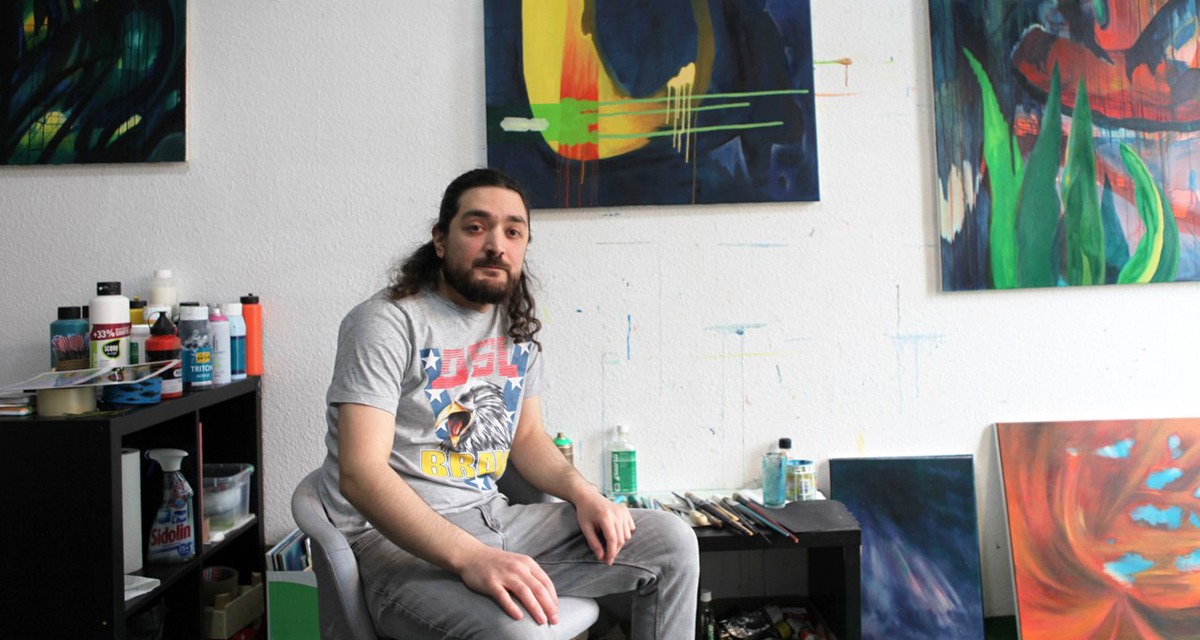
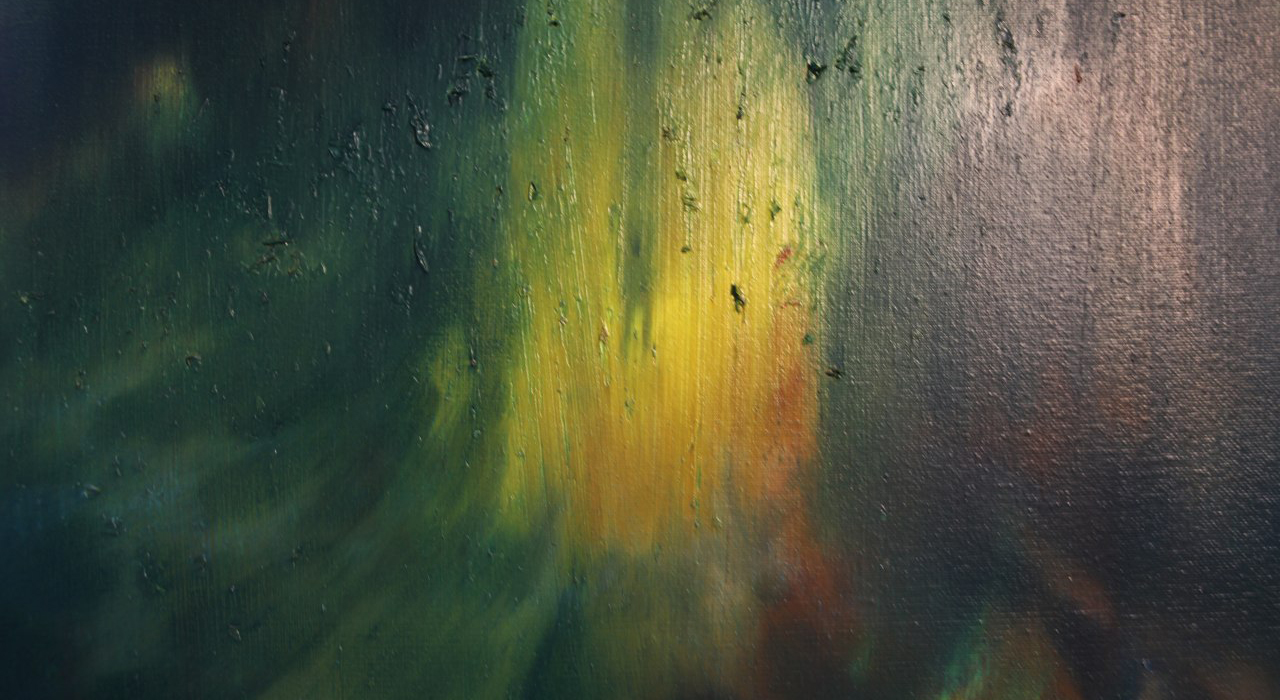
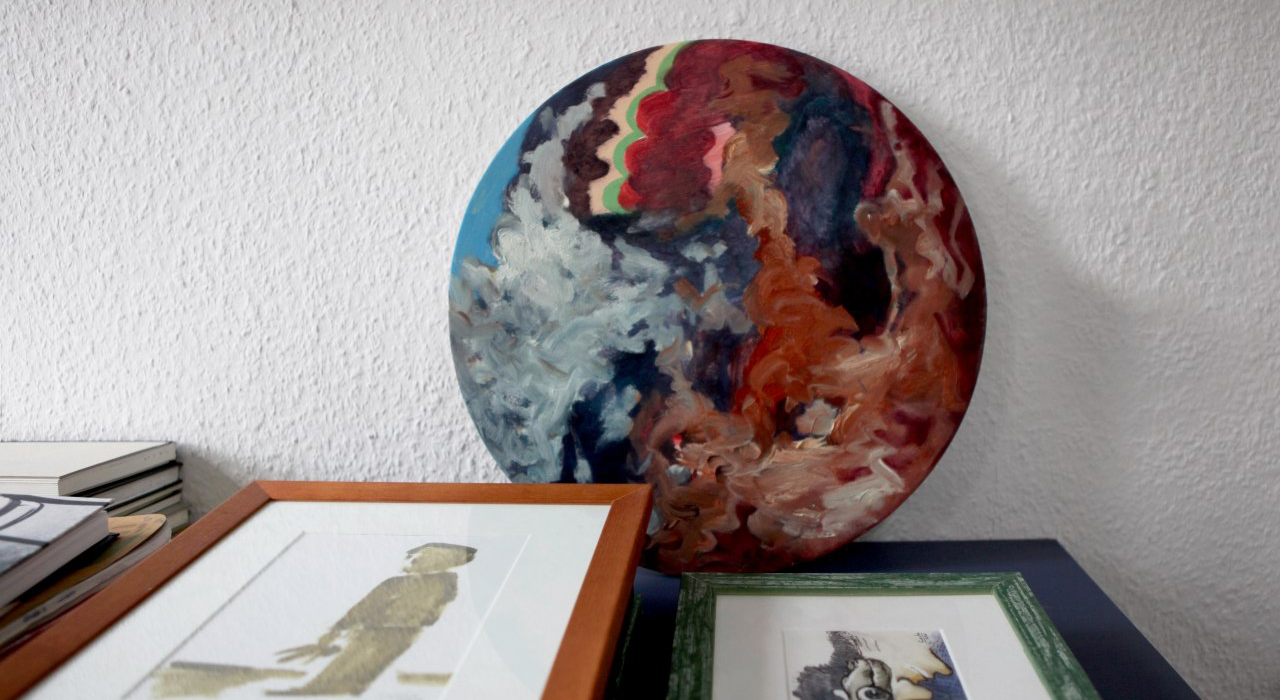
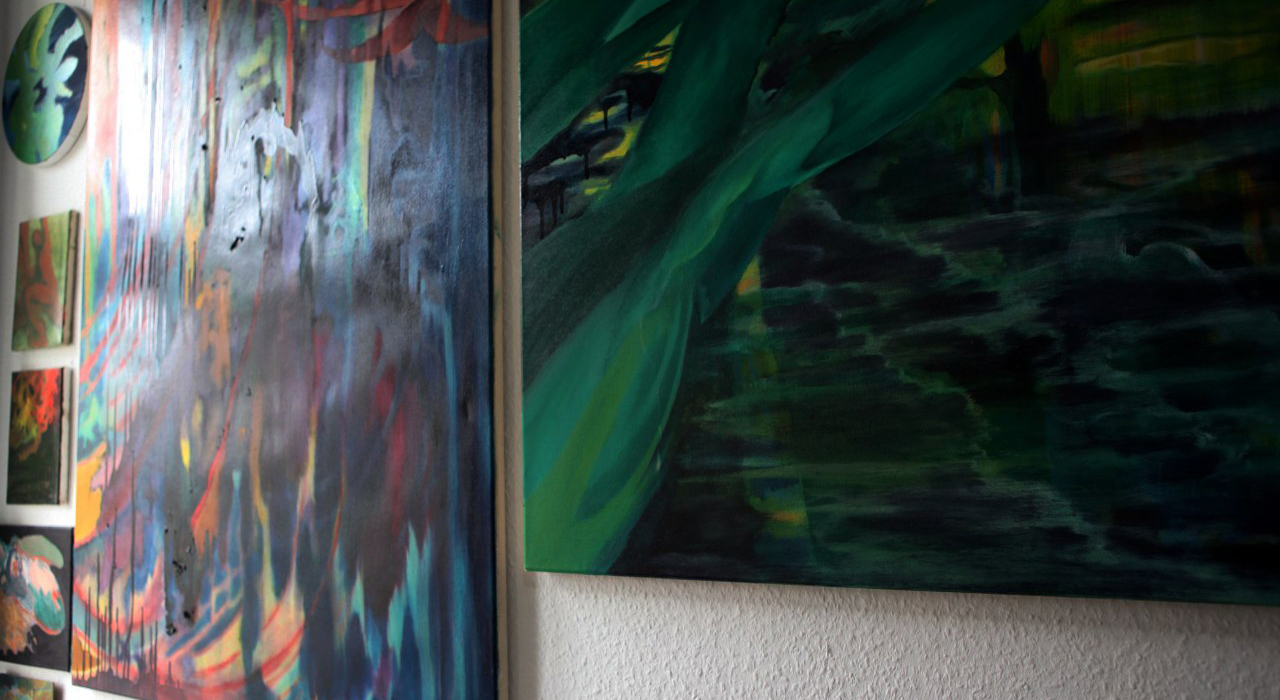
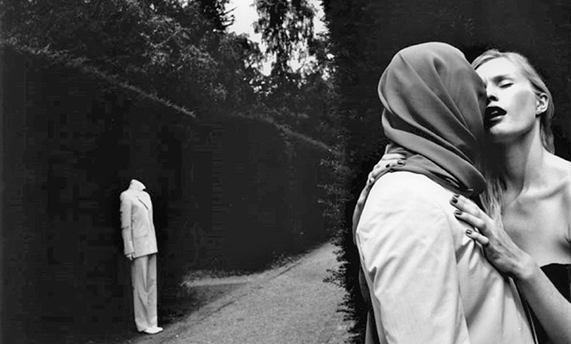
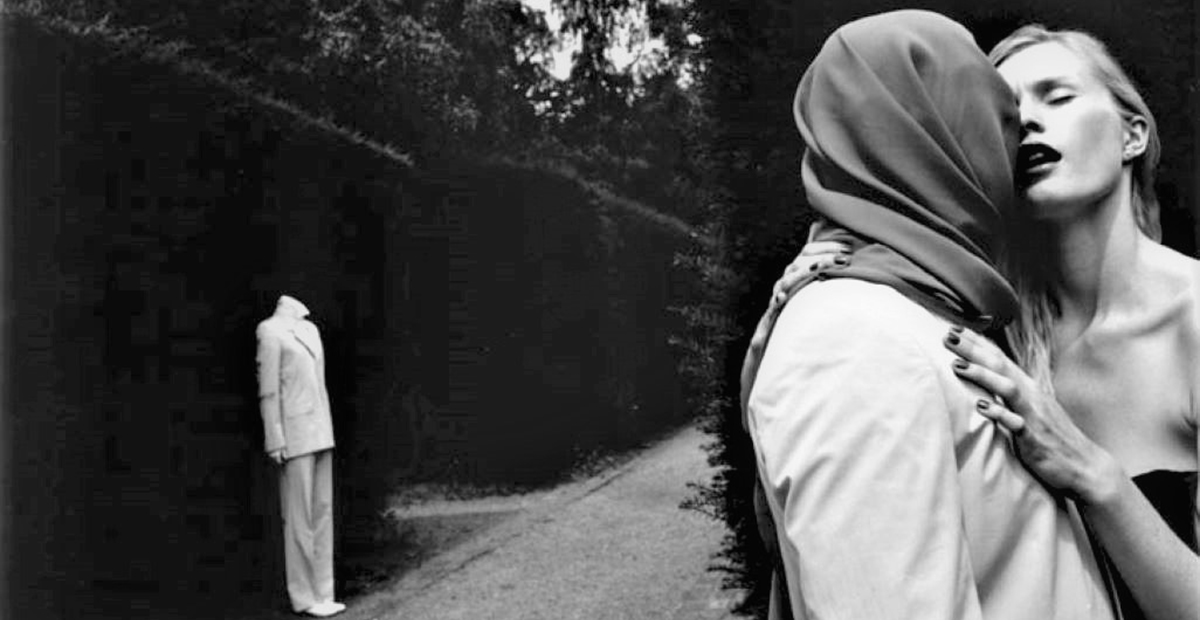
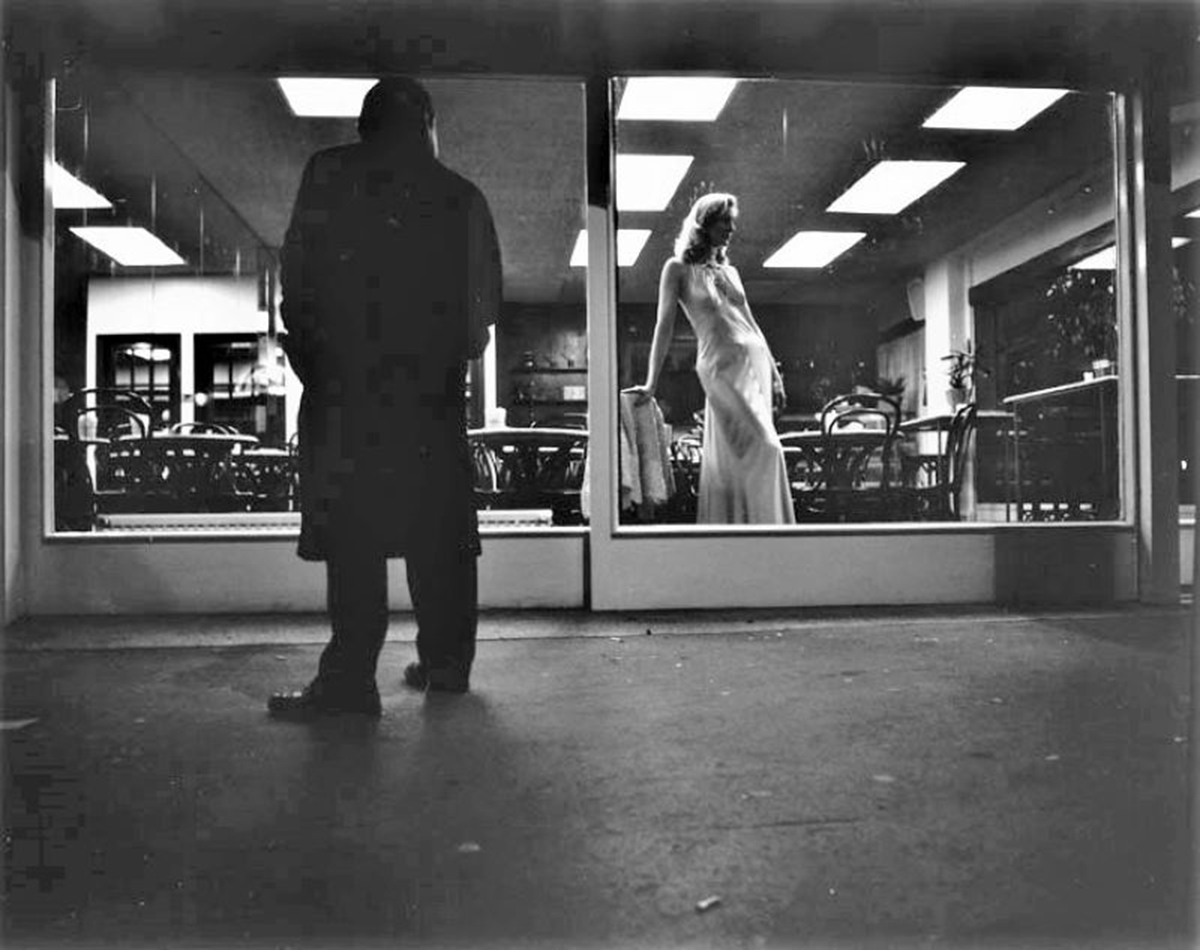
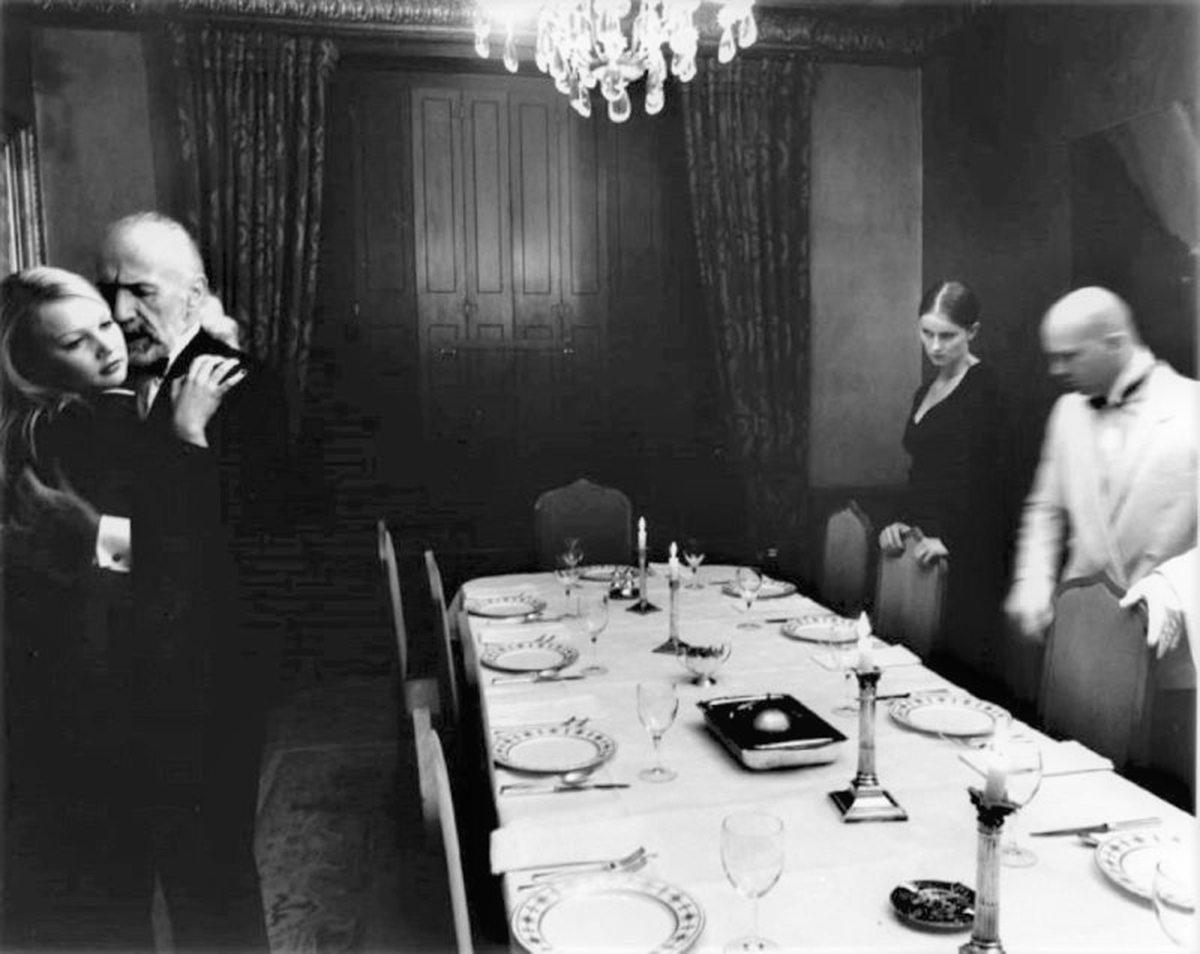
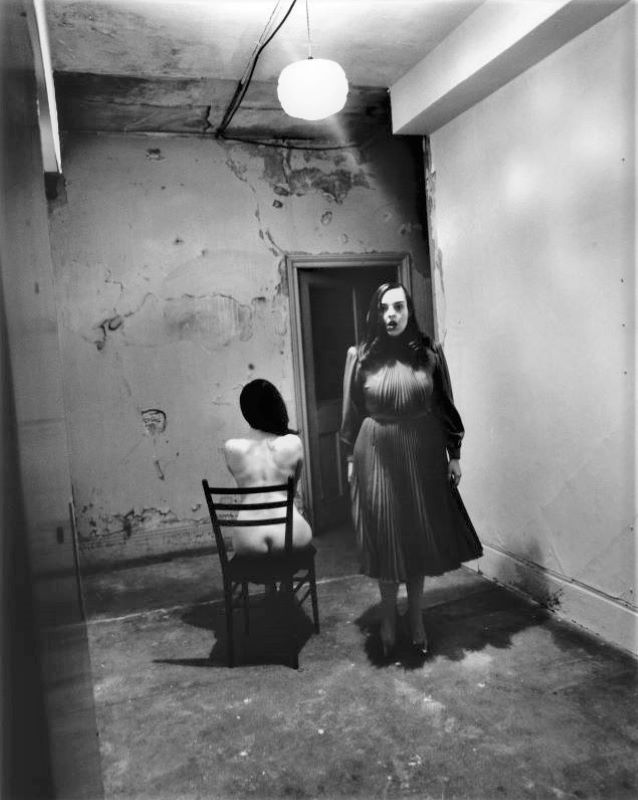
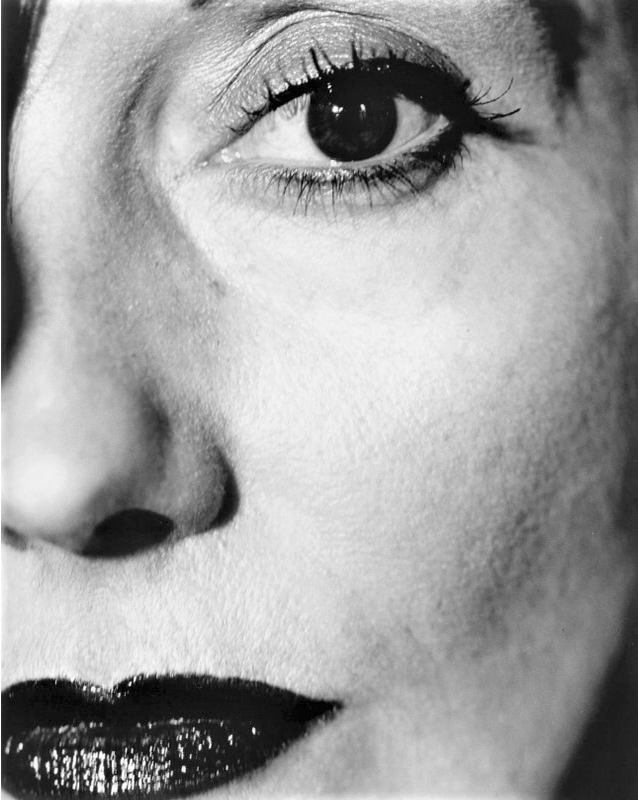
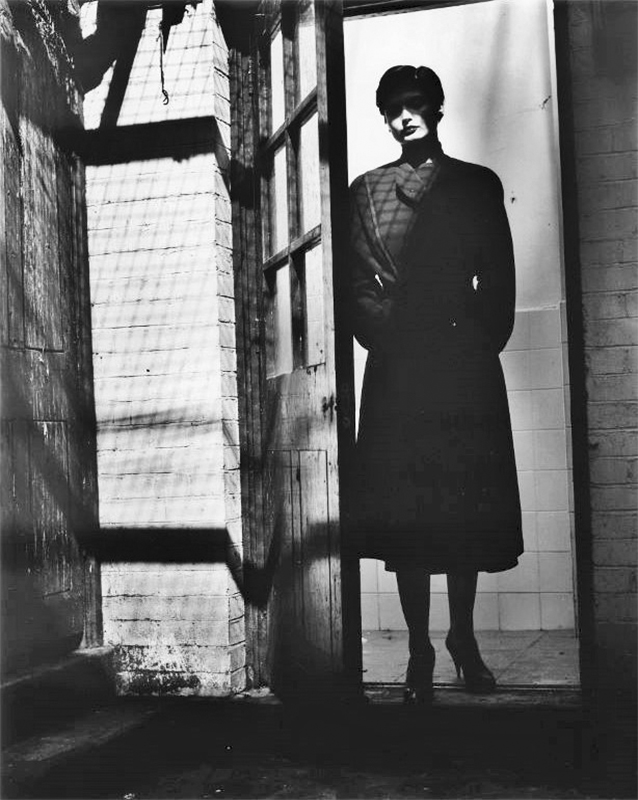
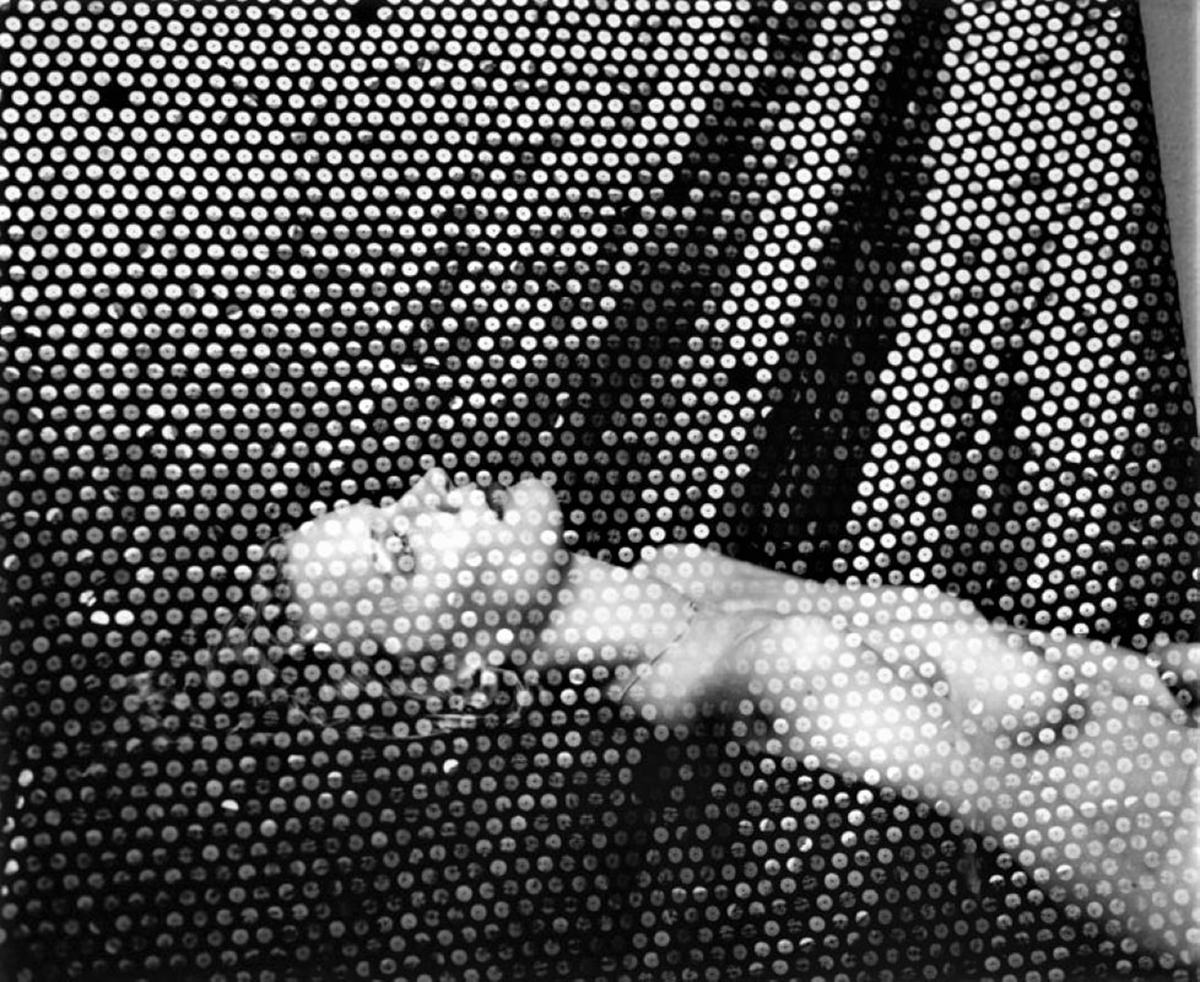
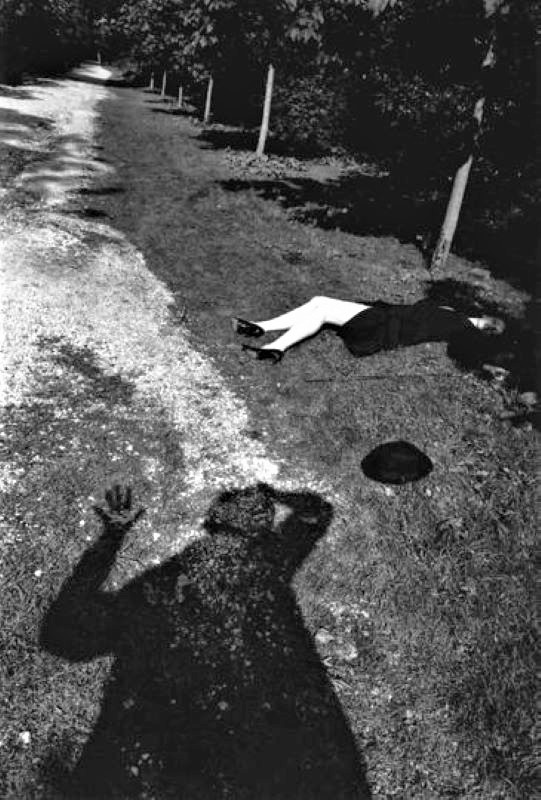
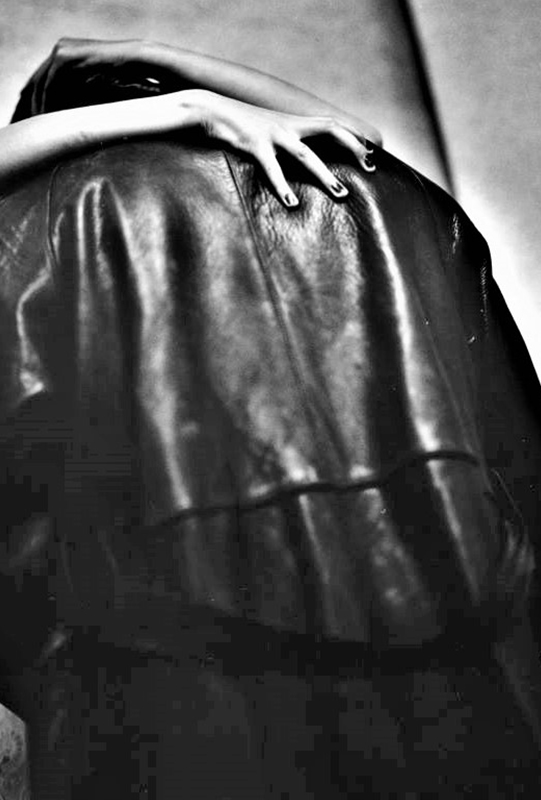
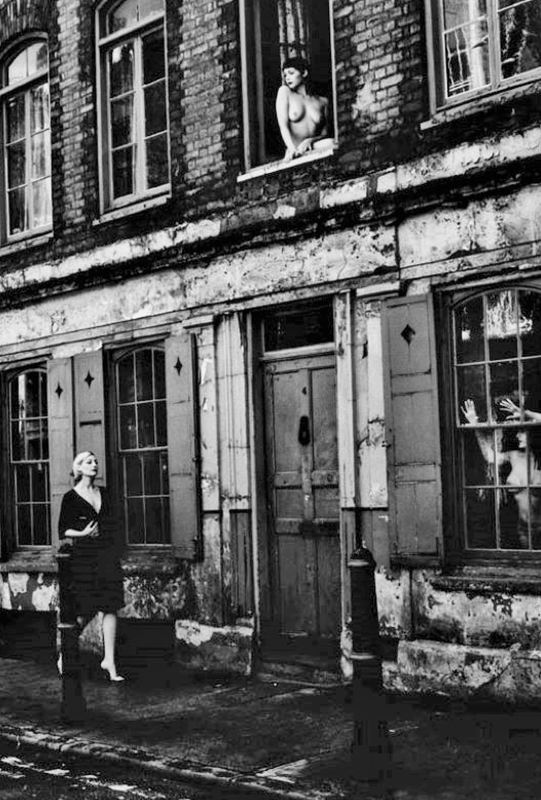
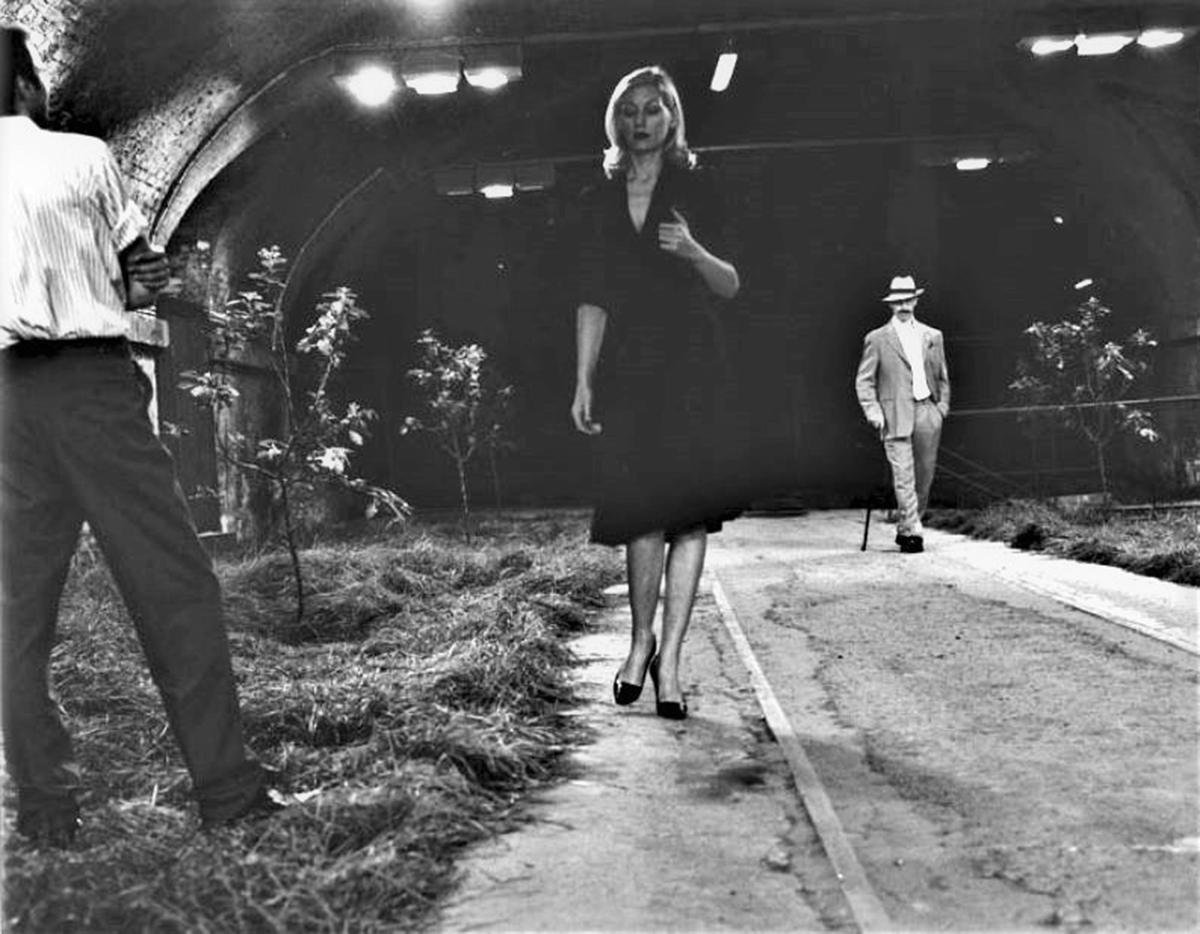

Neueste Kommentare